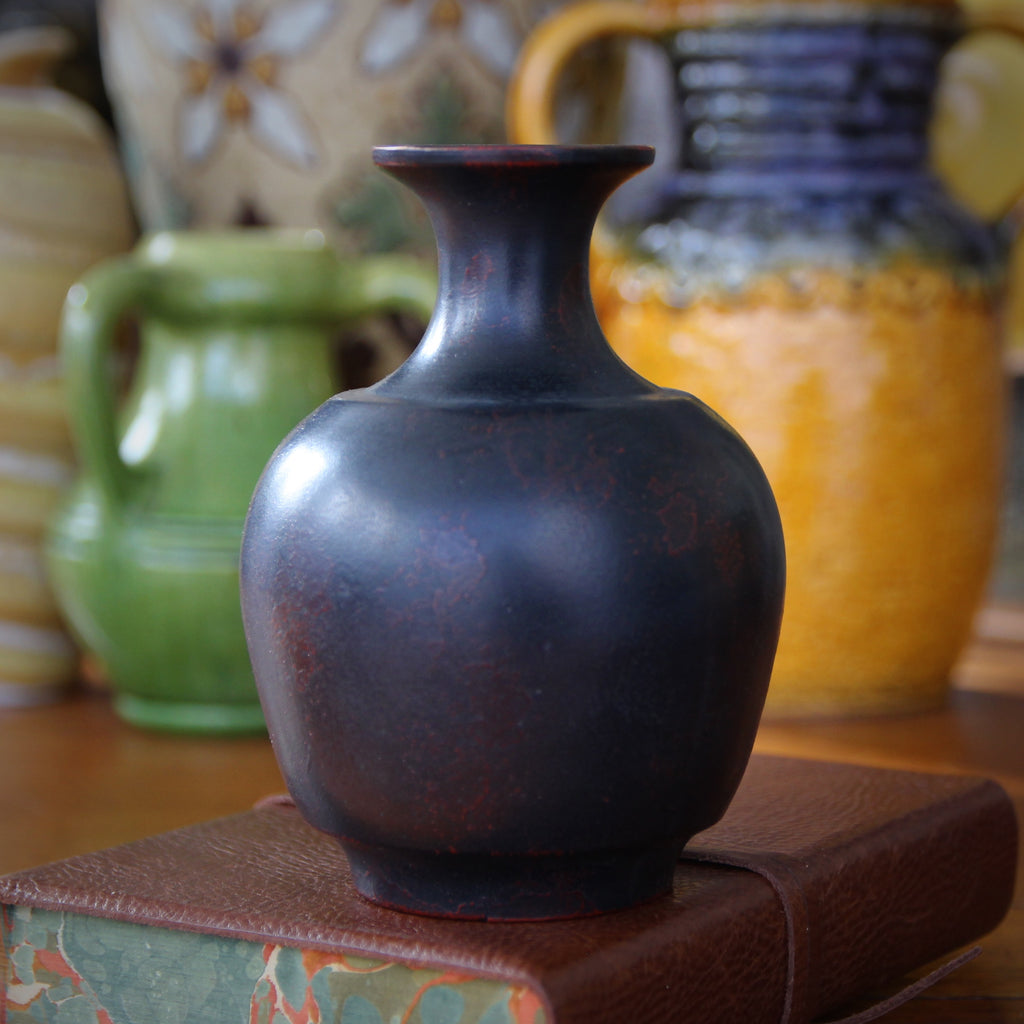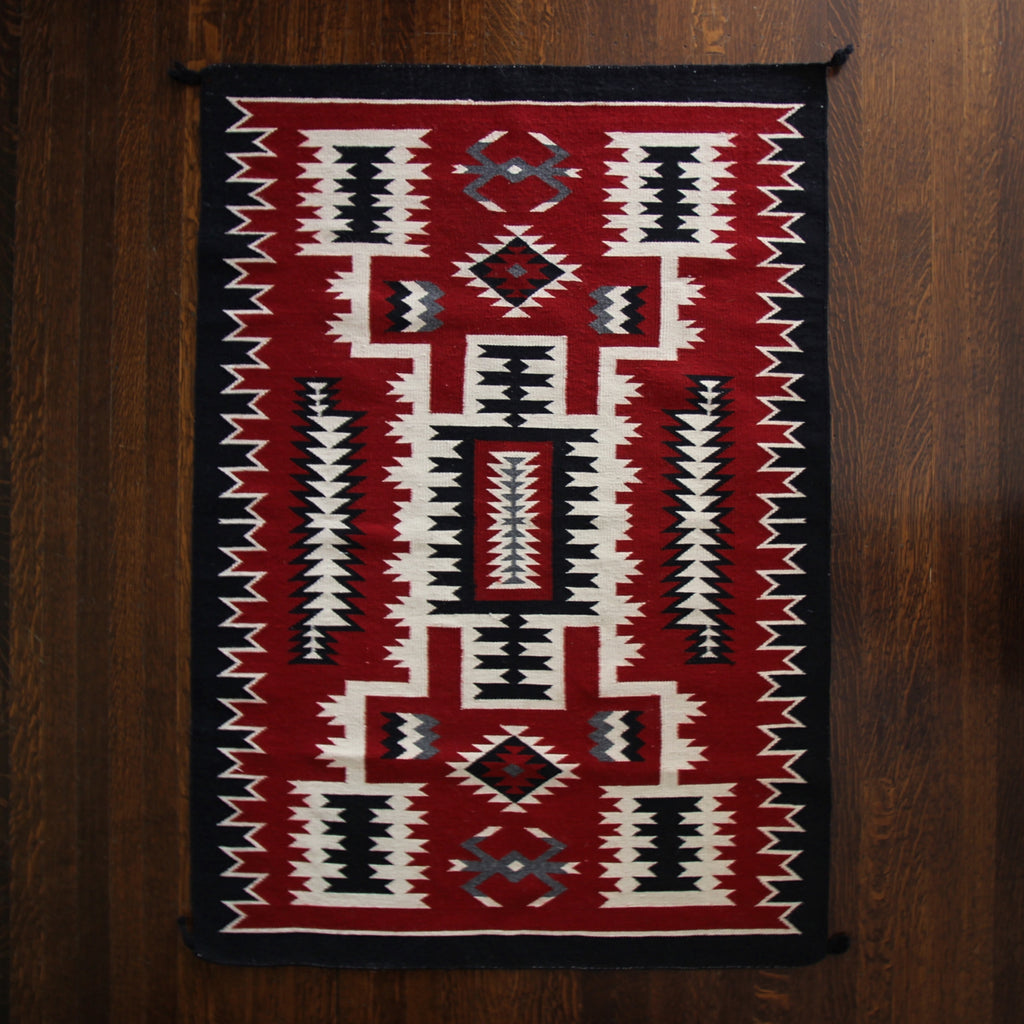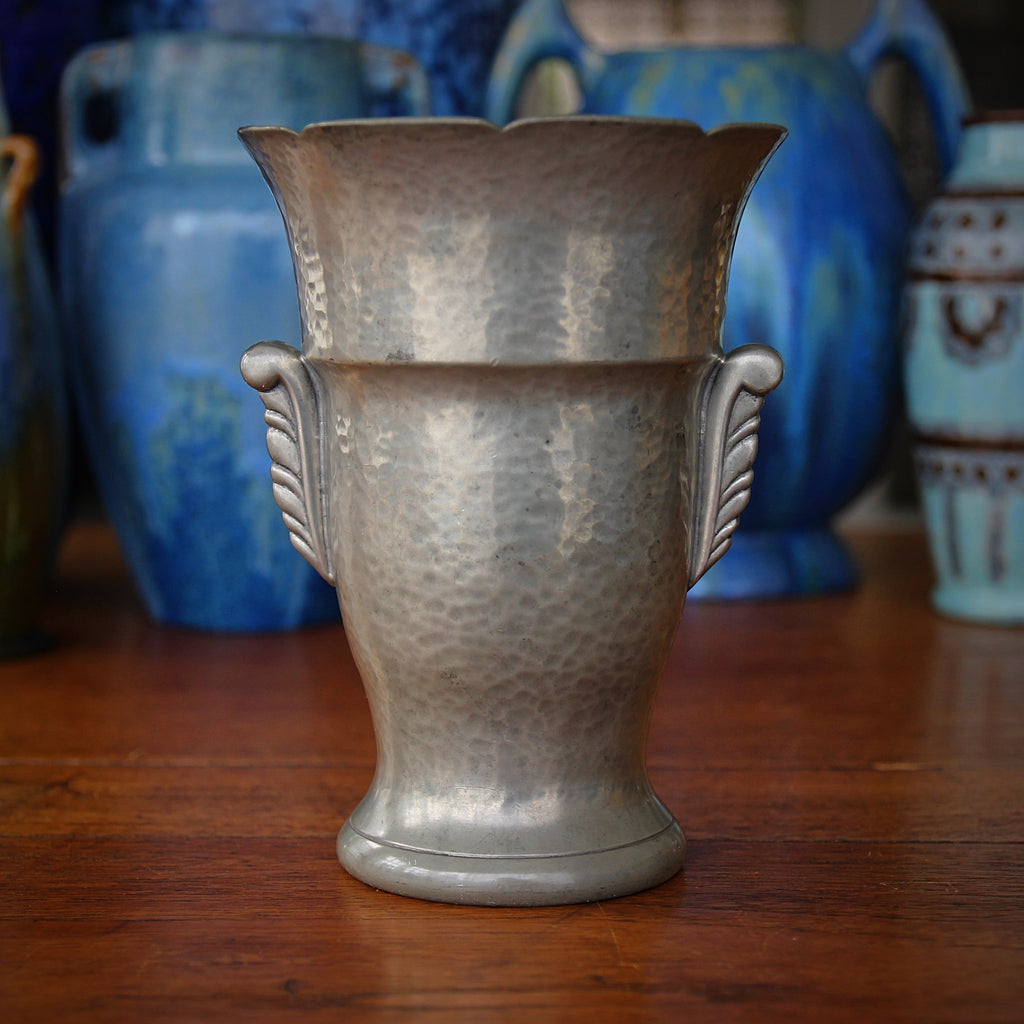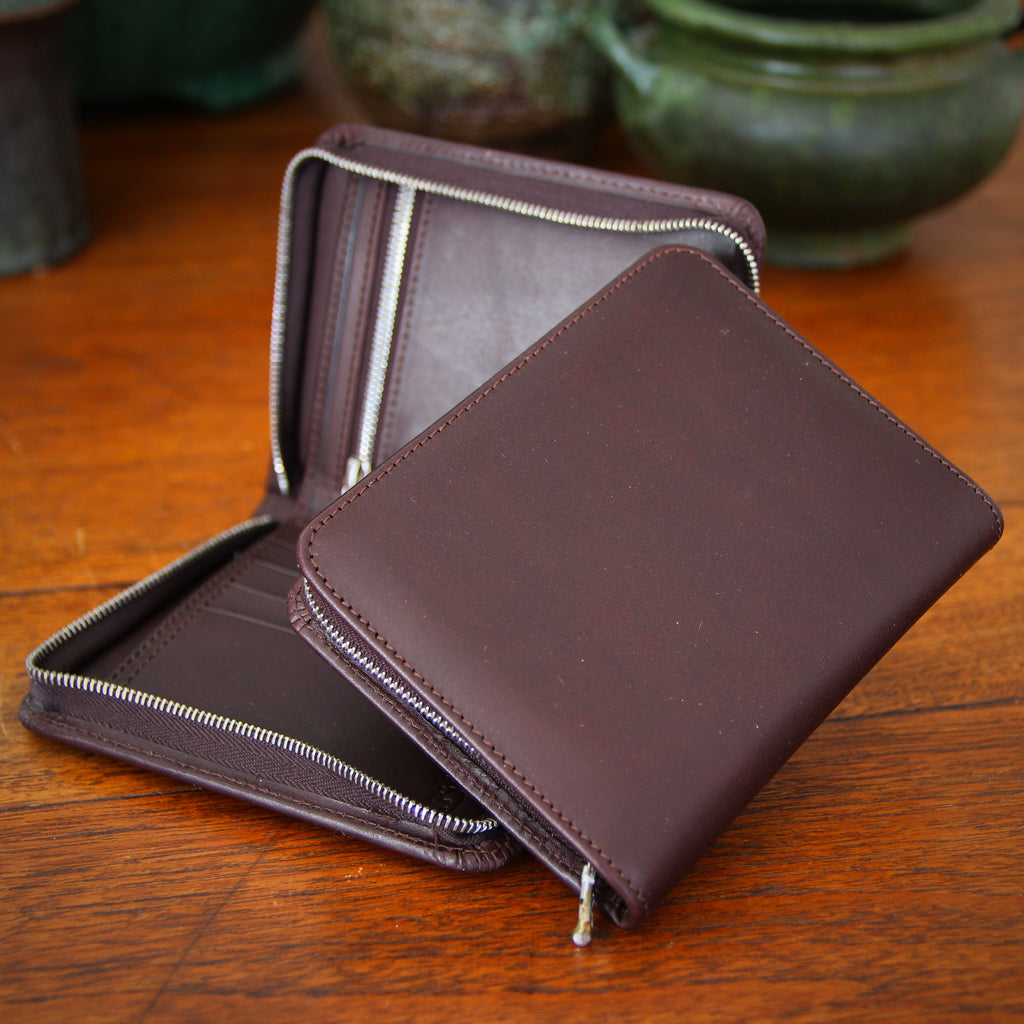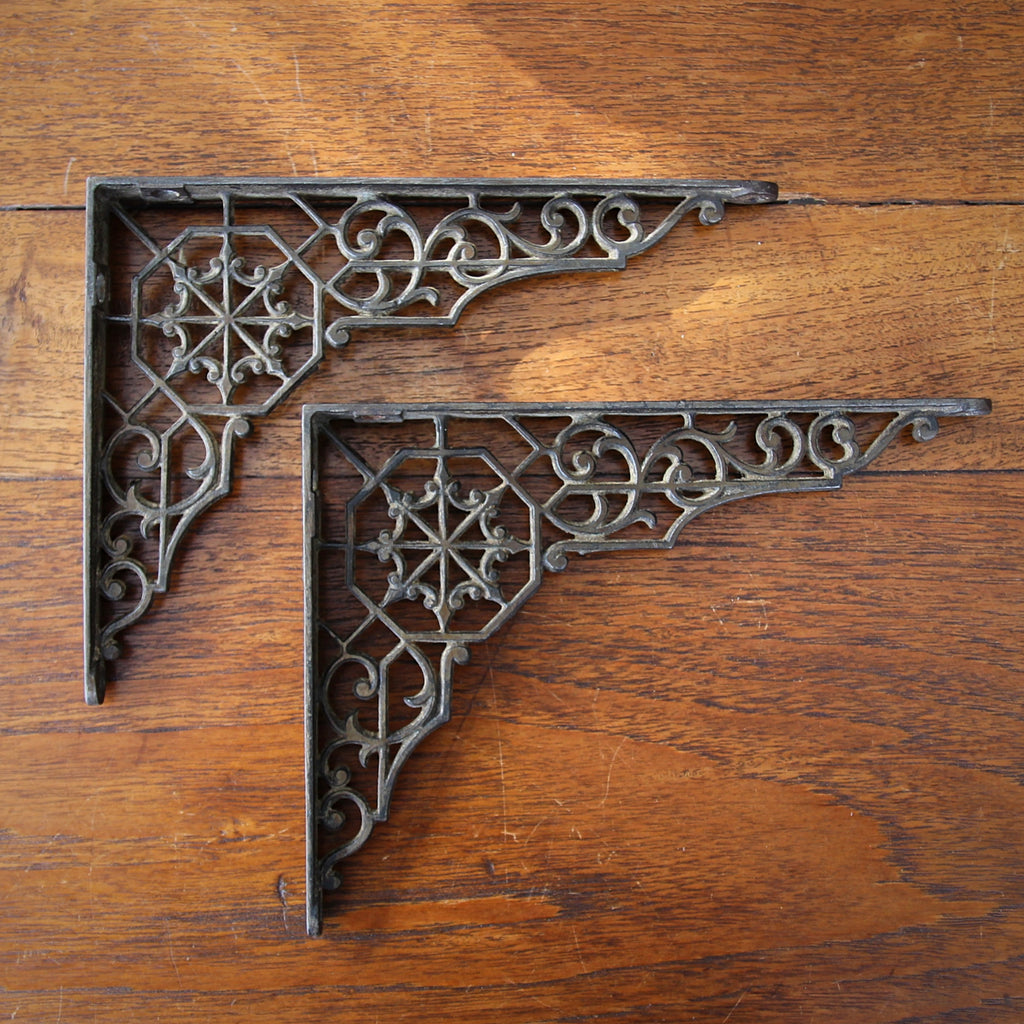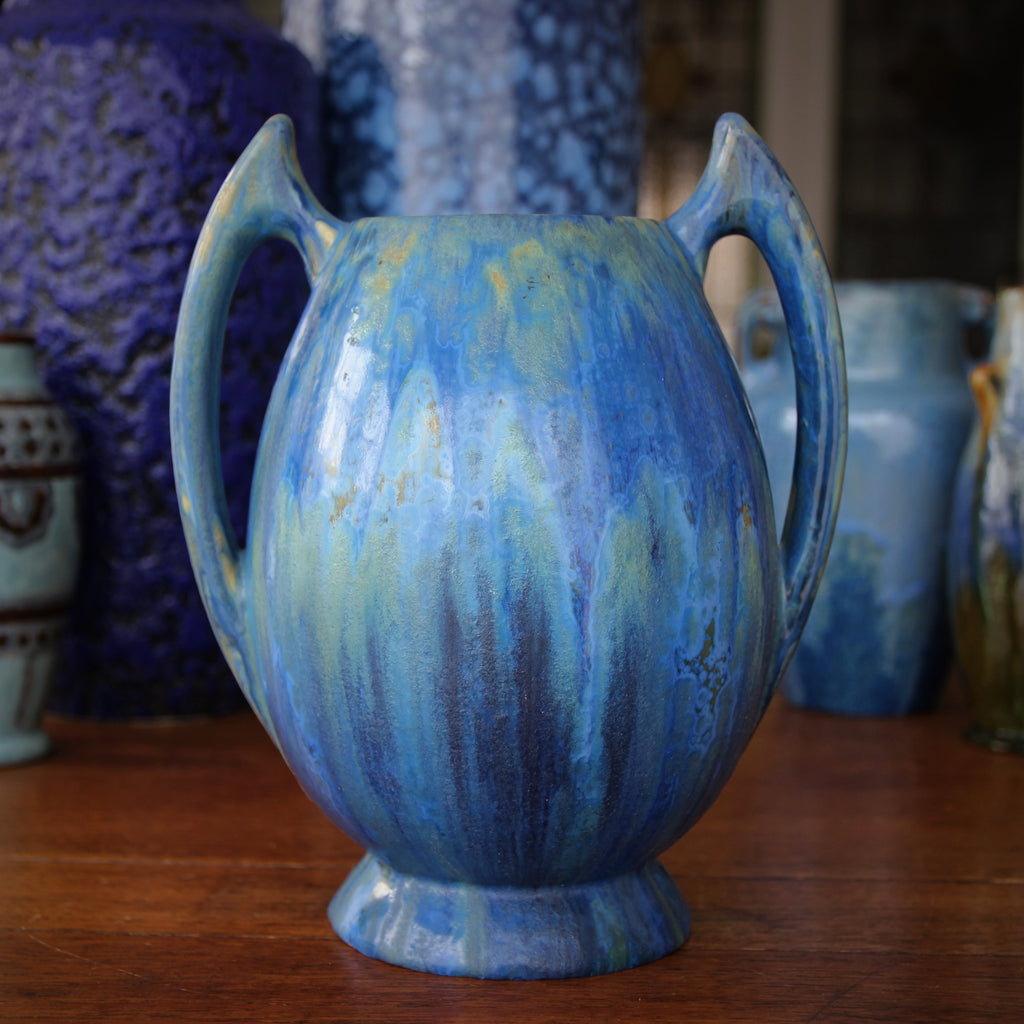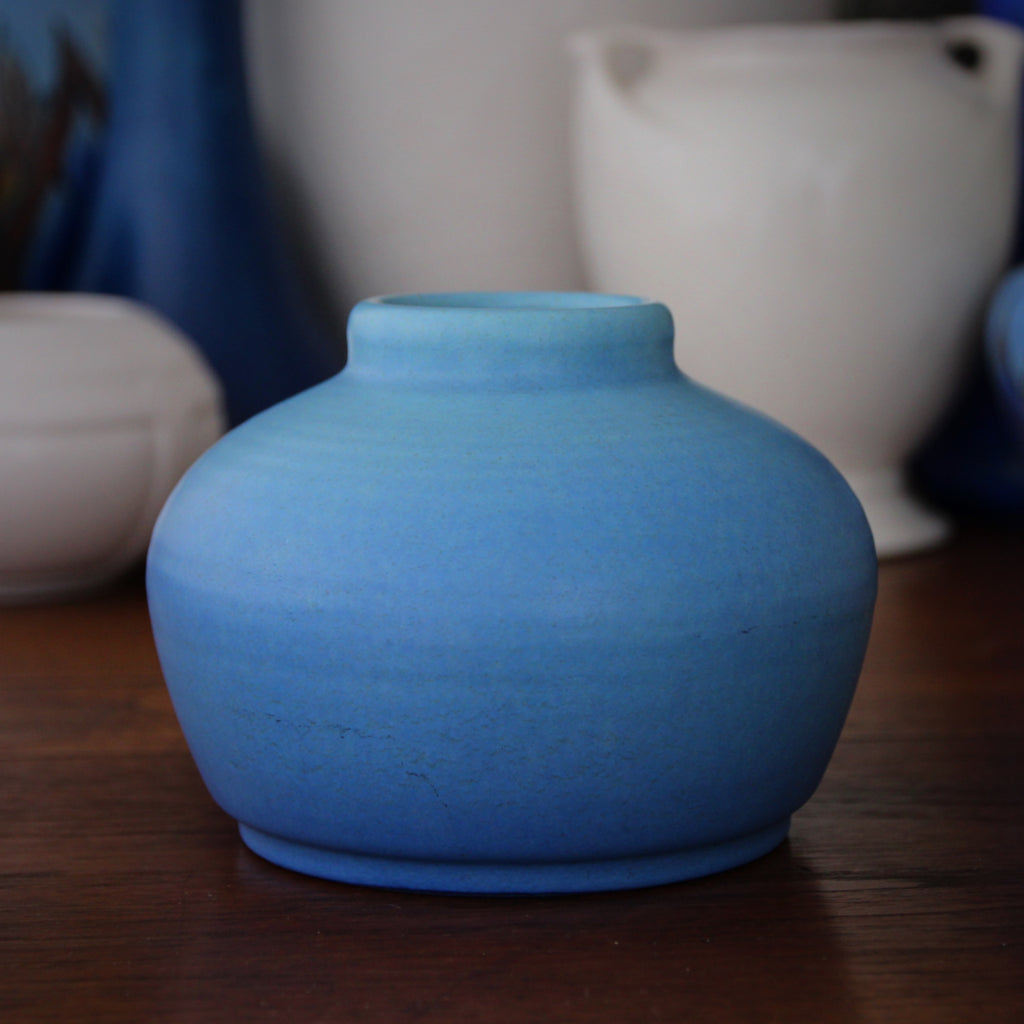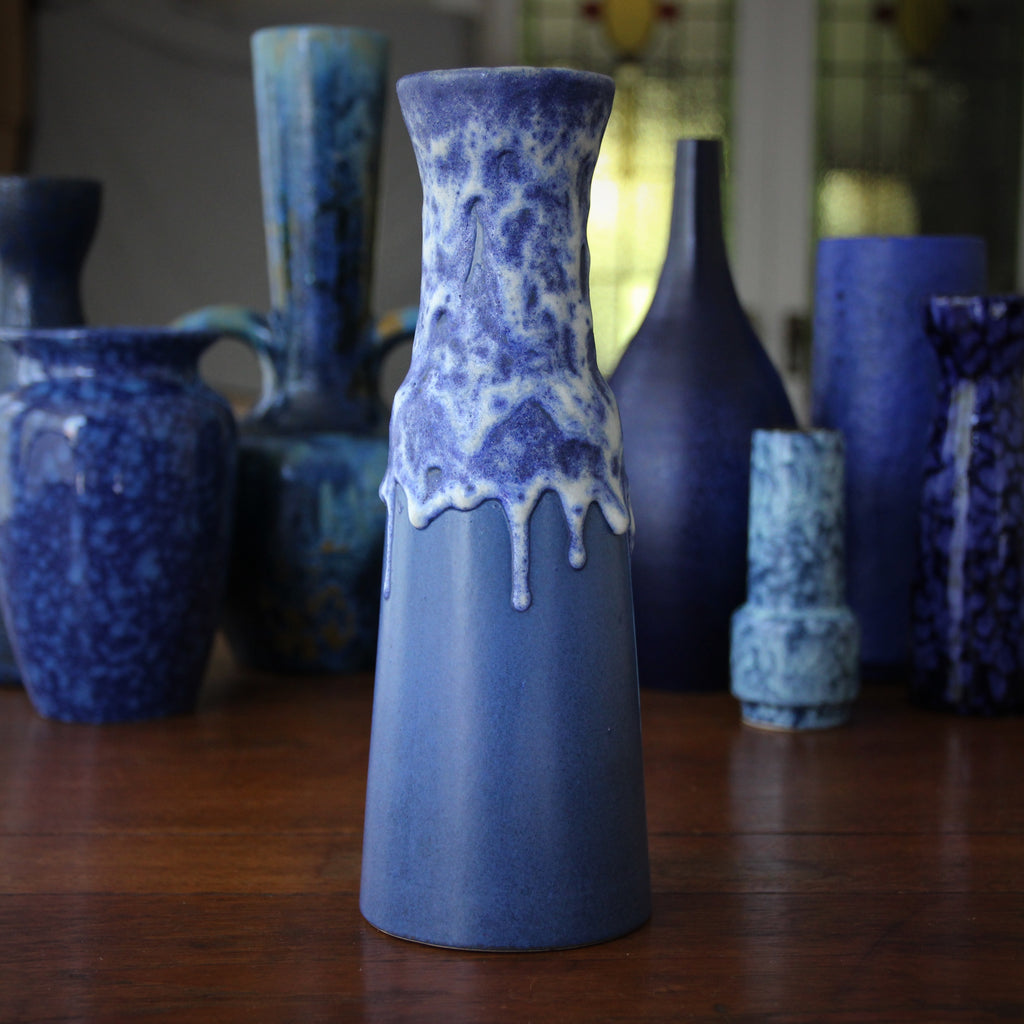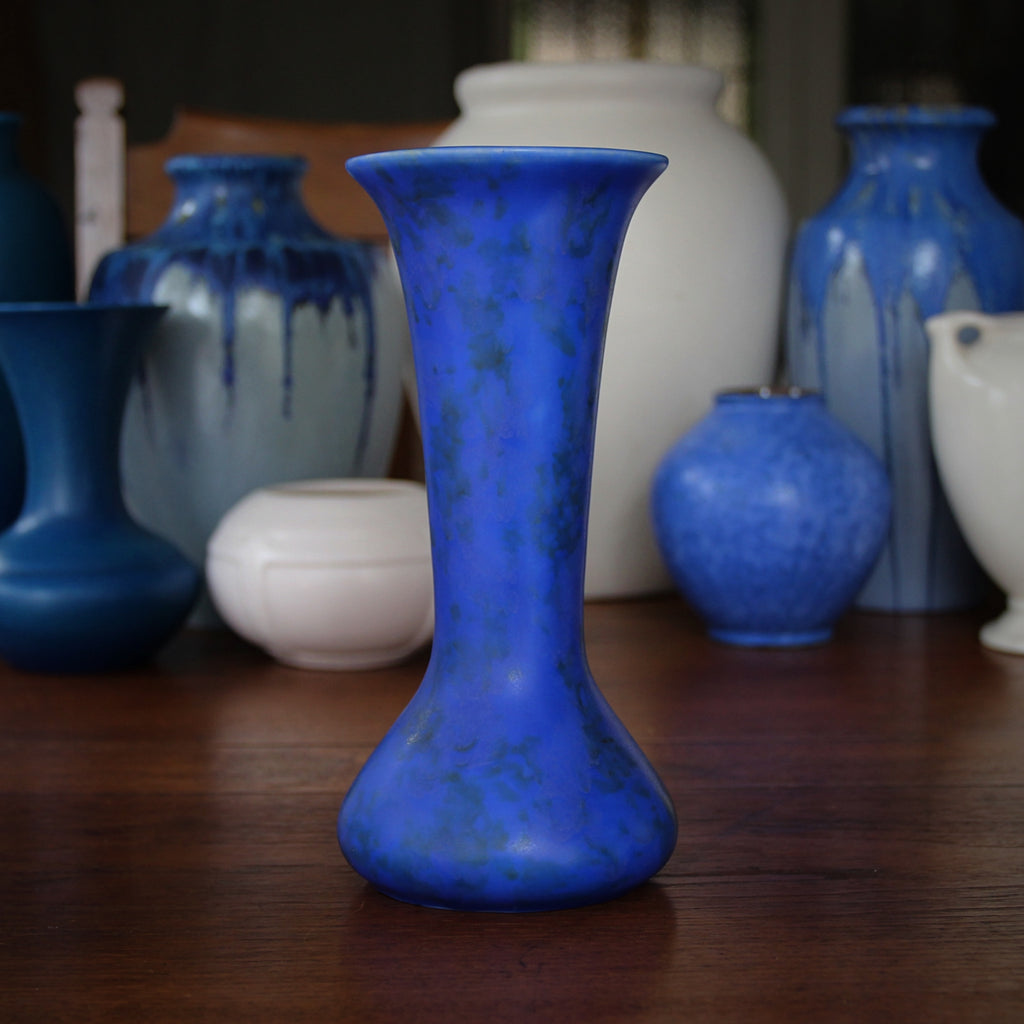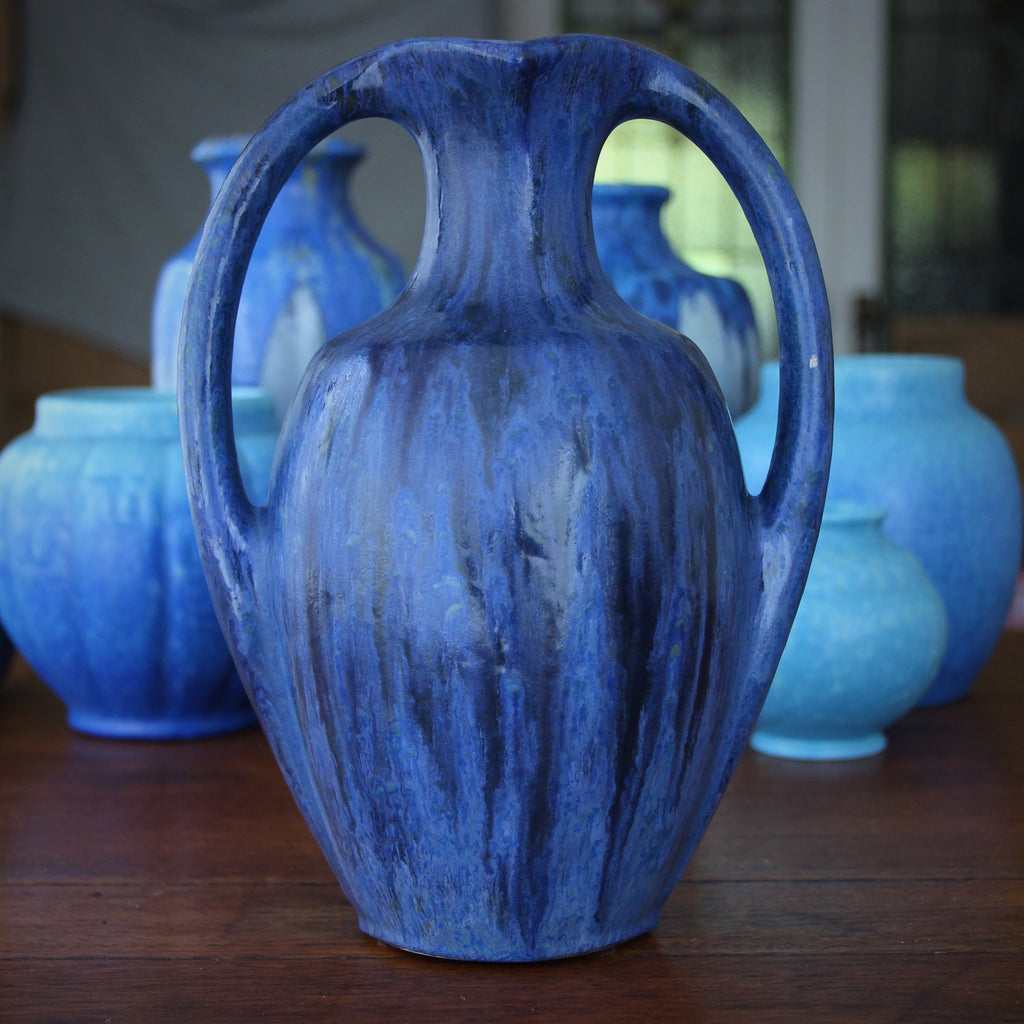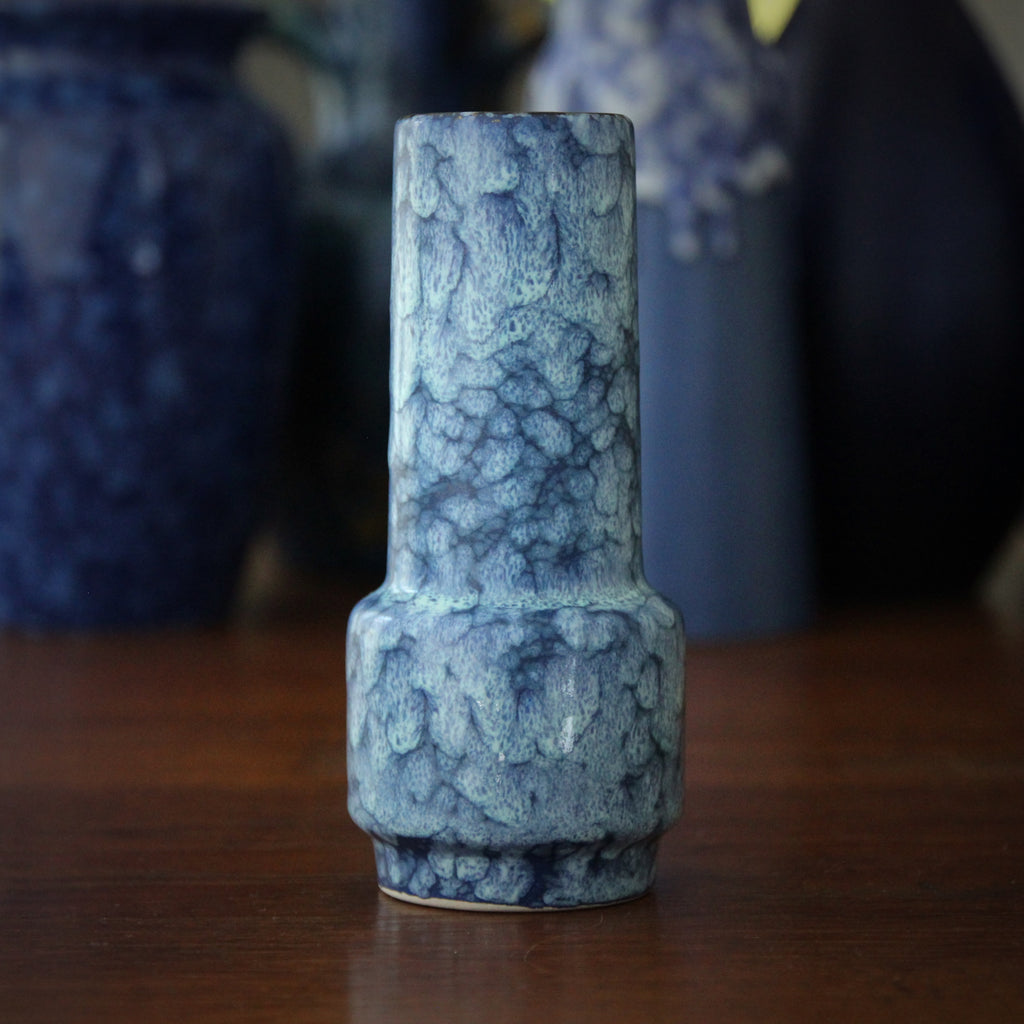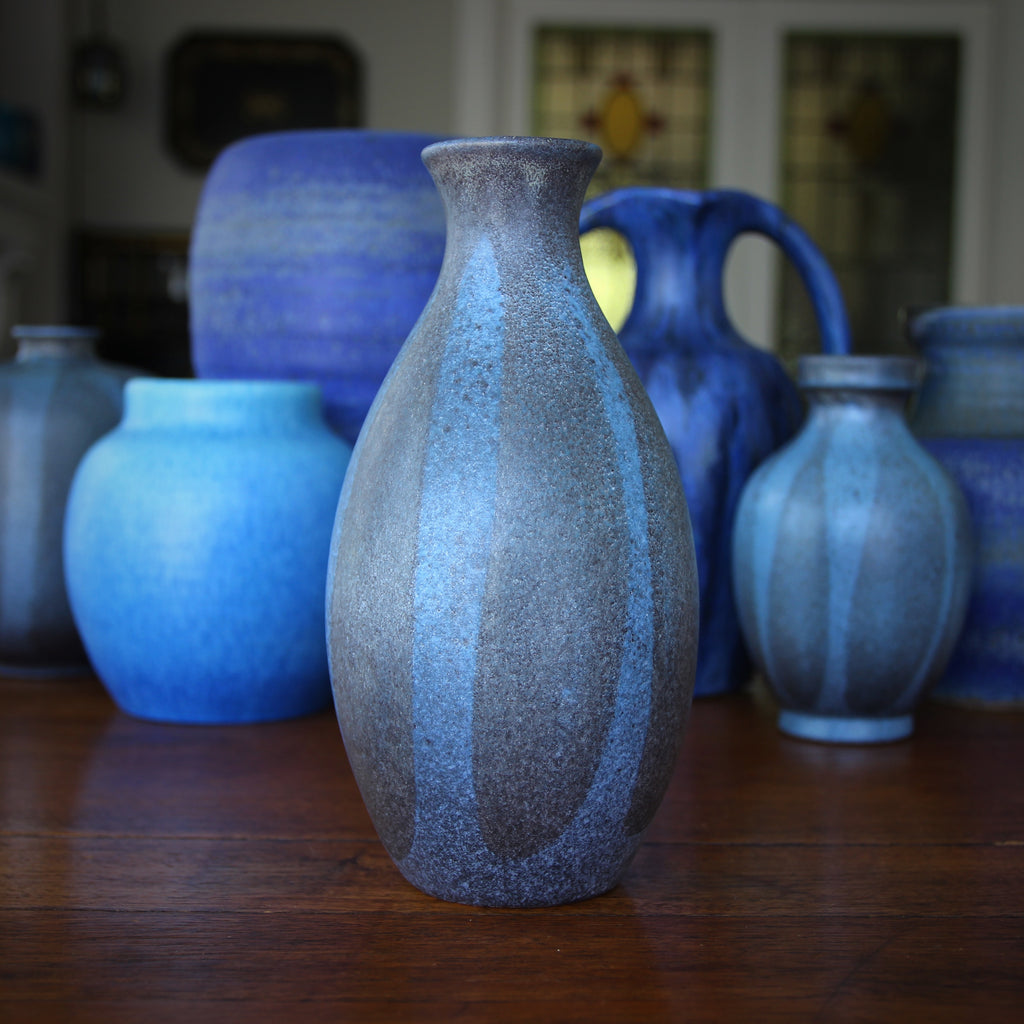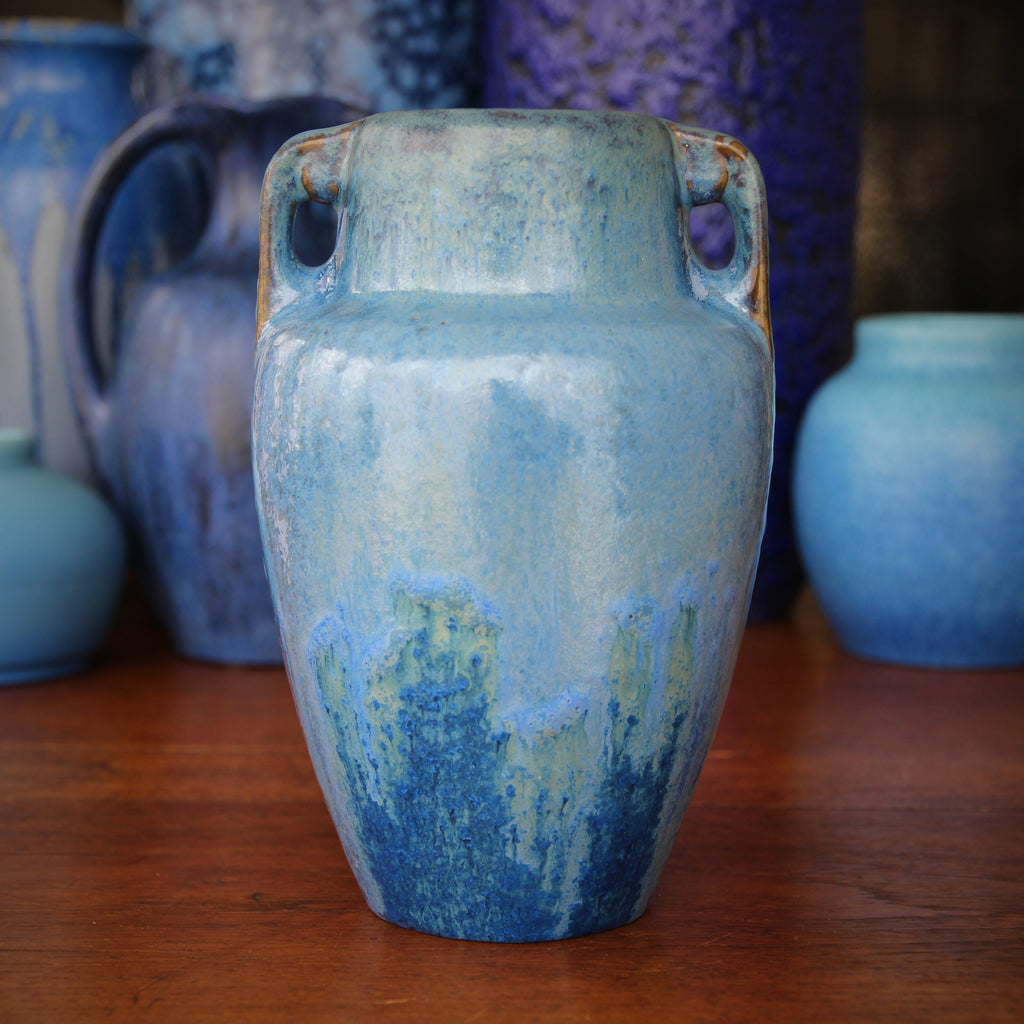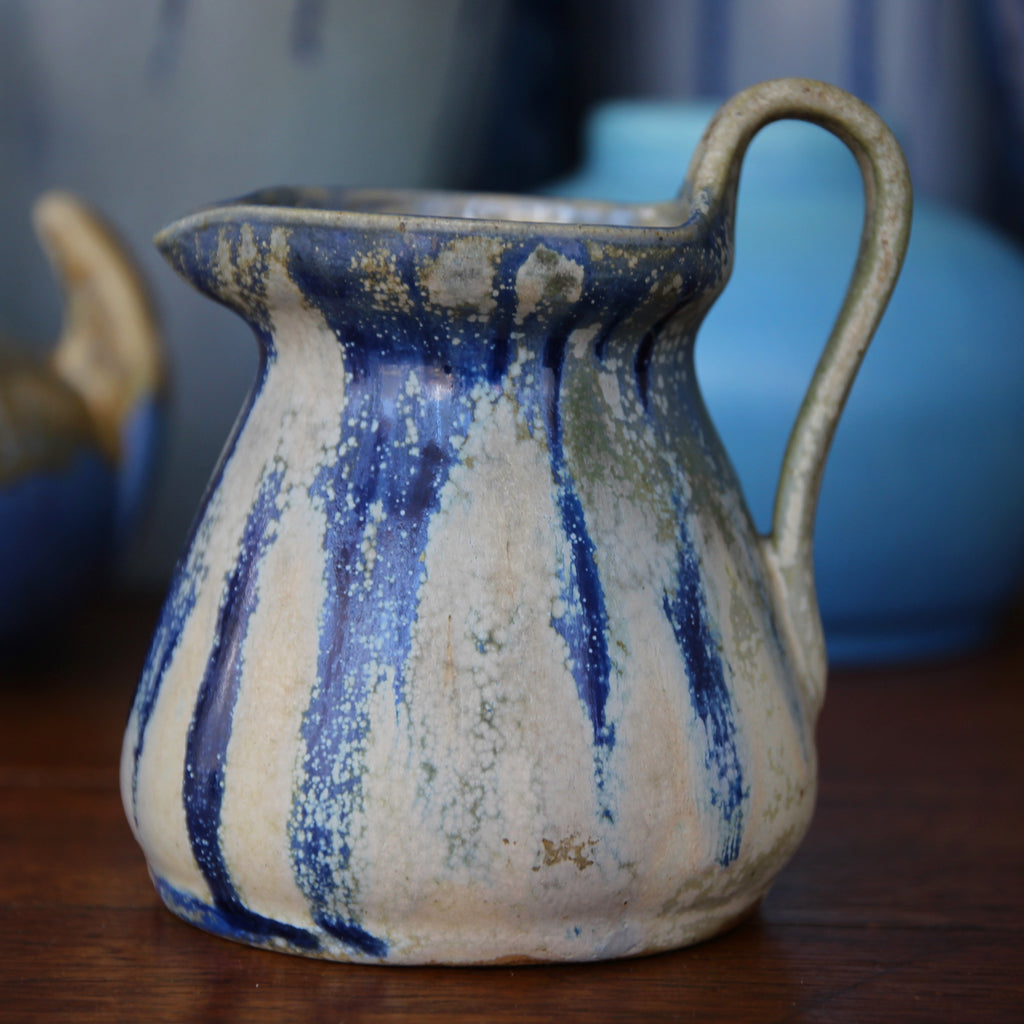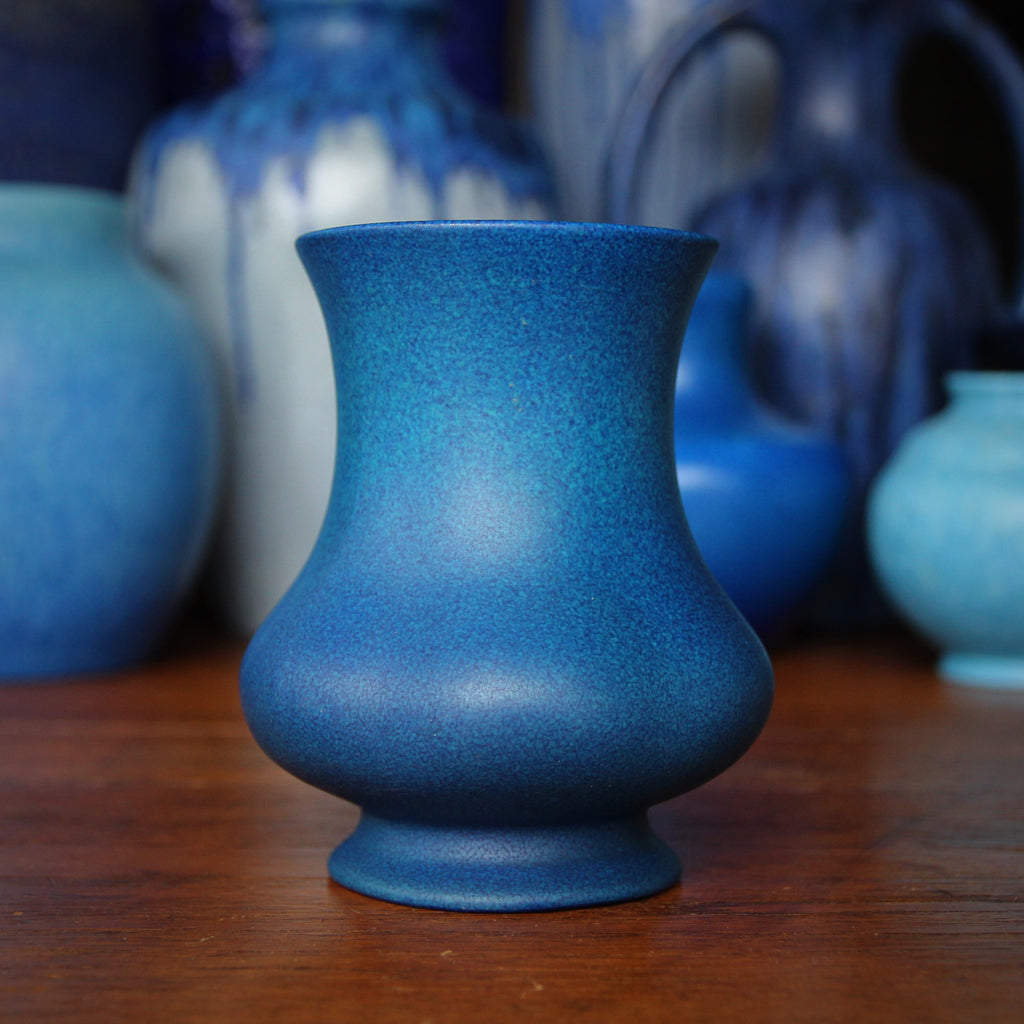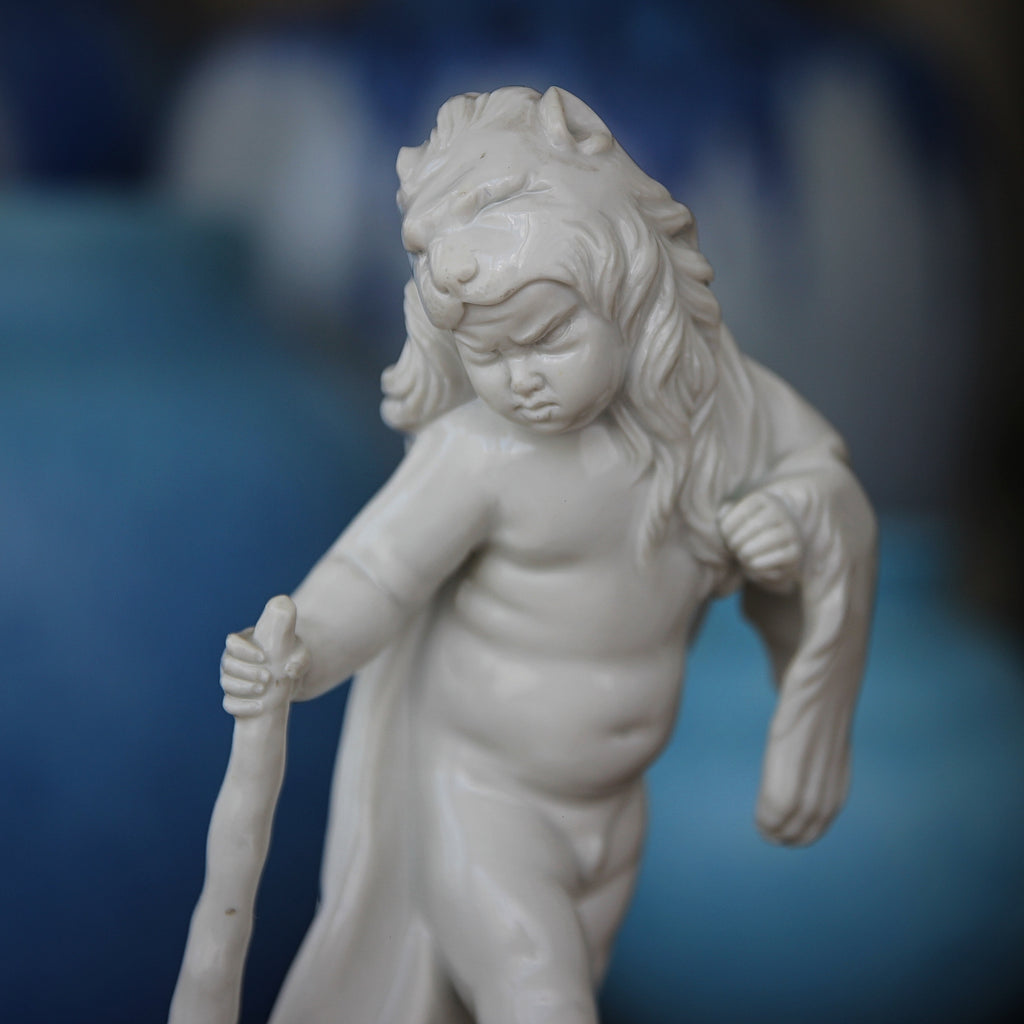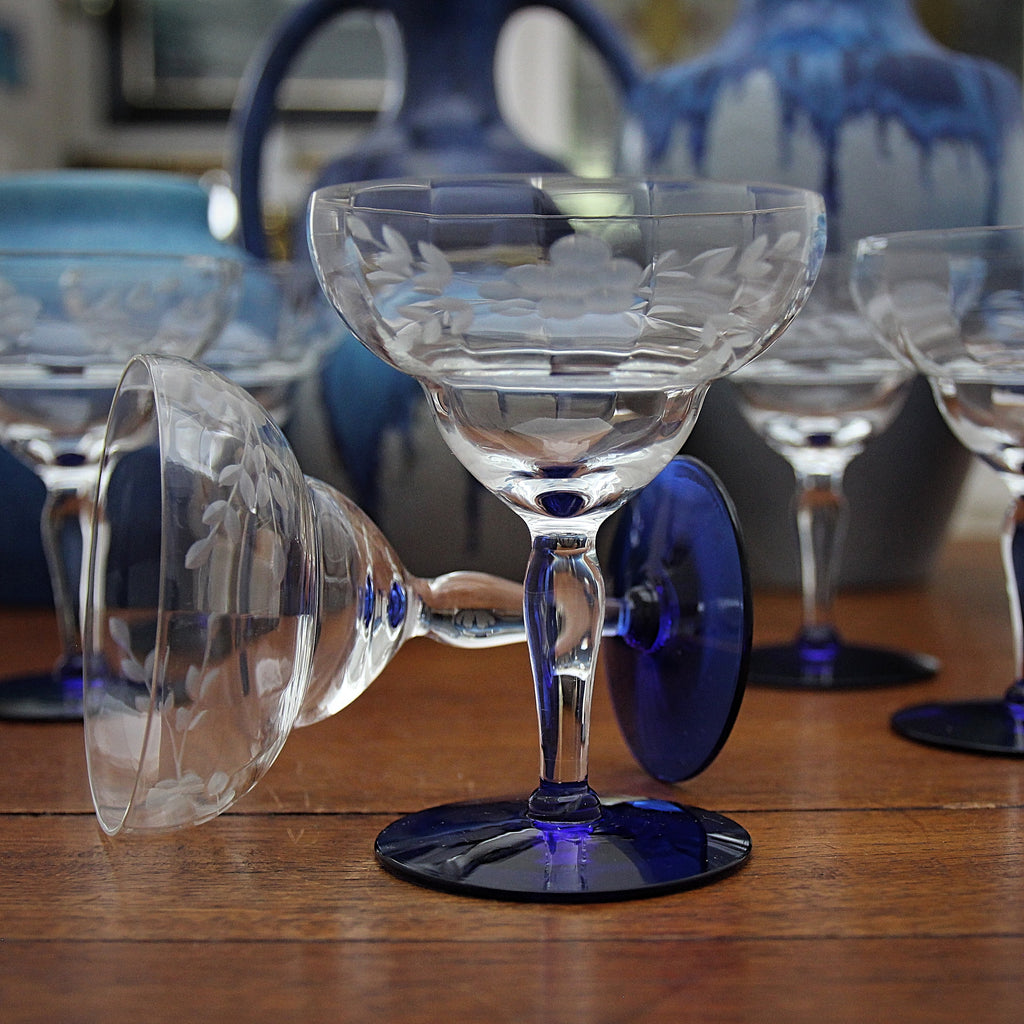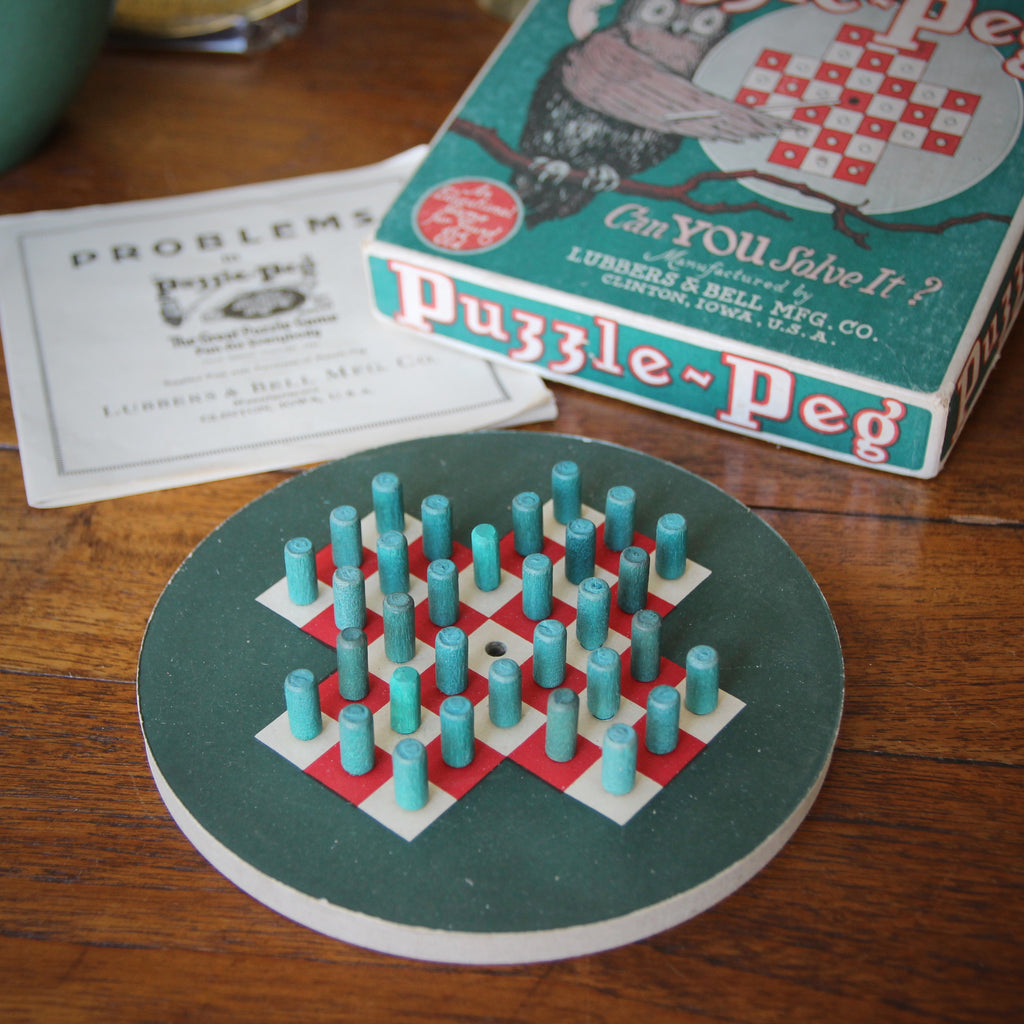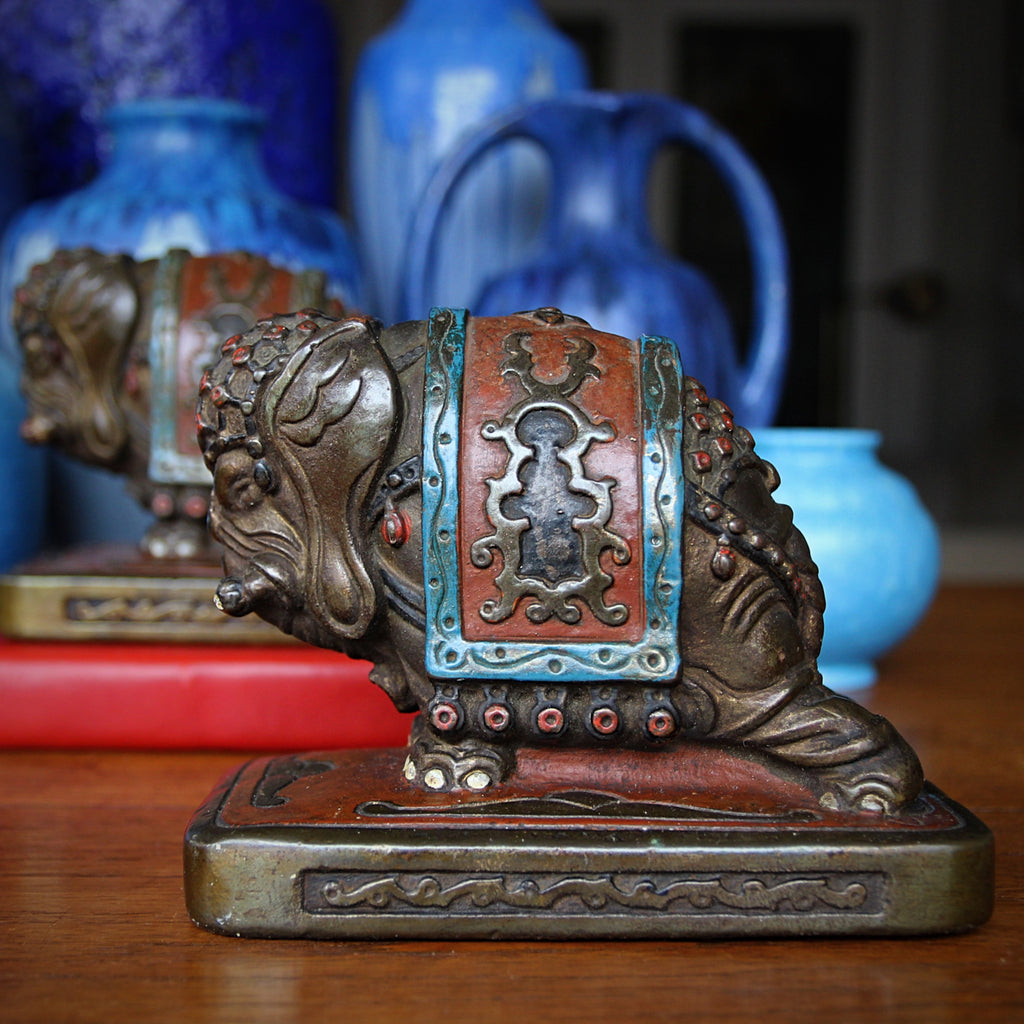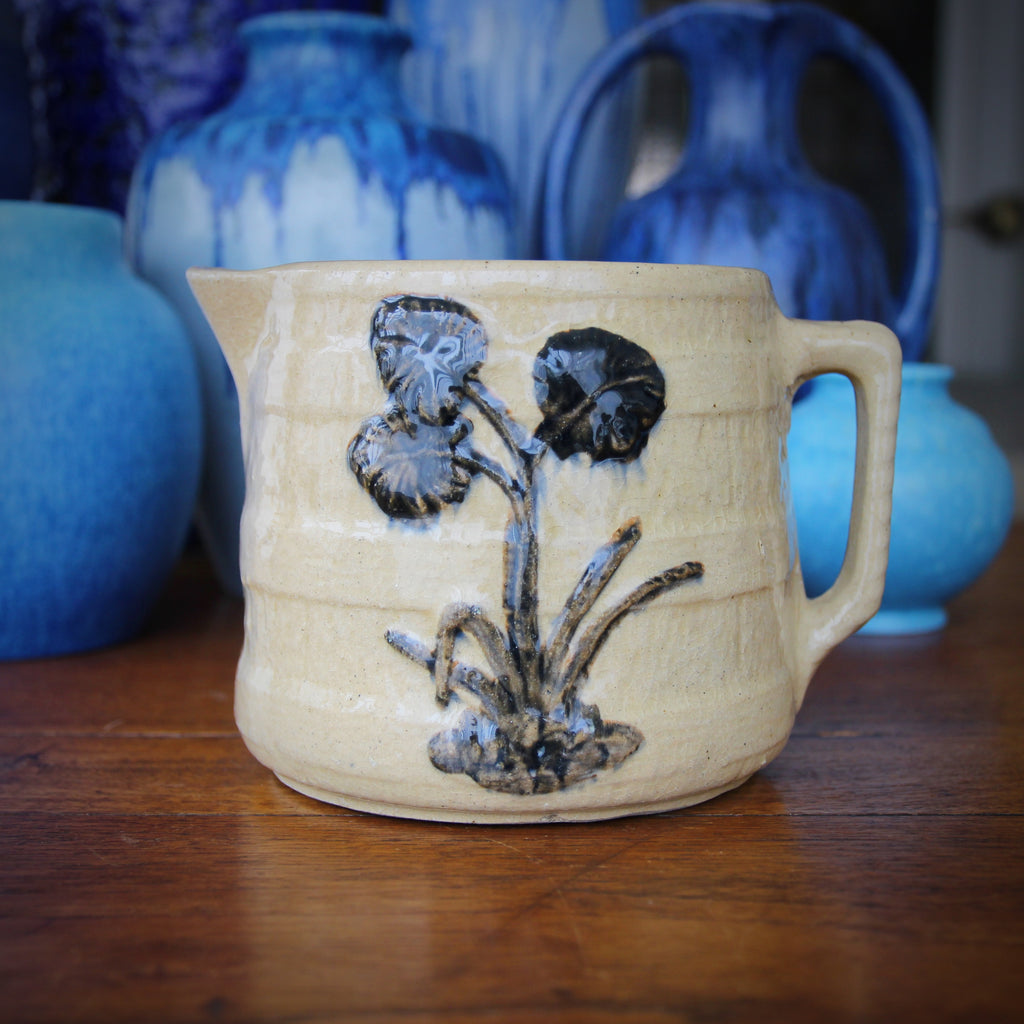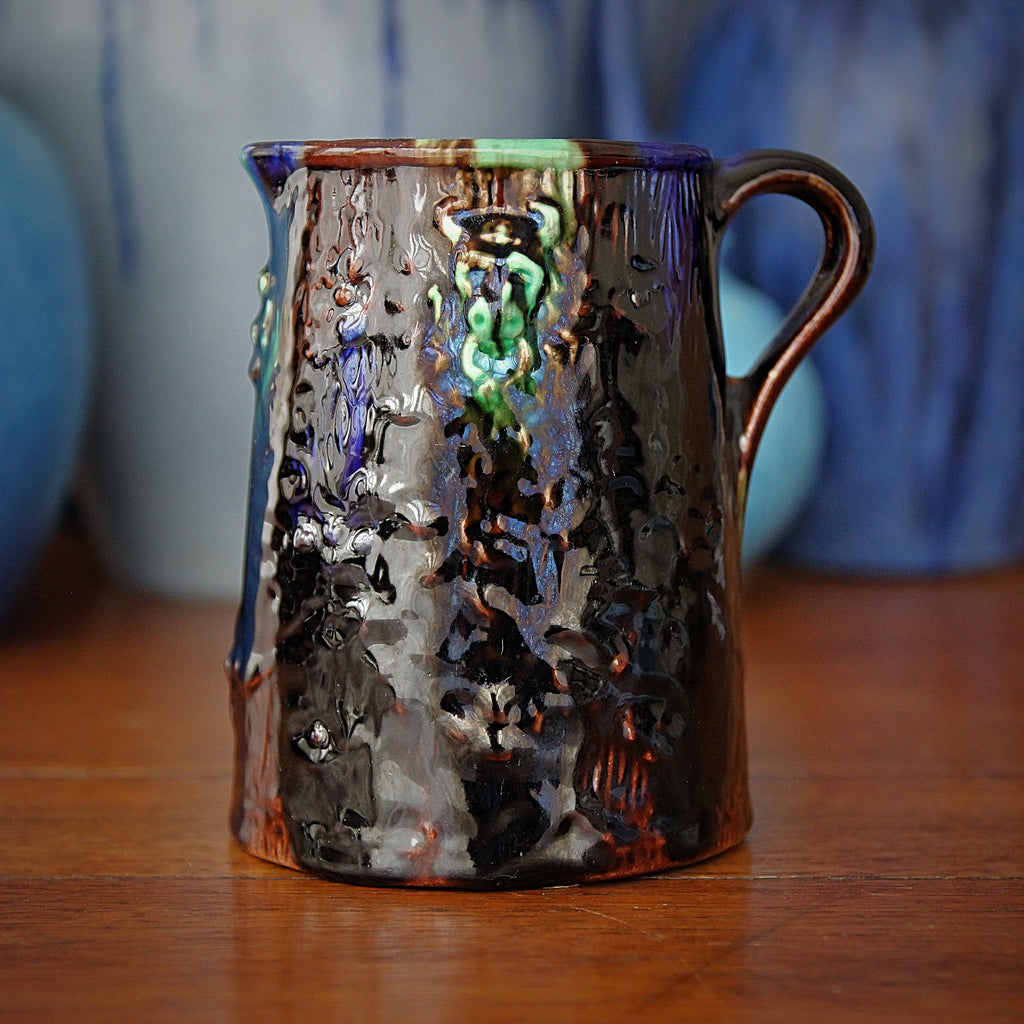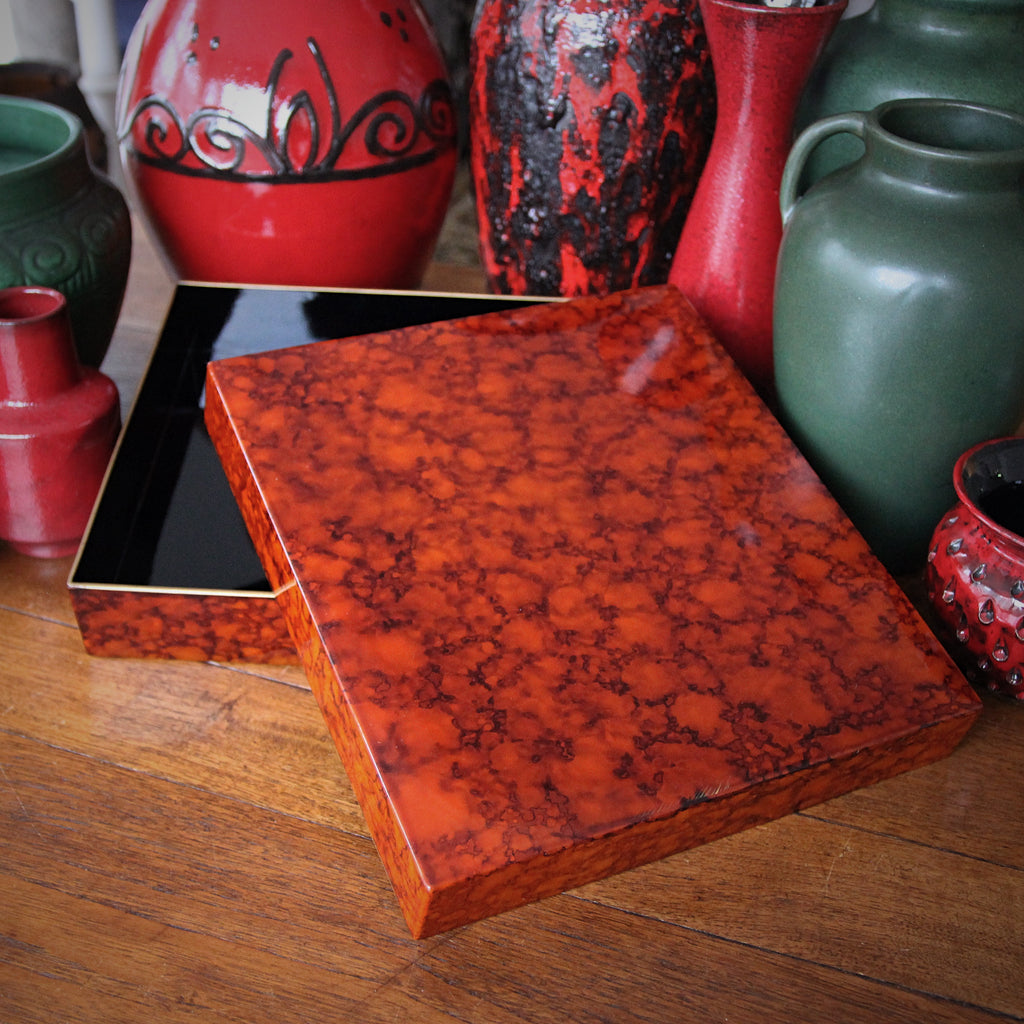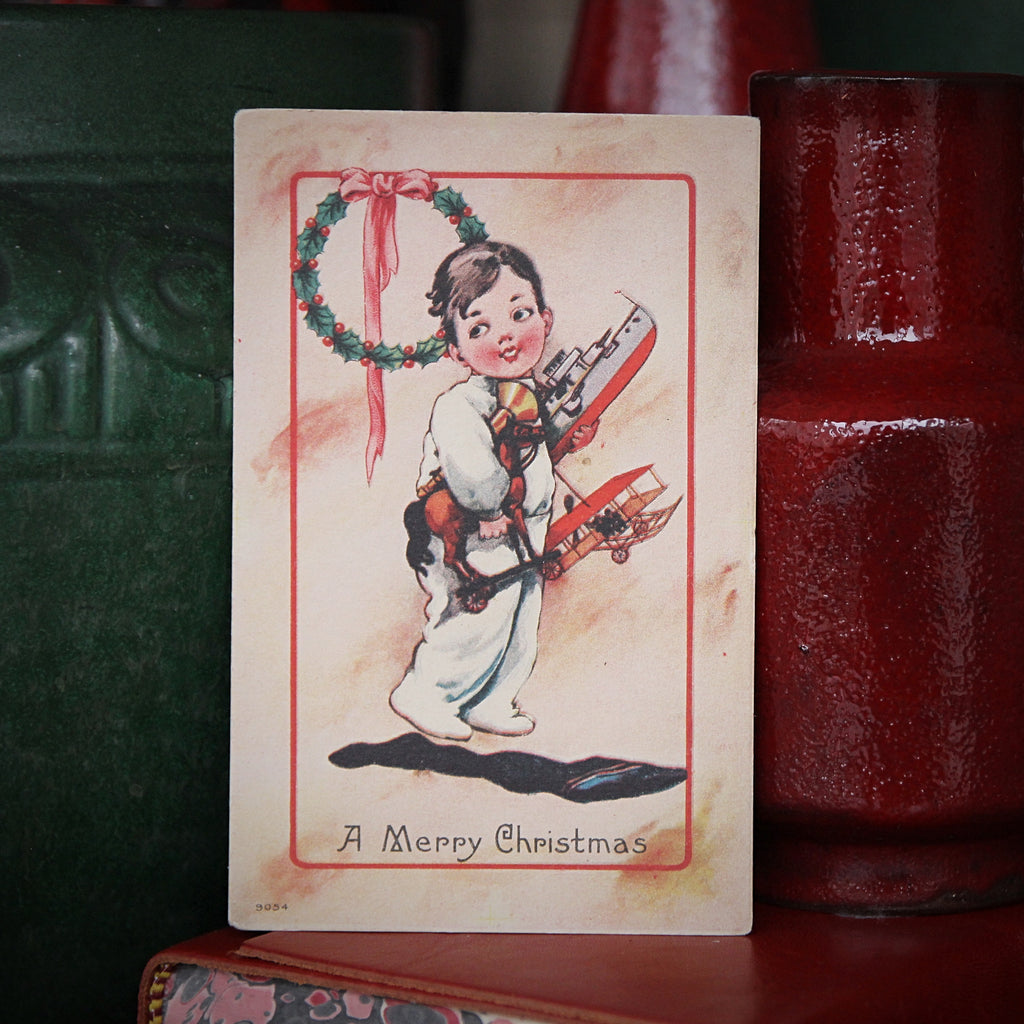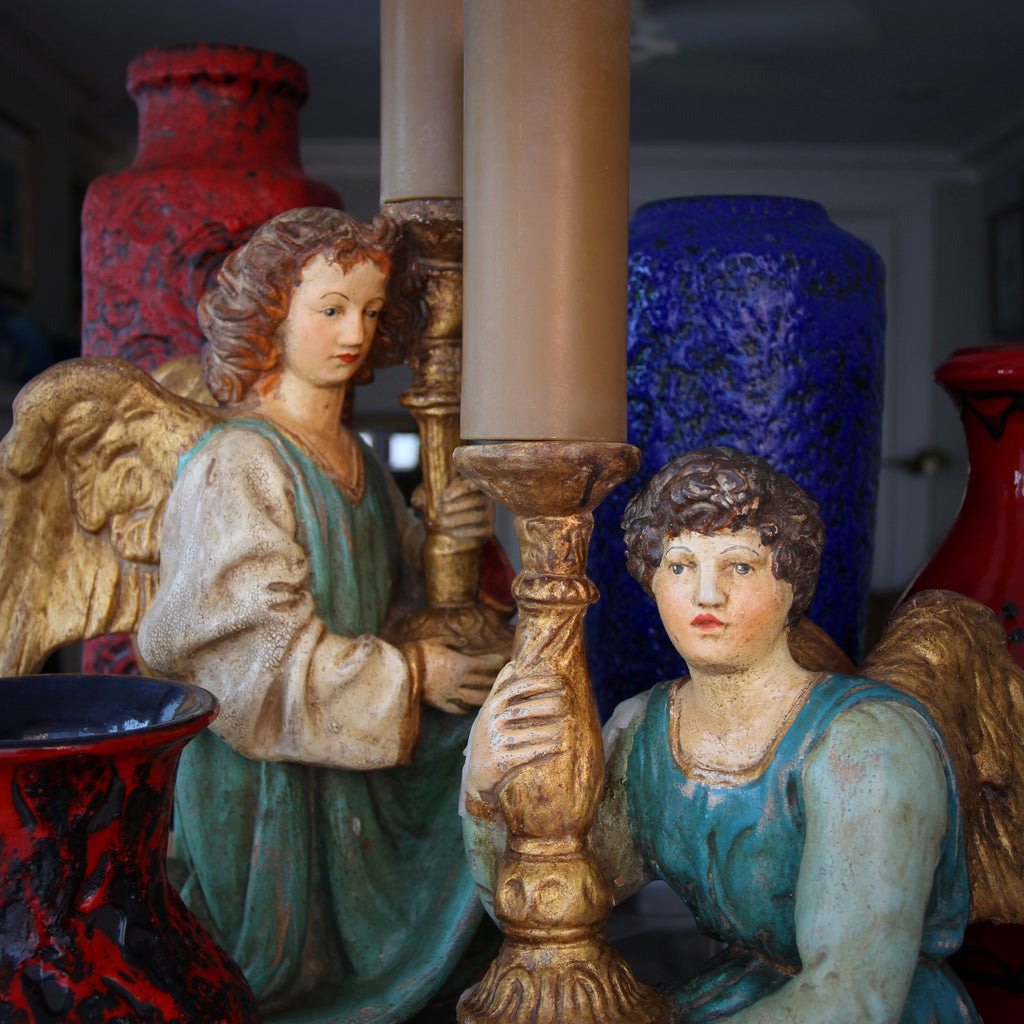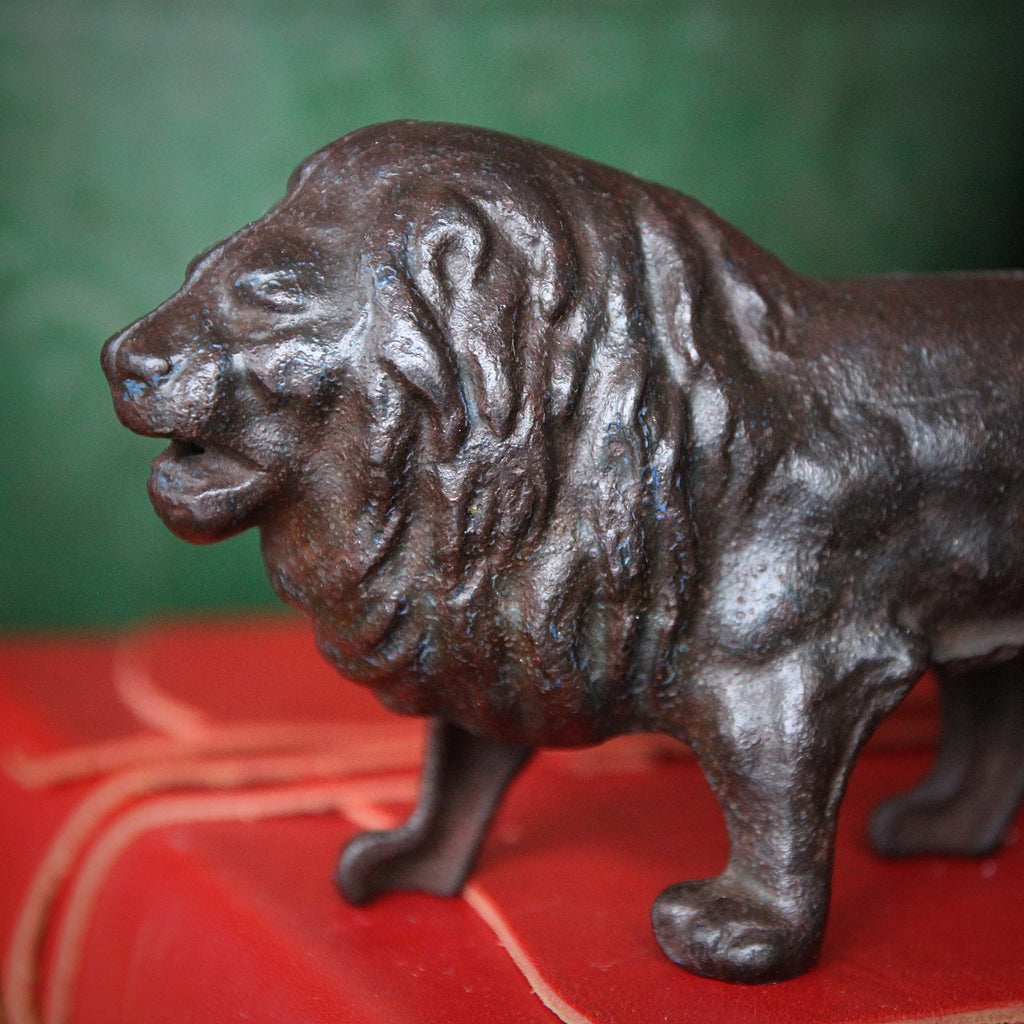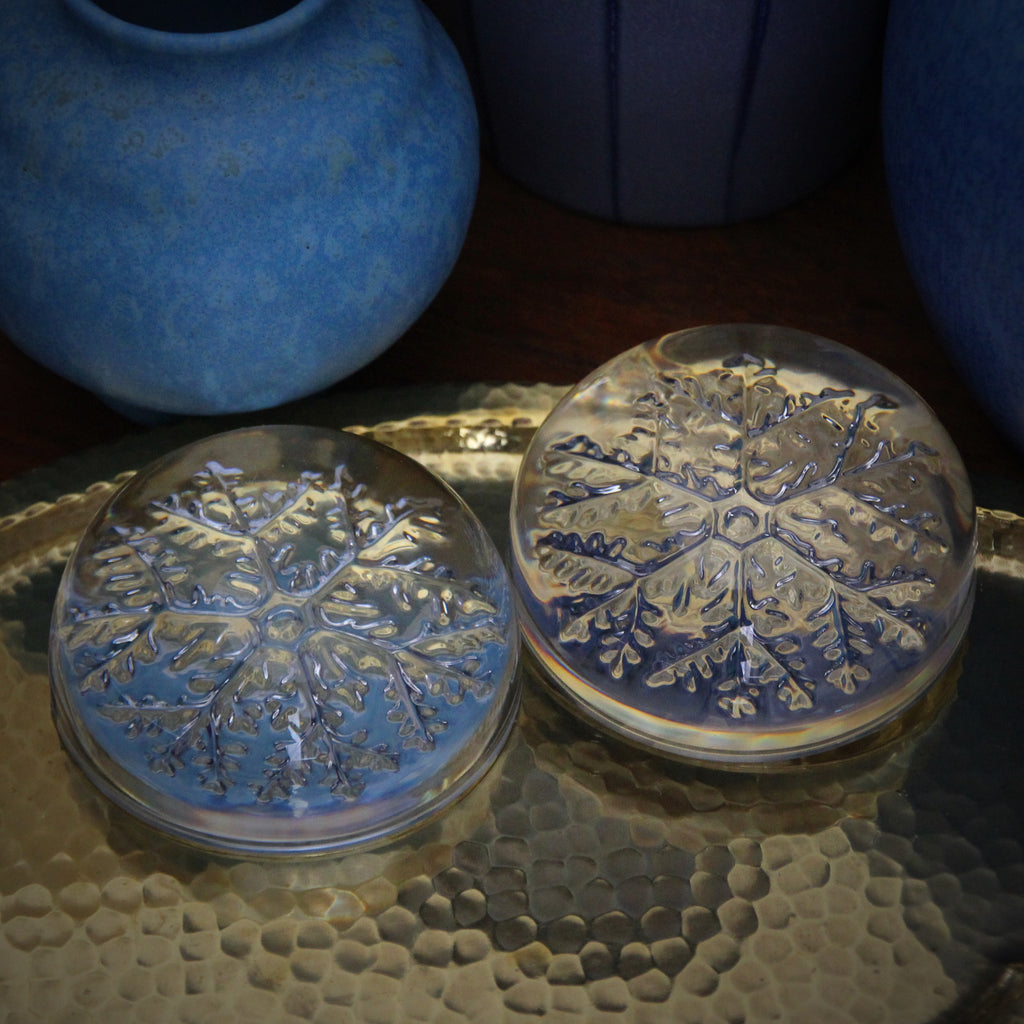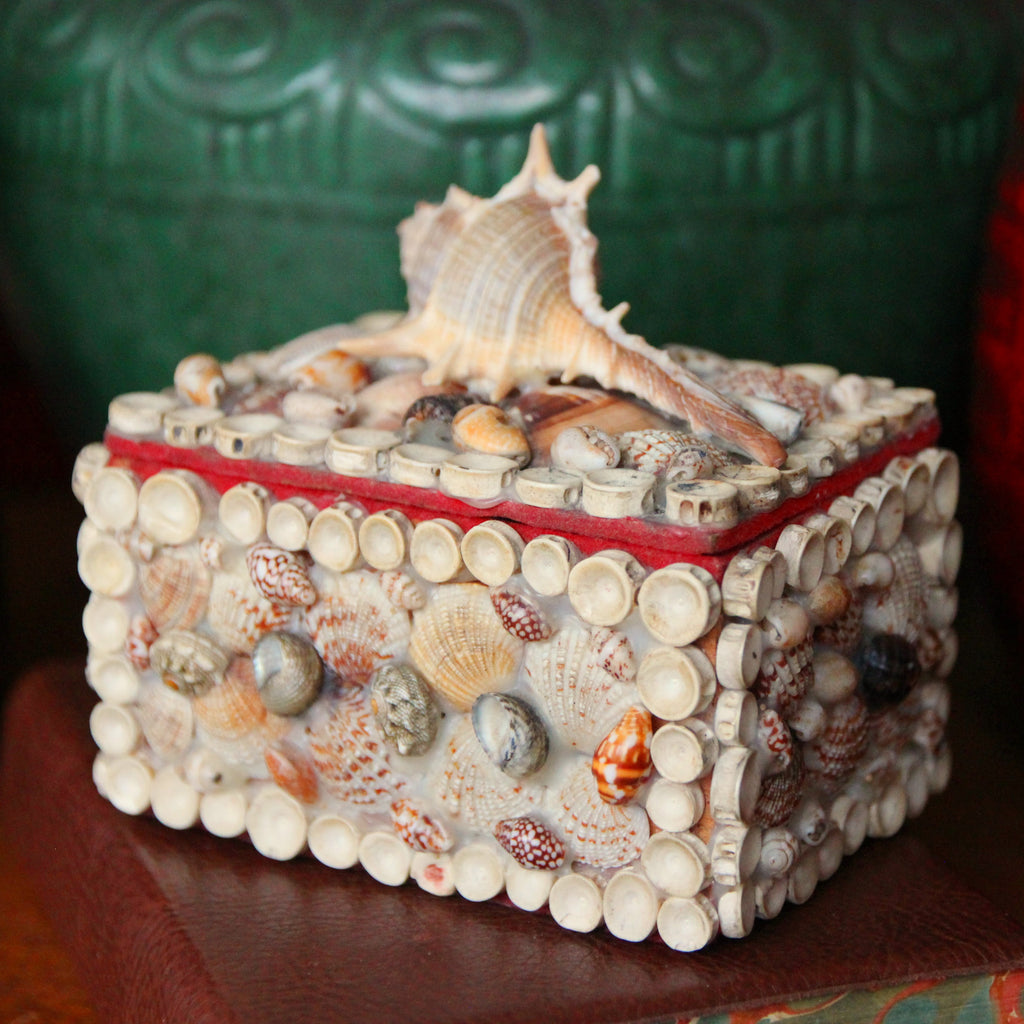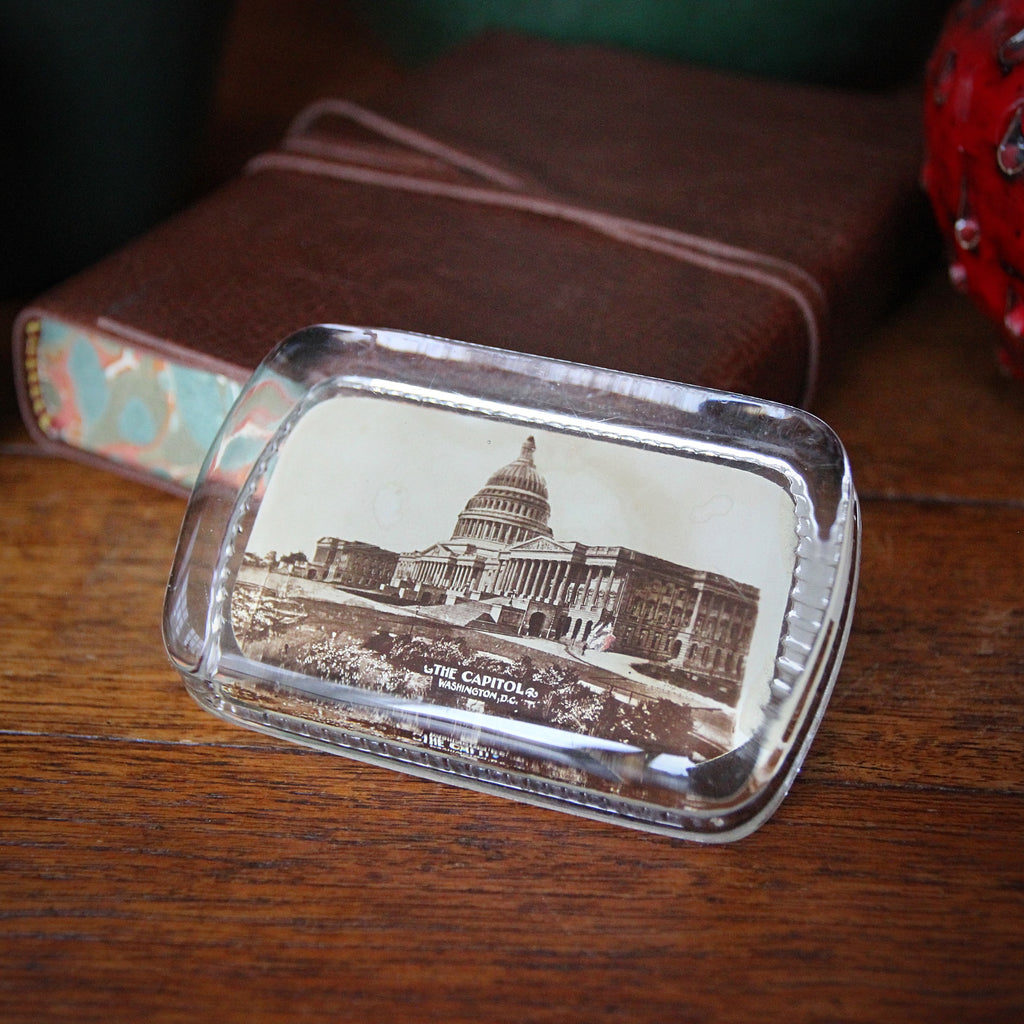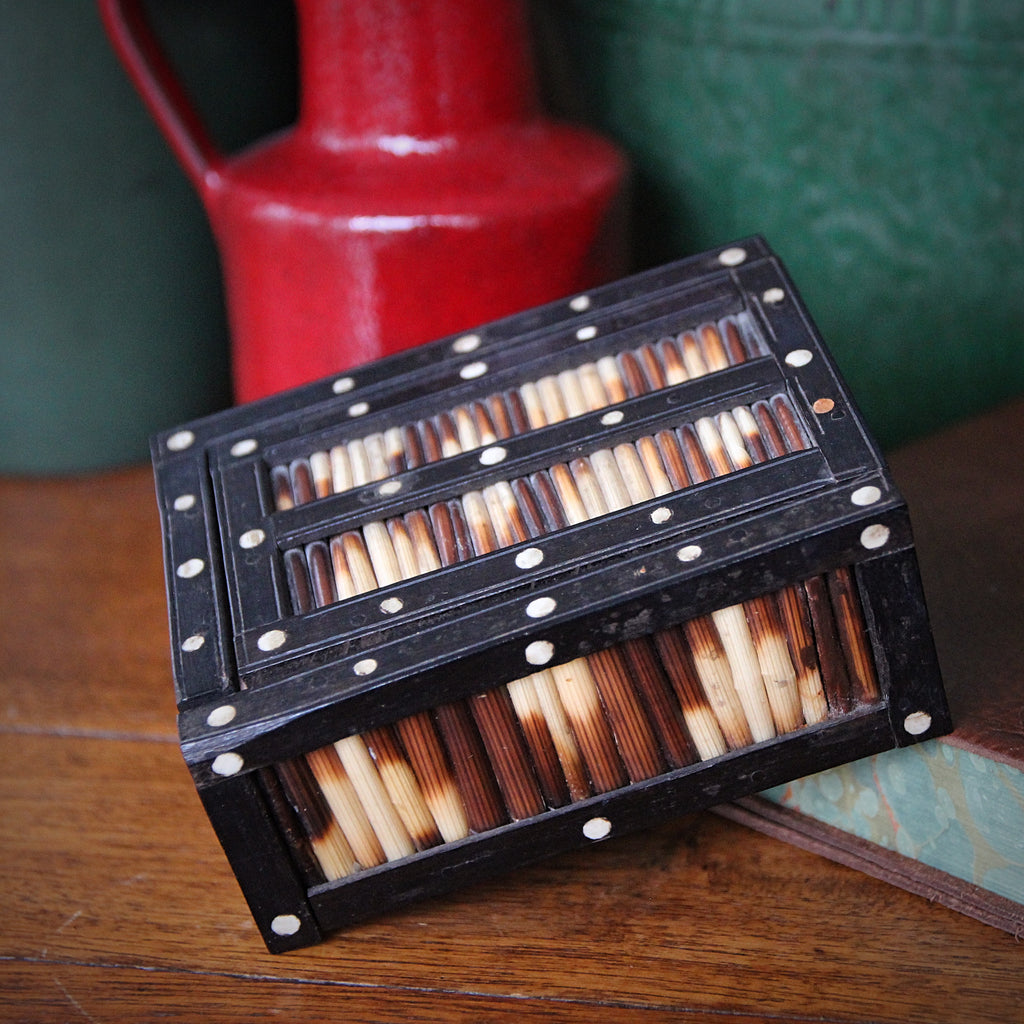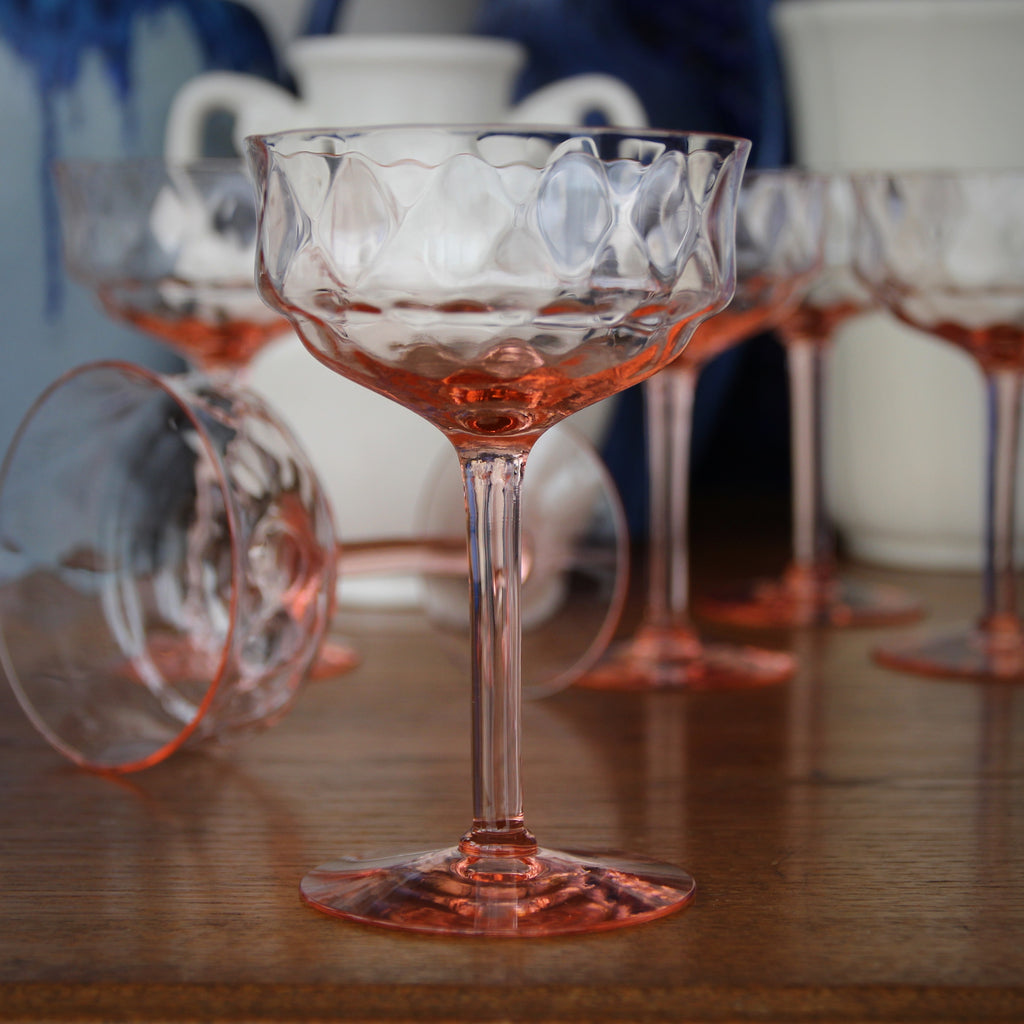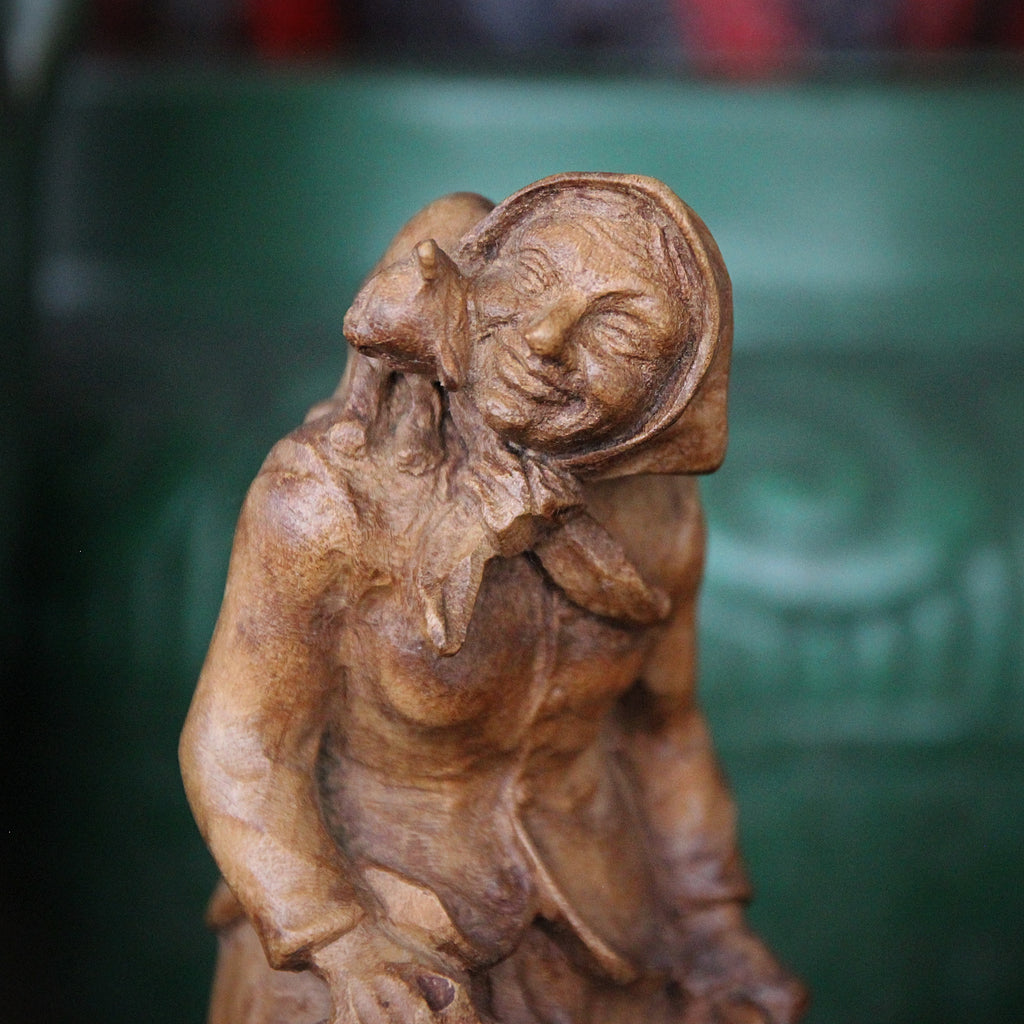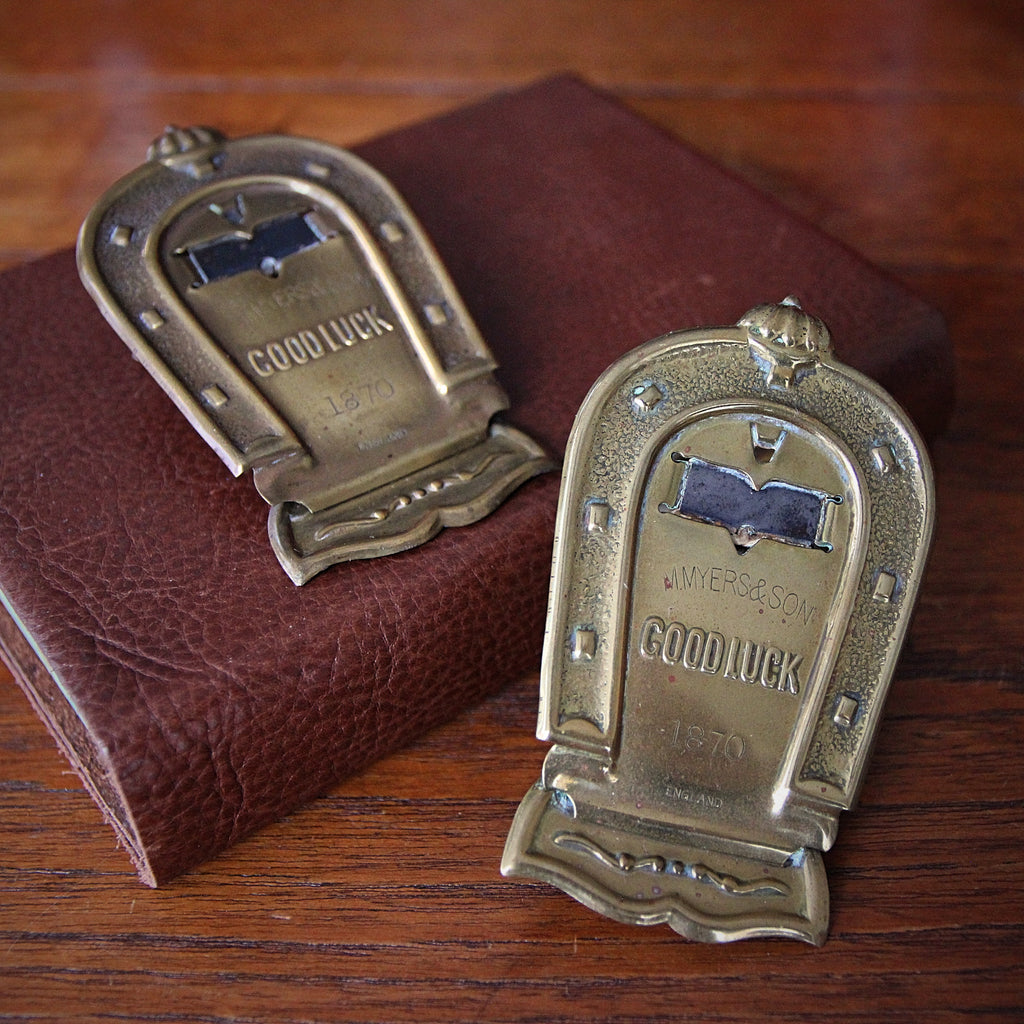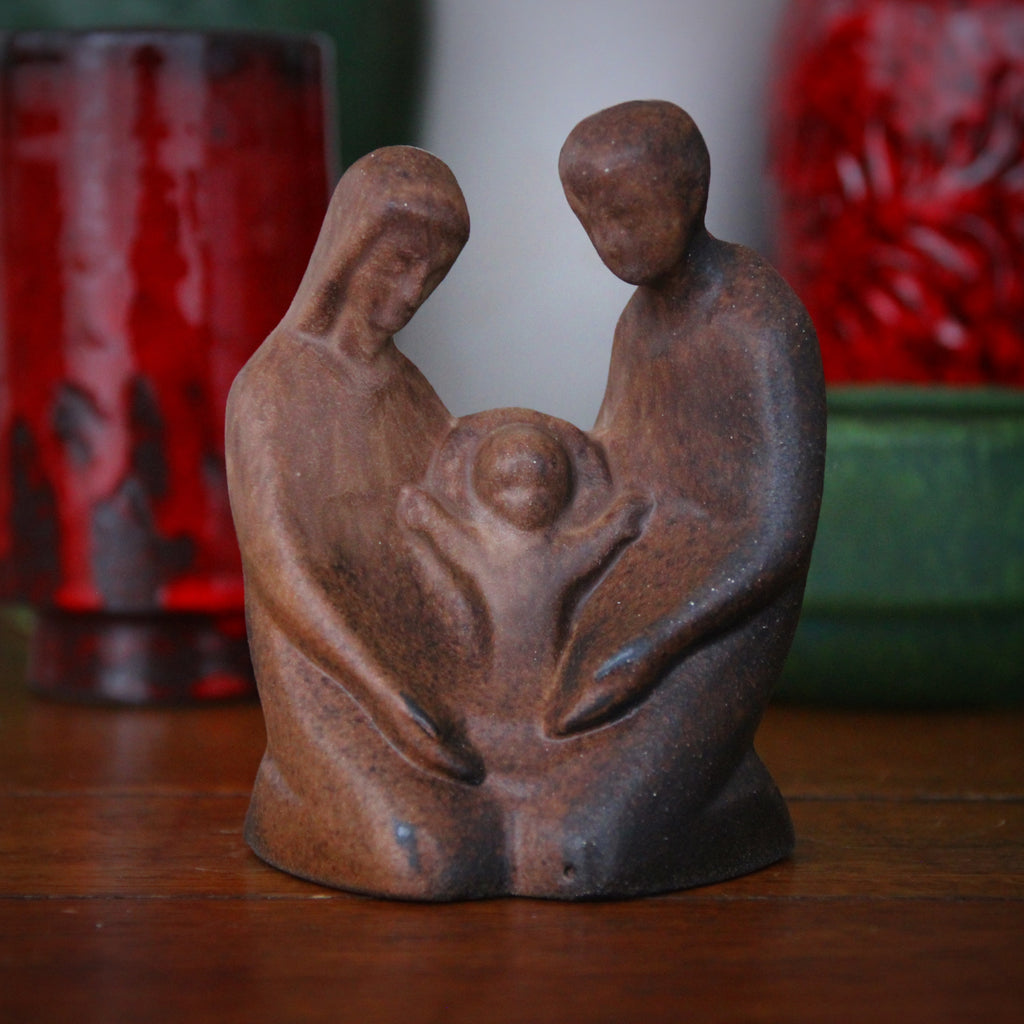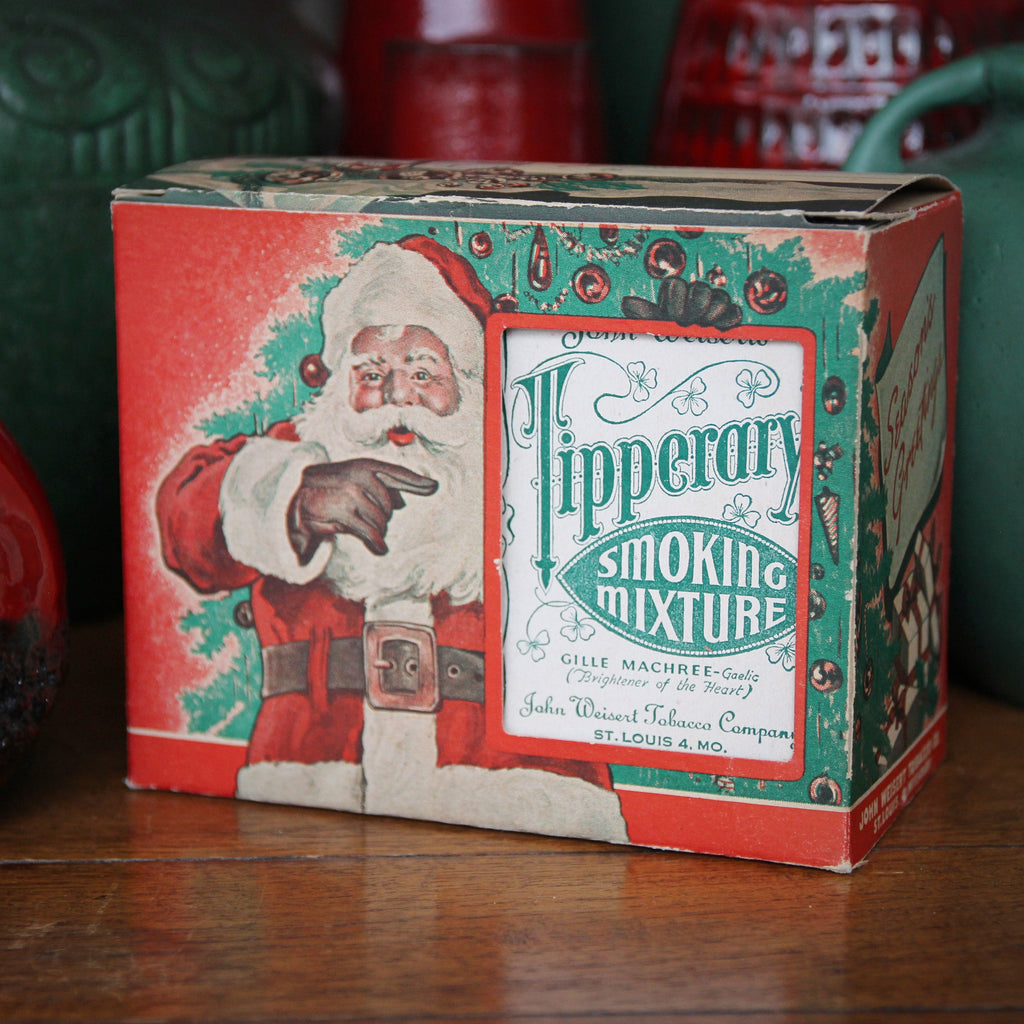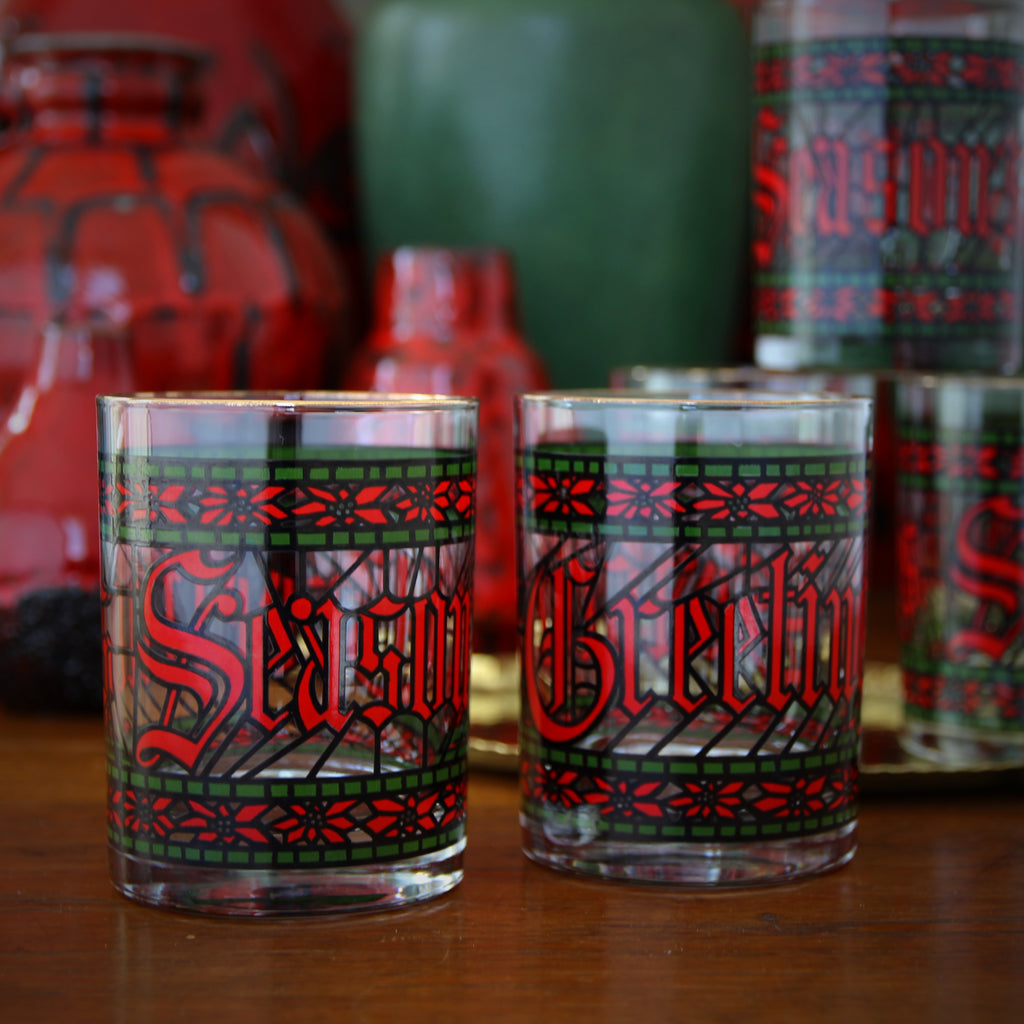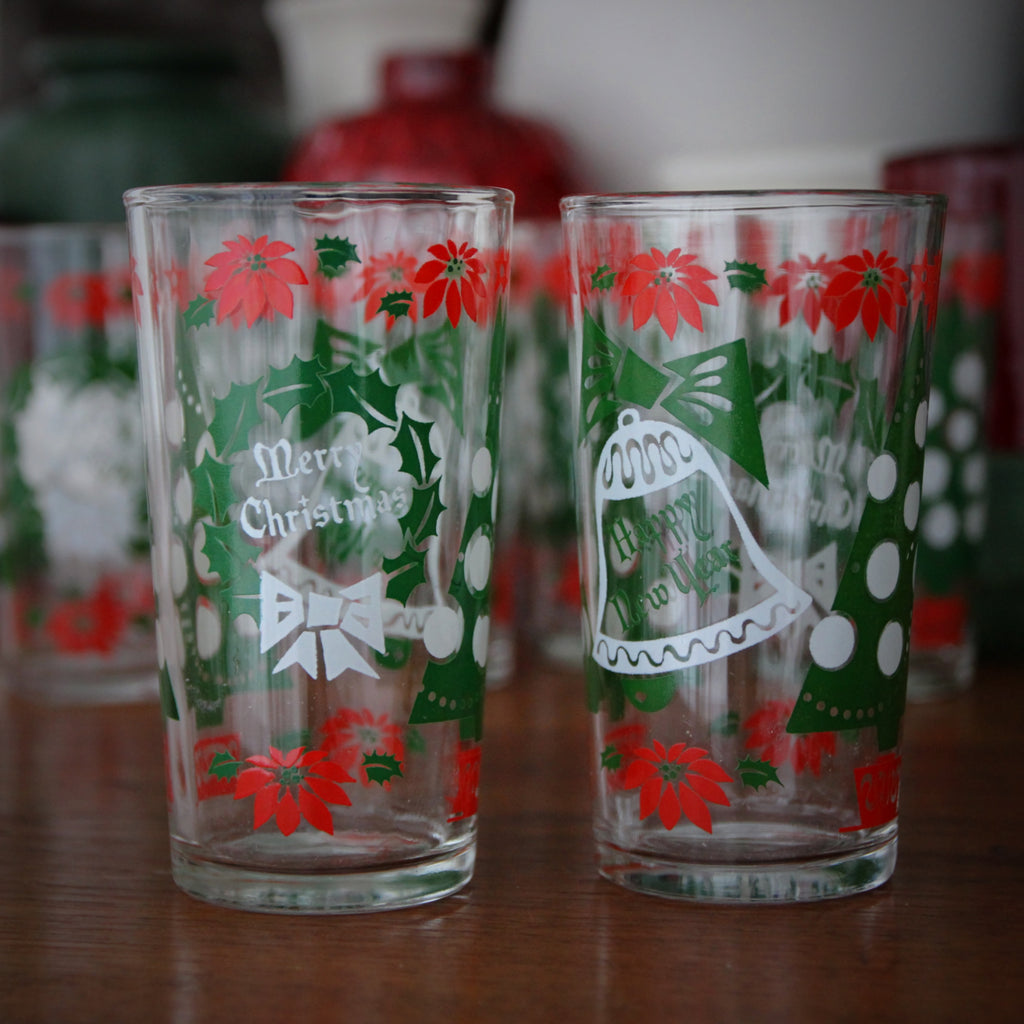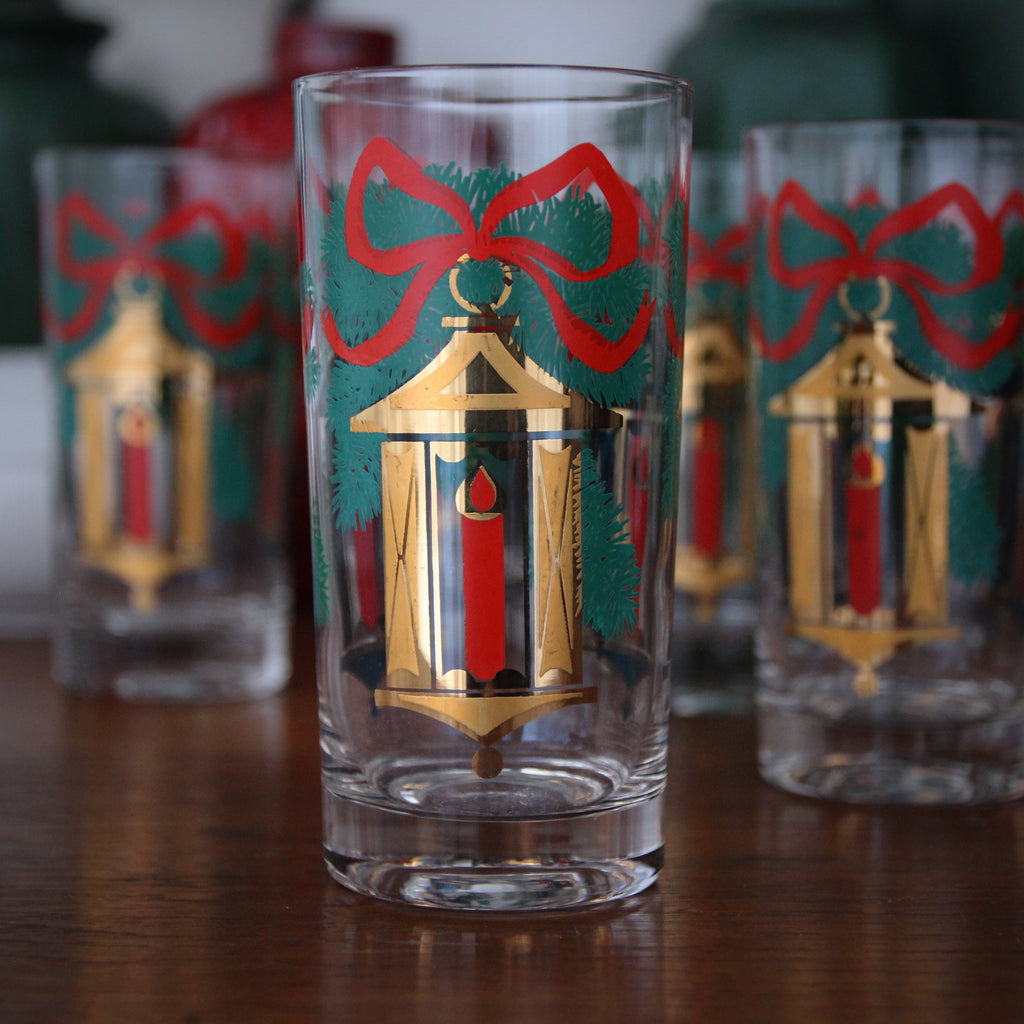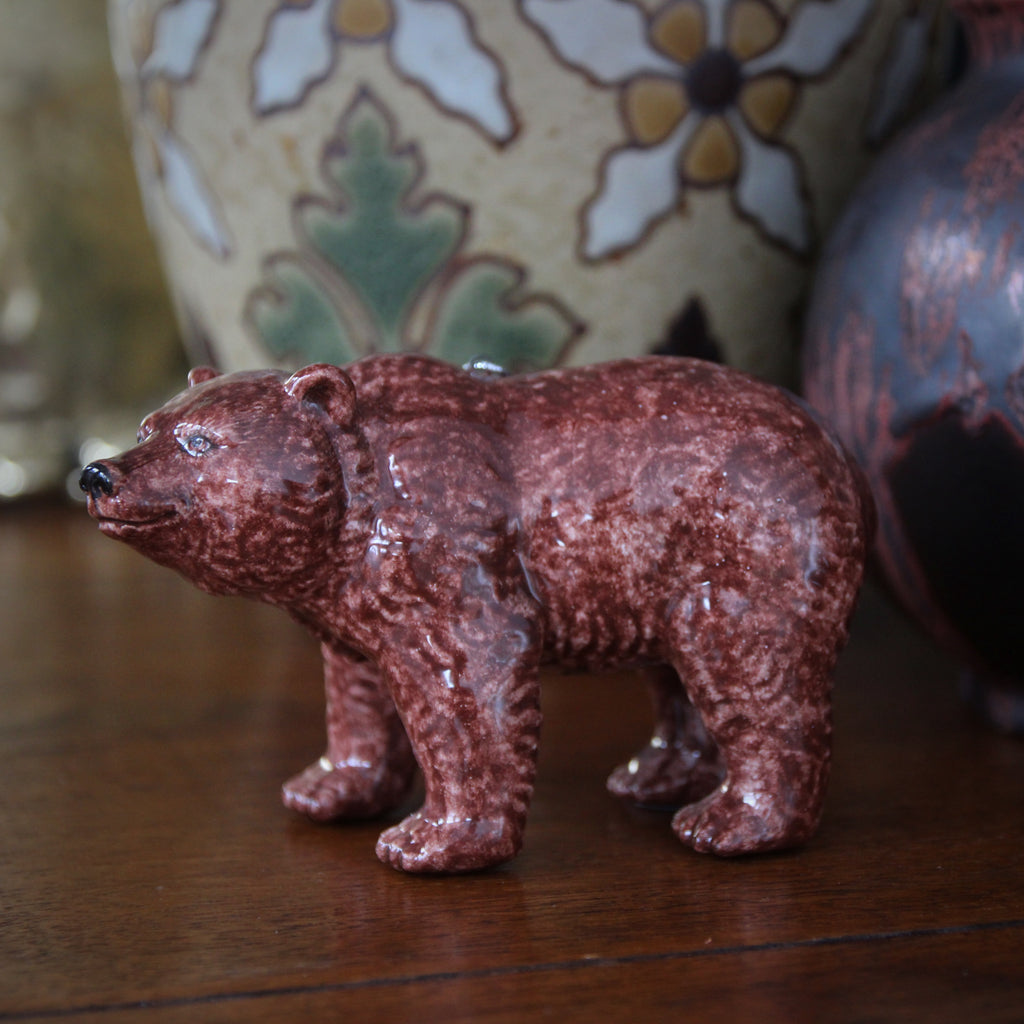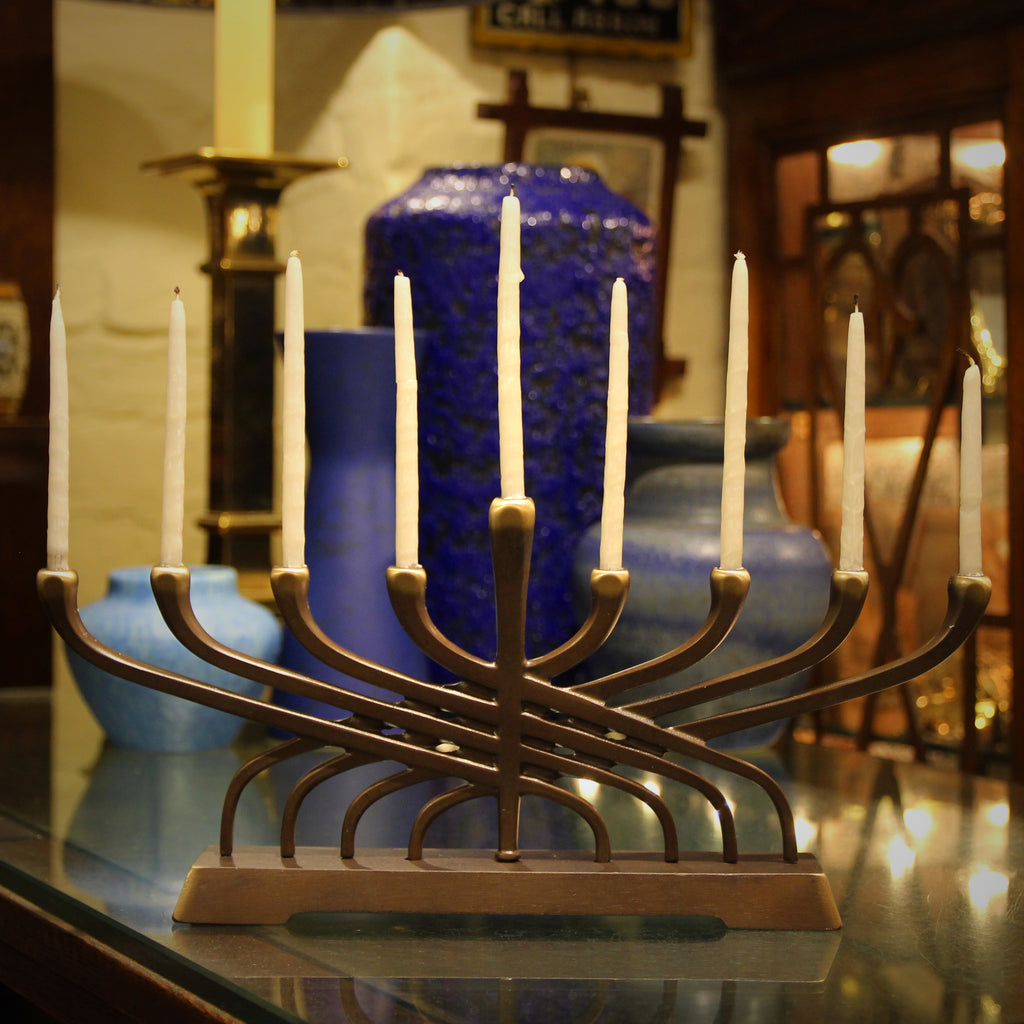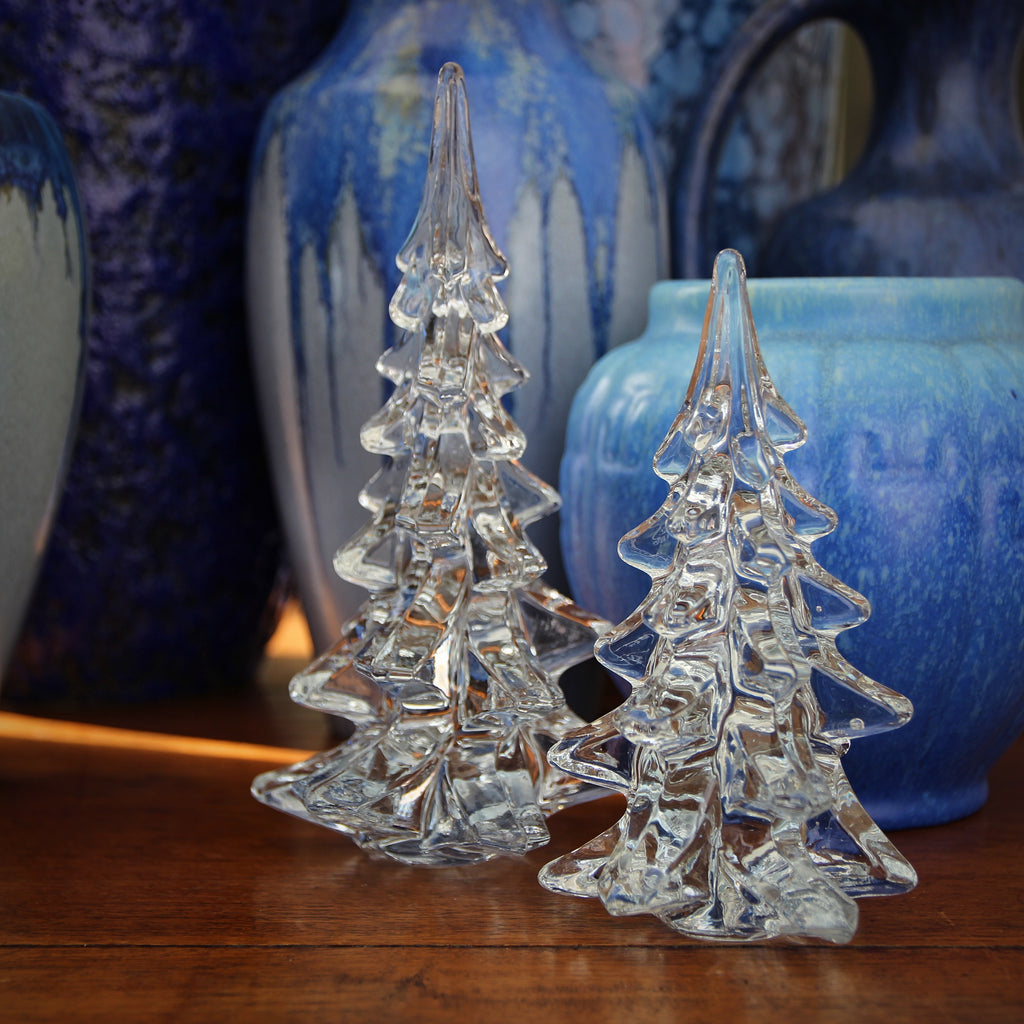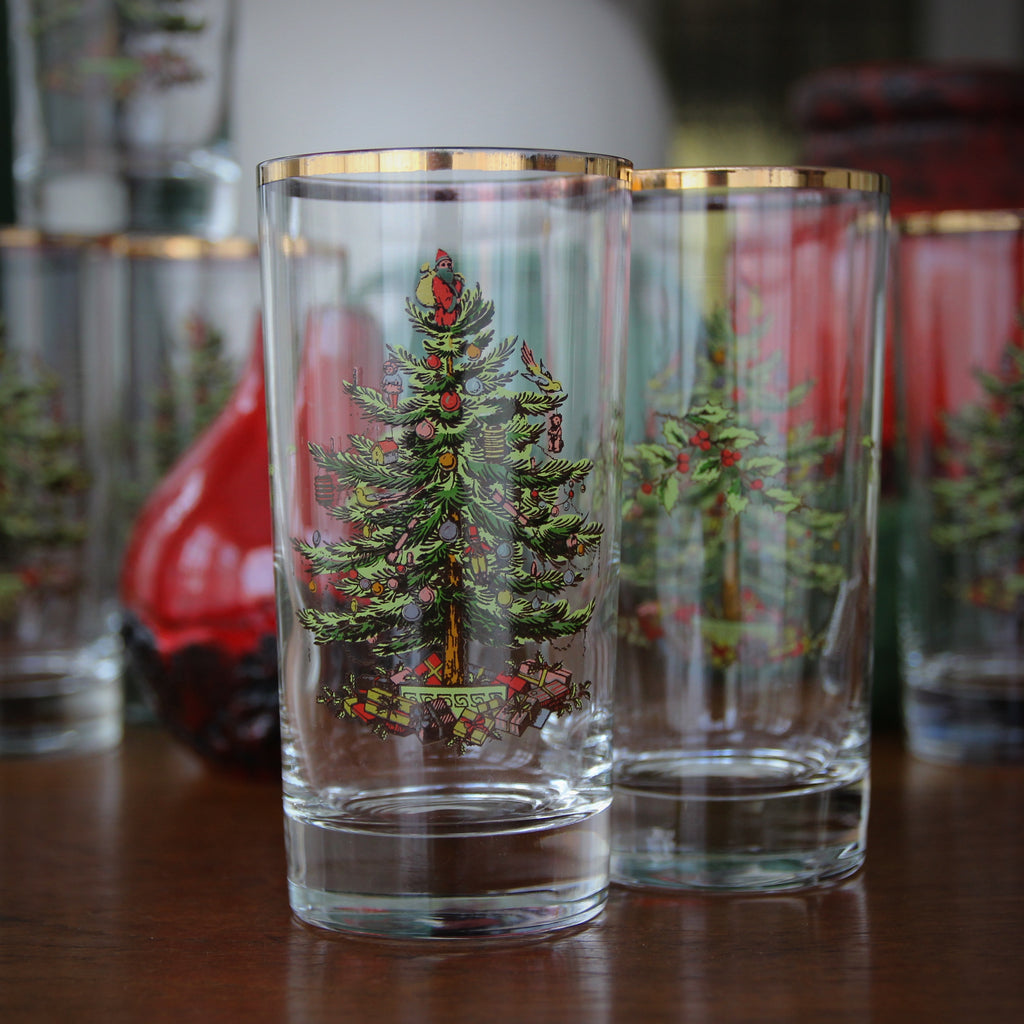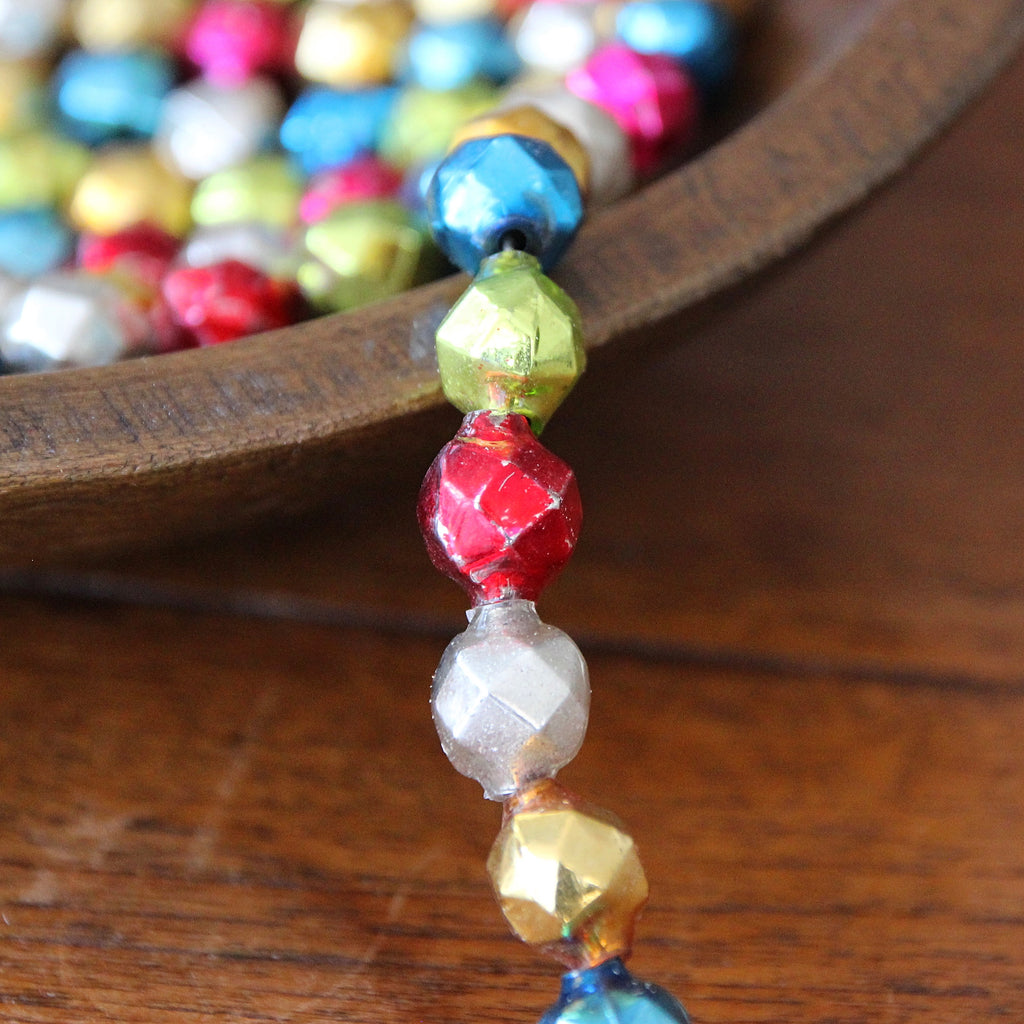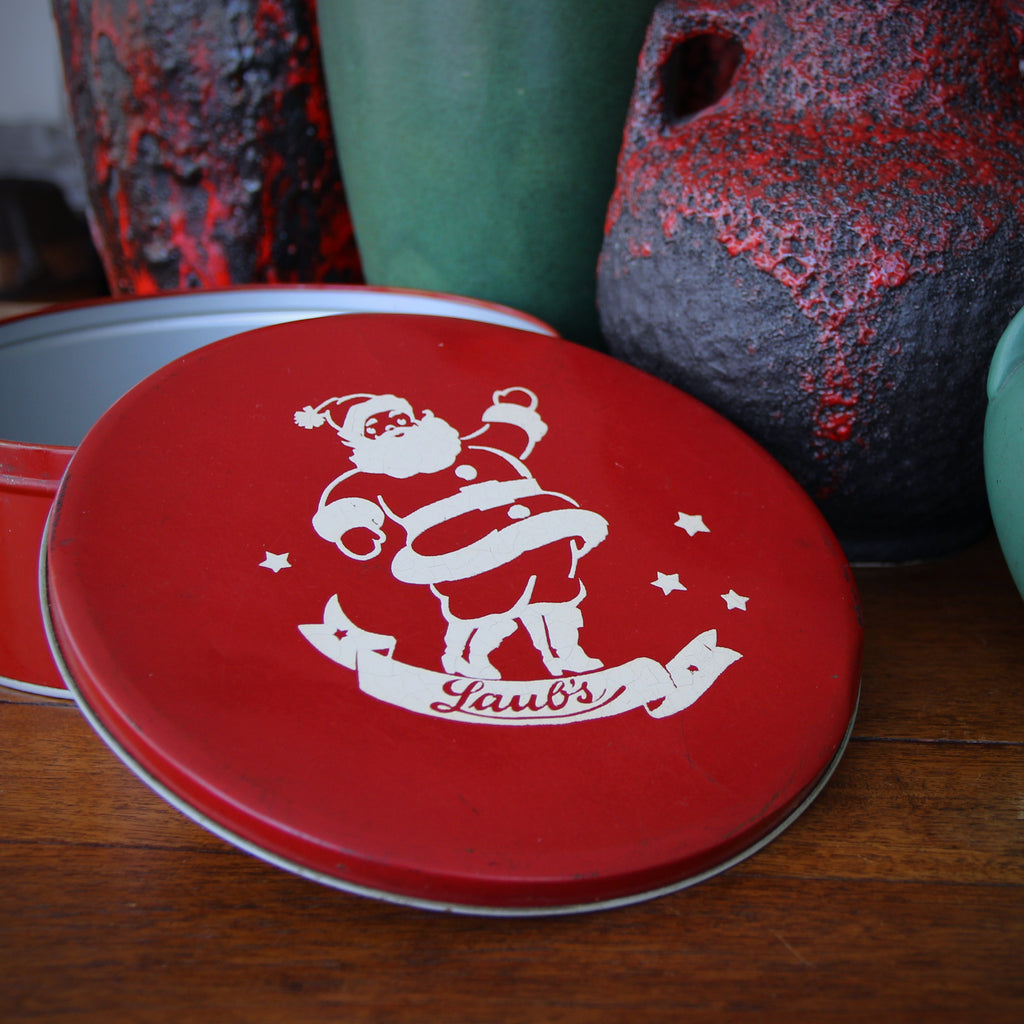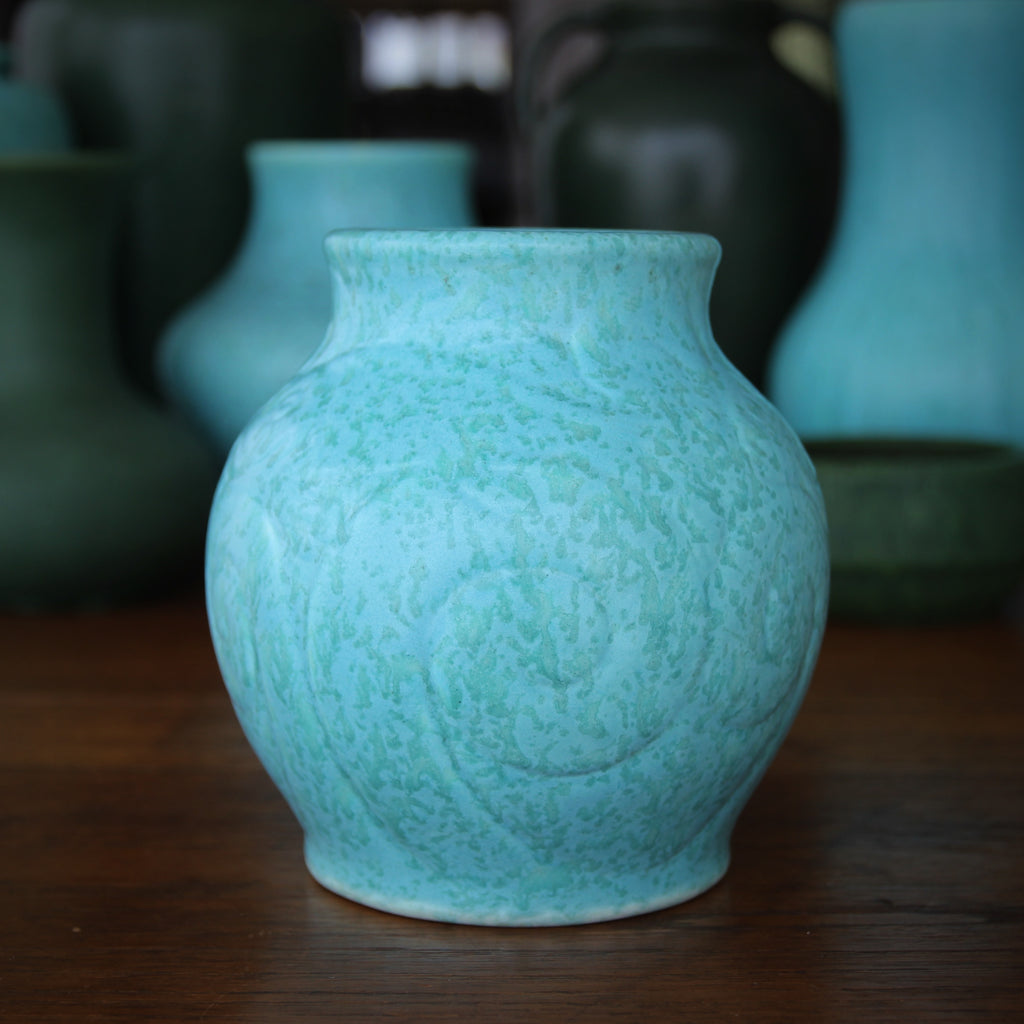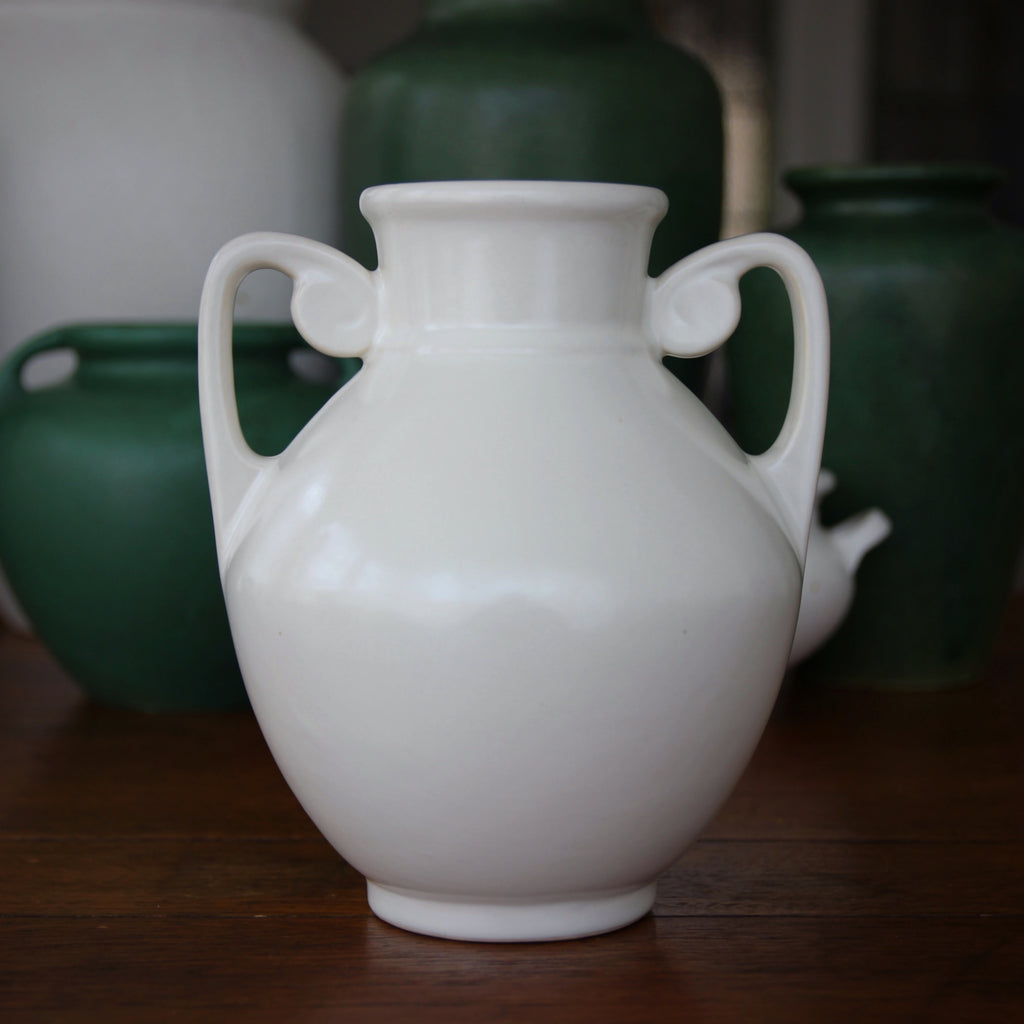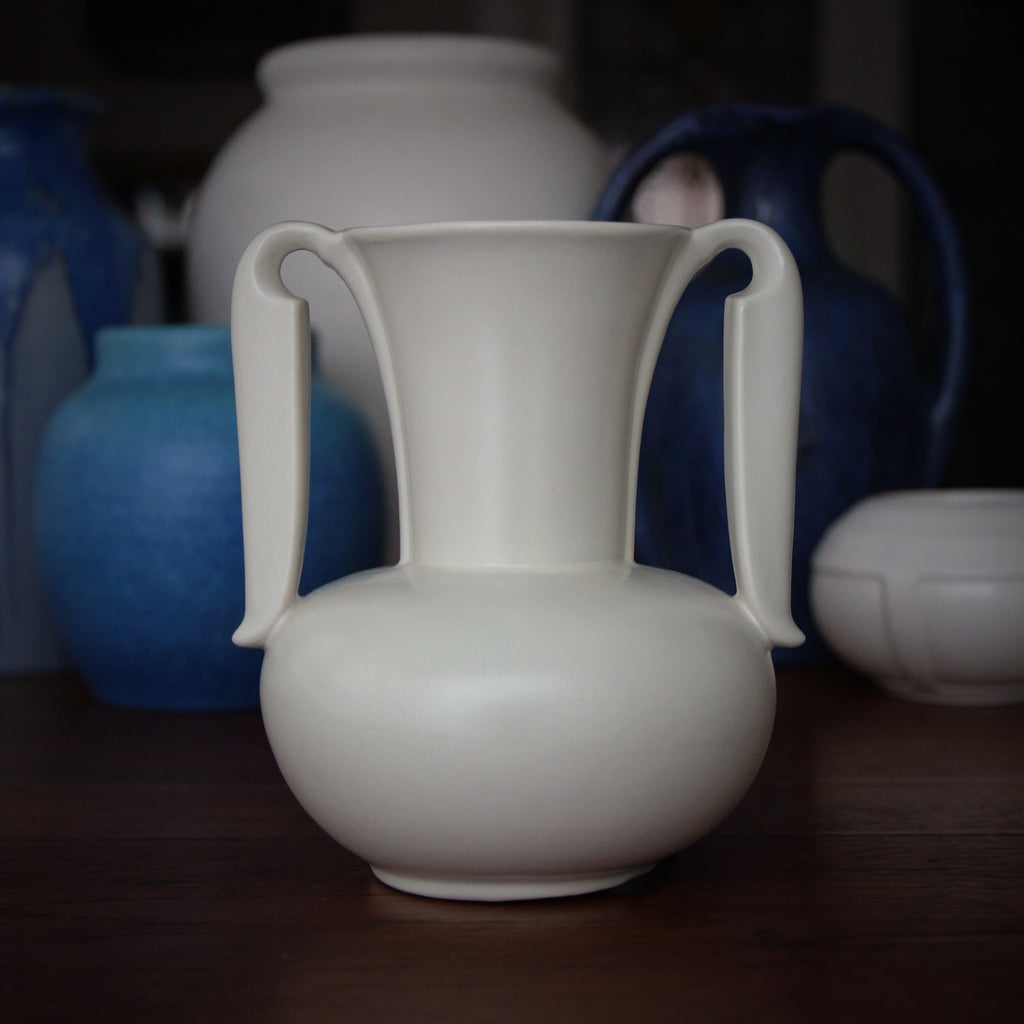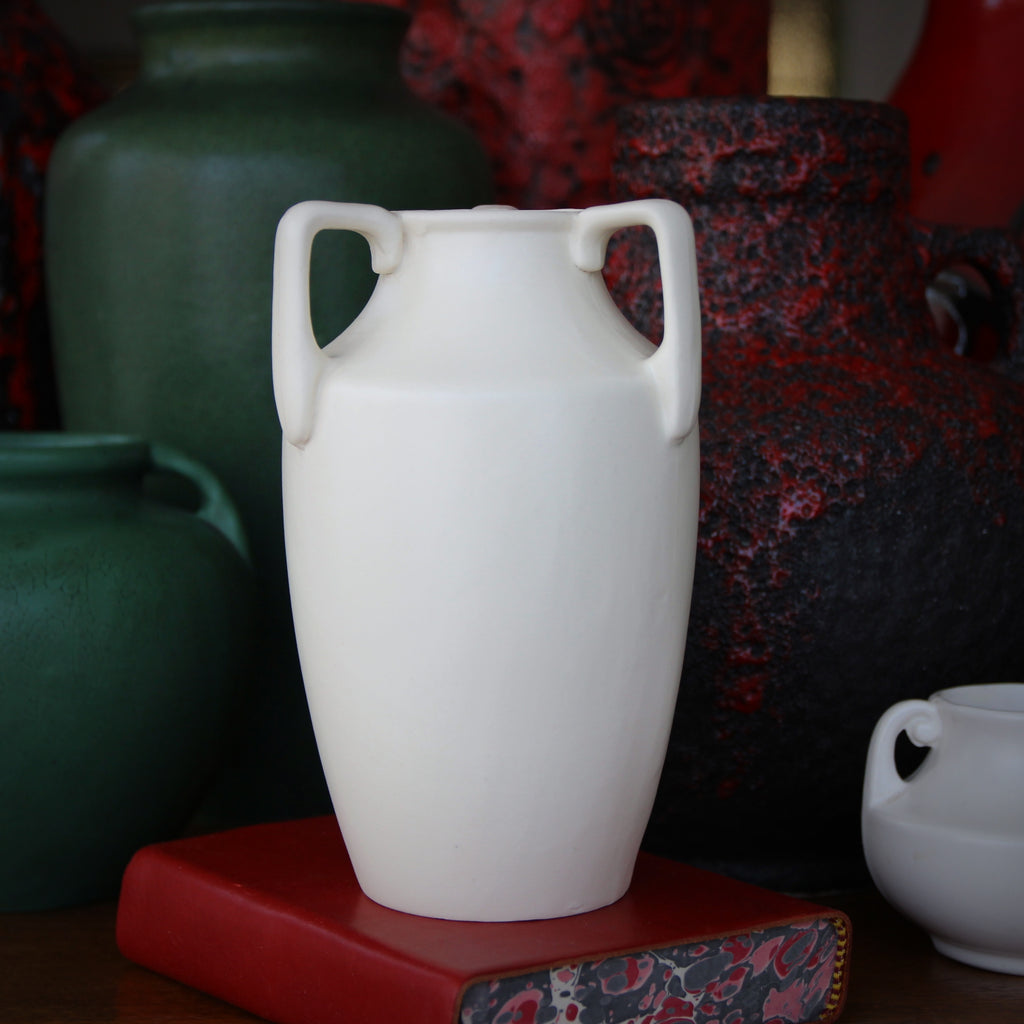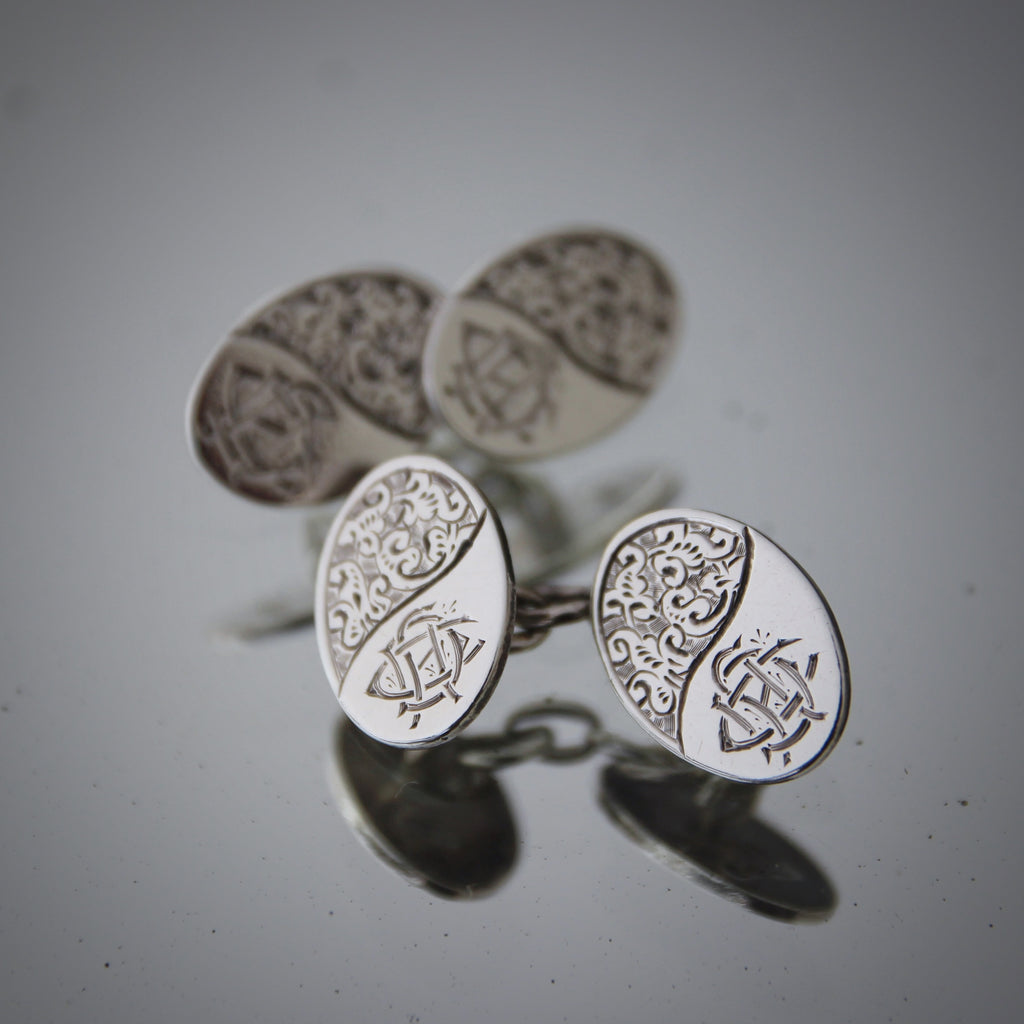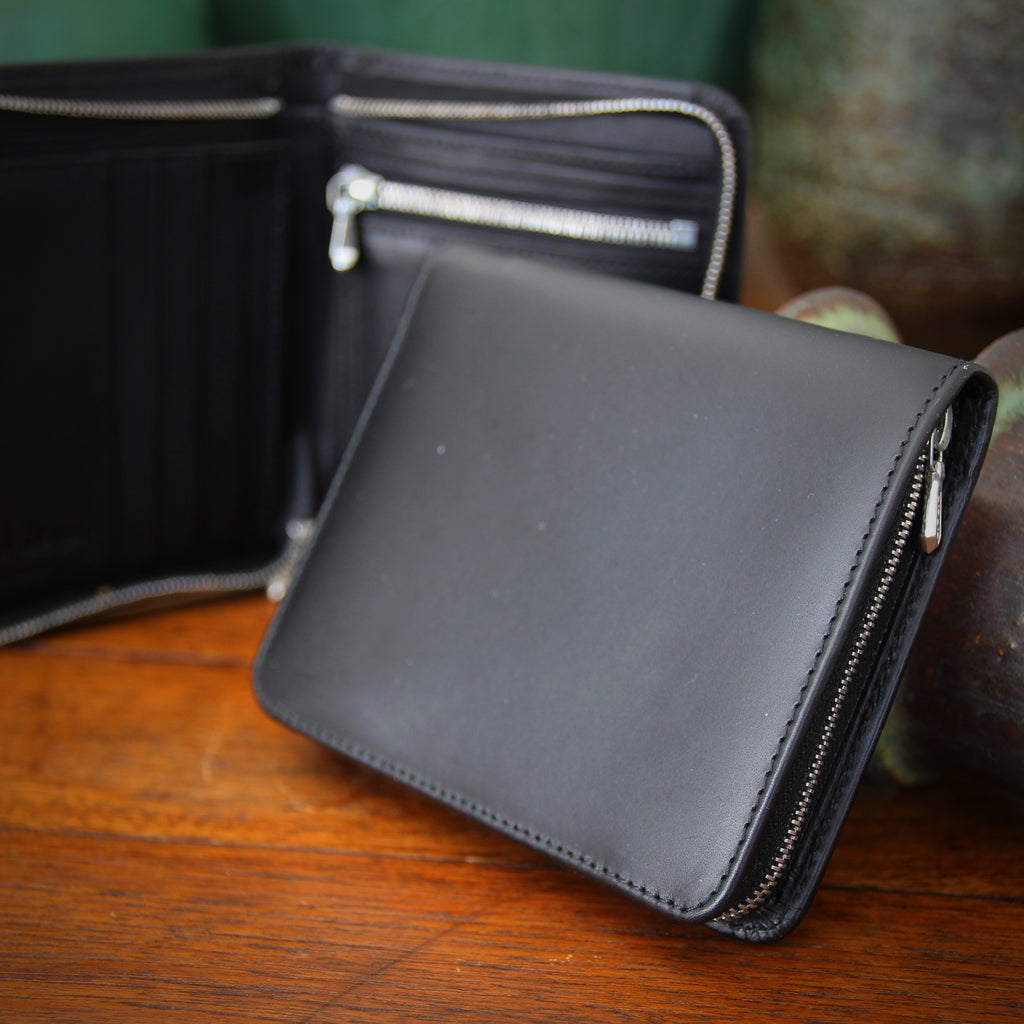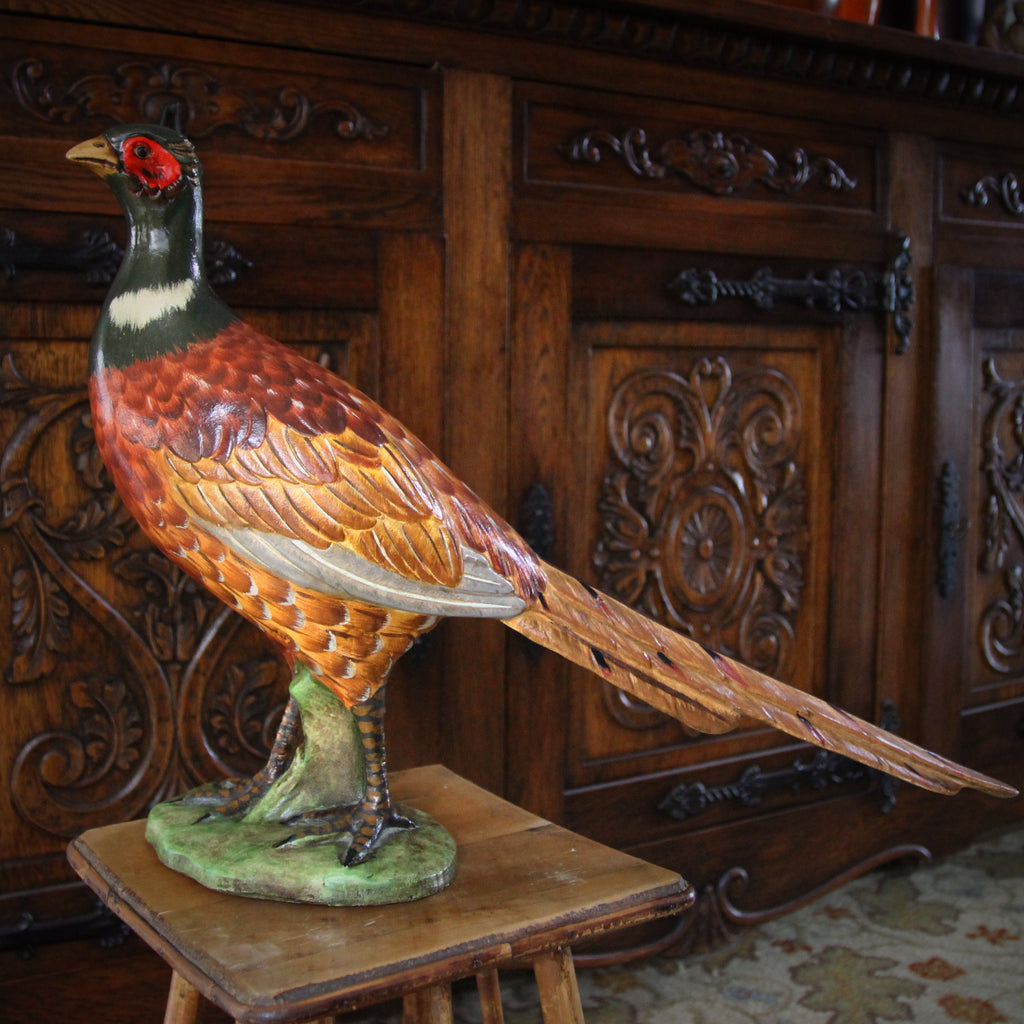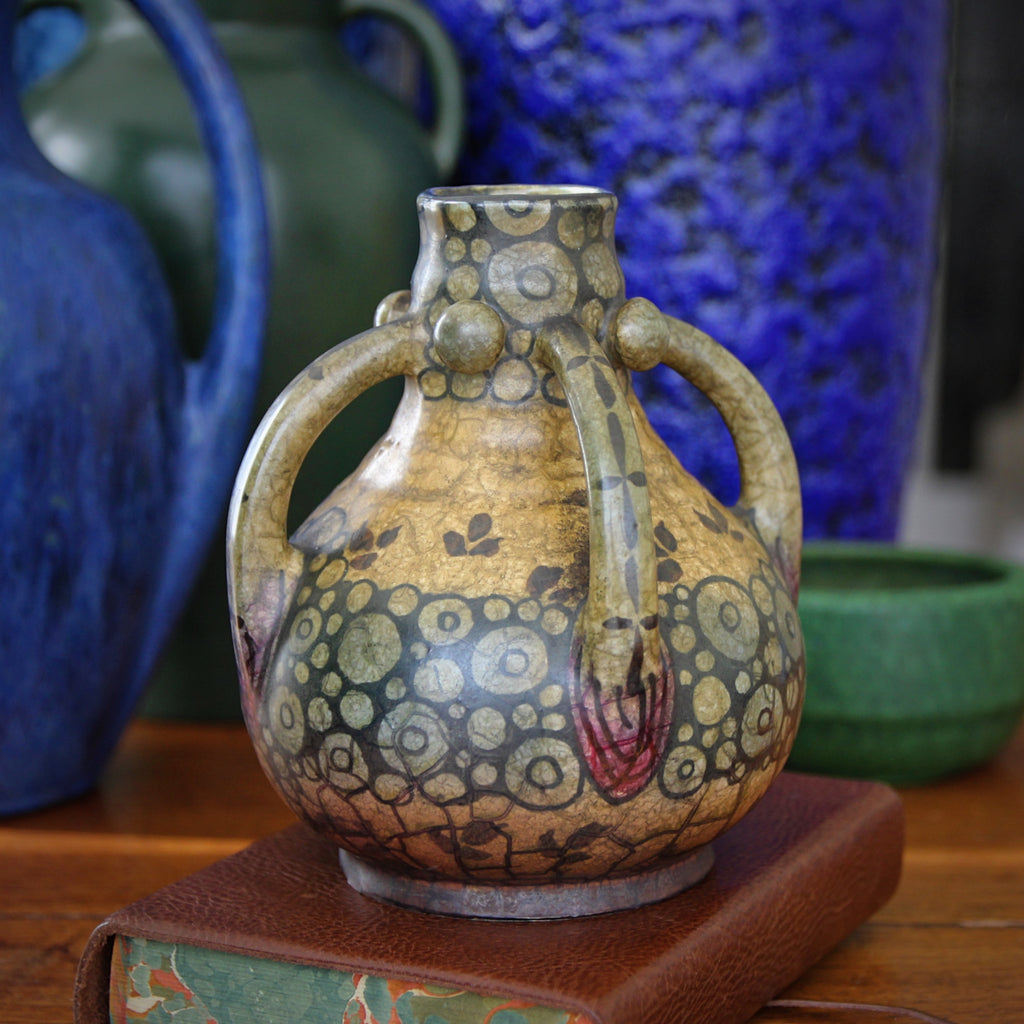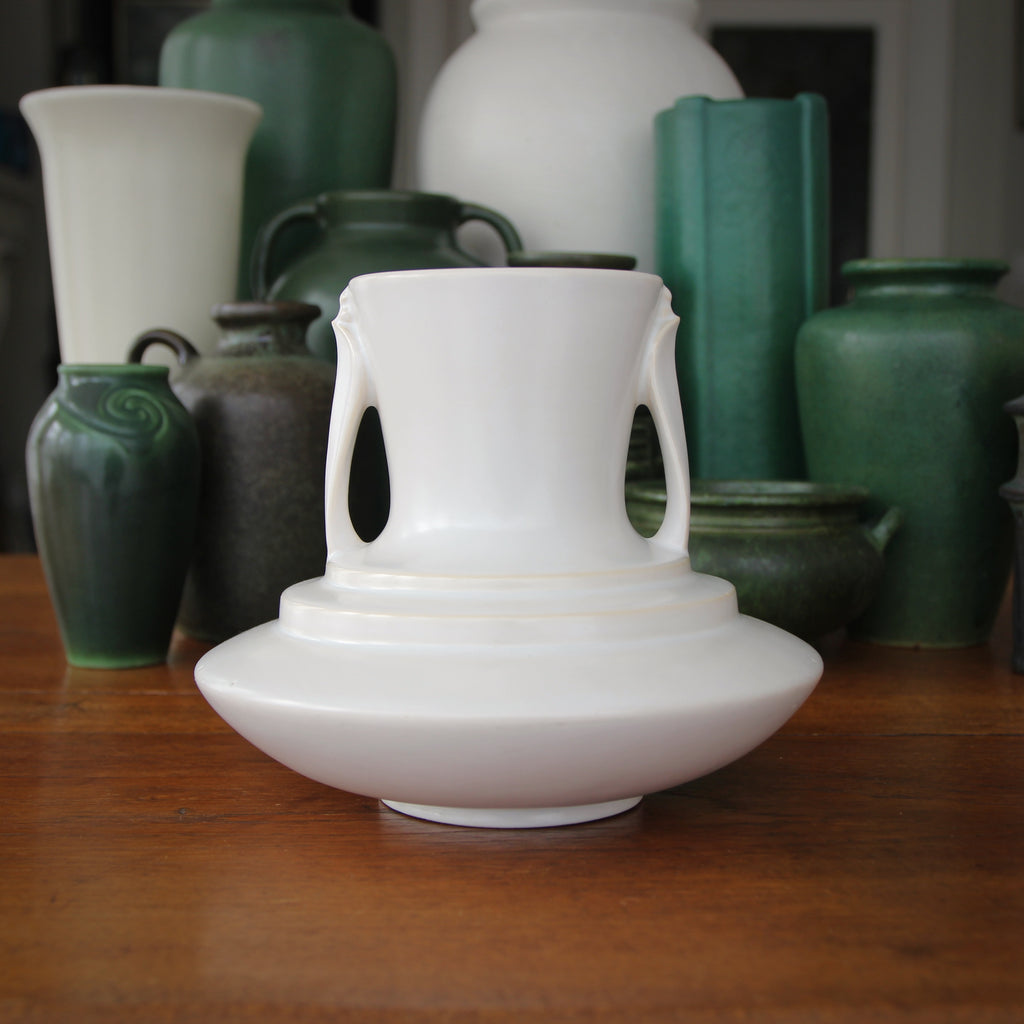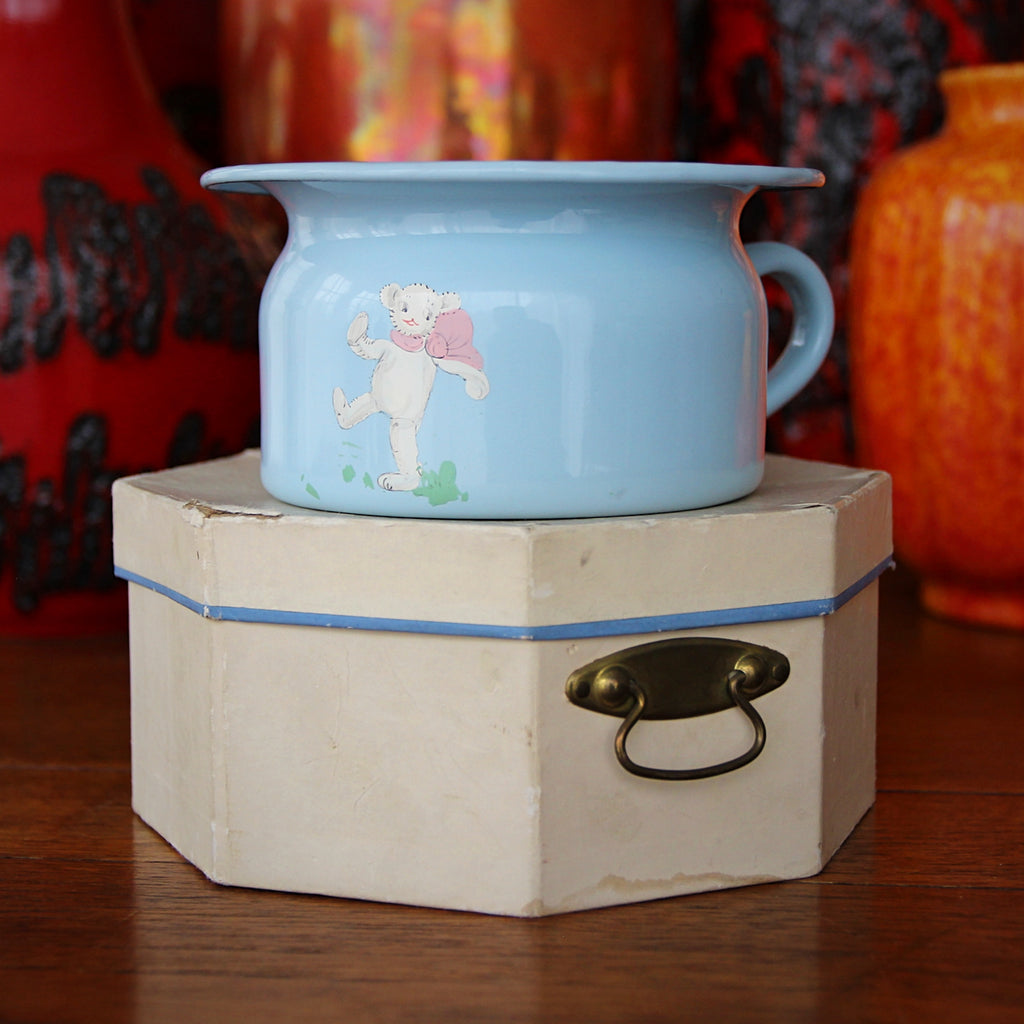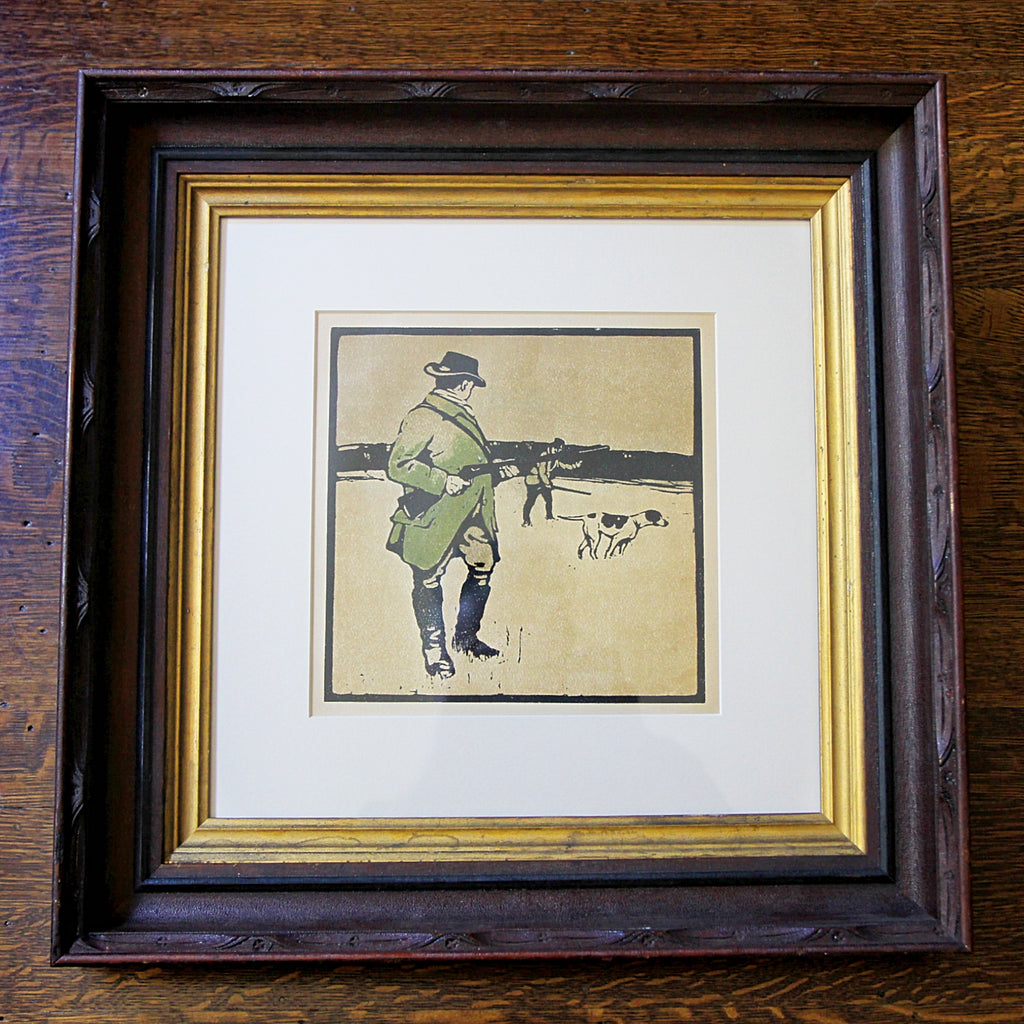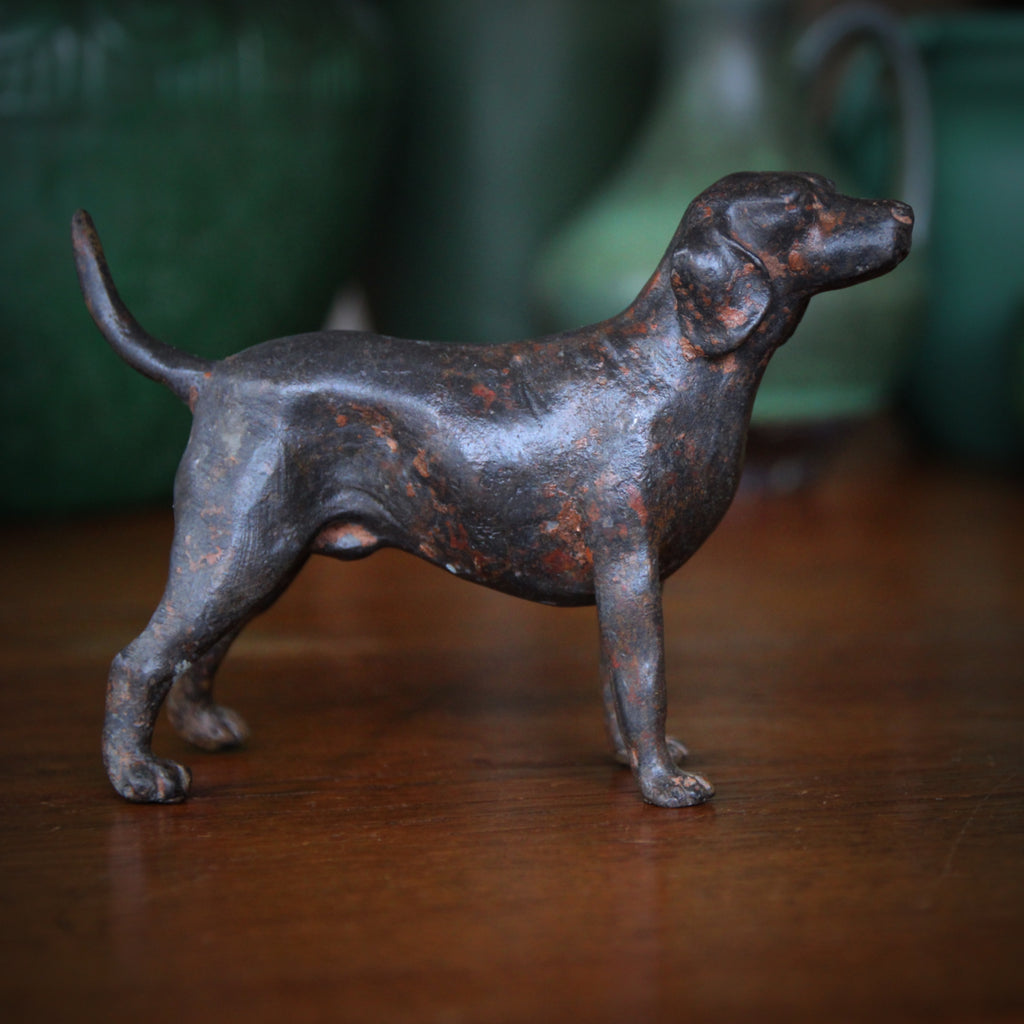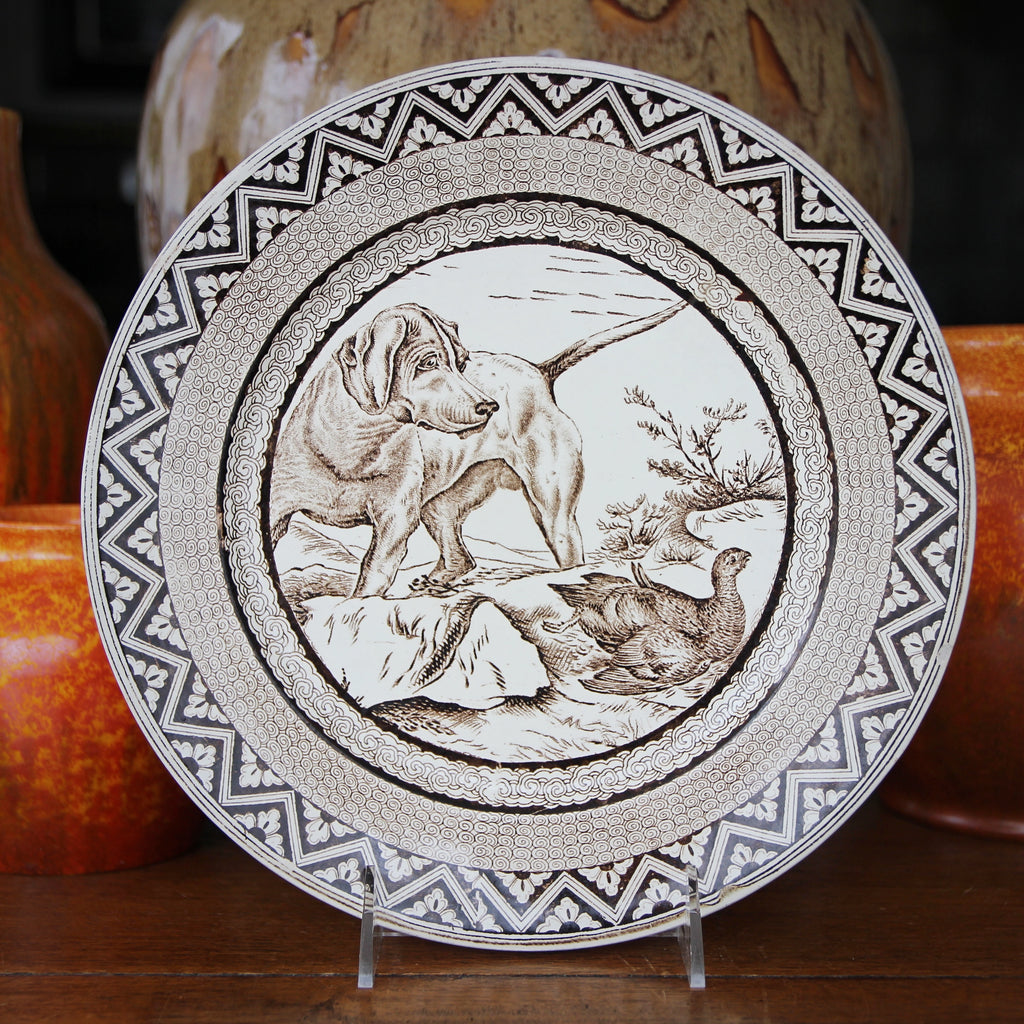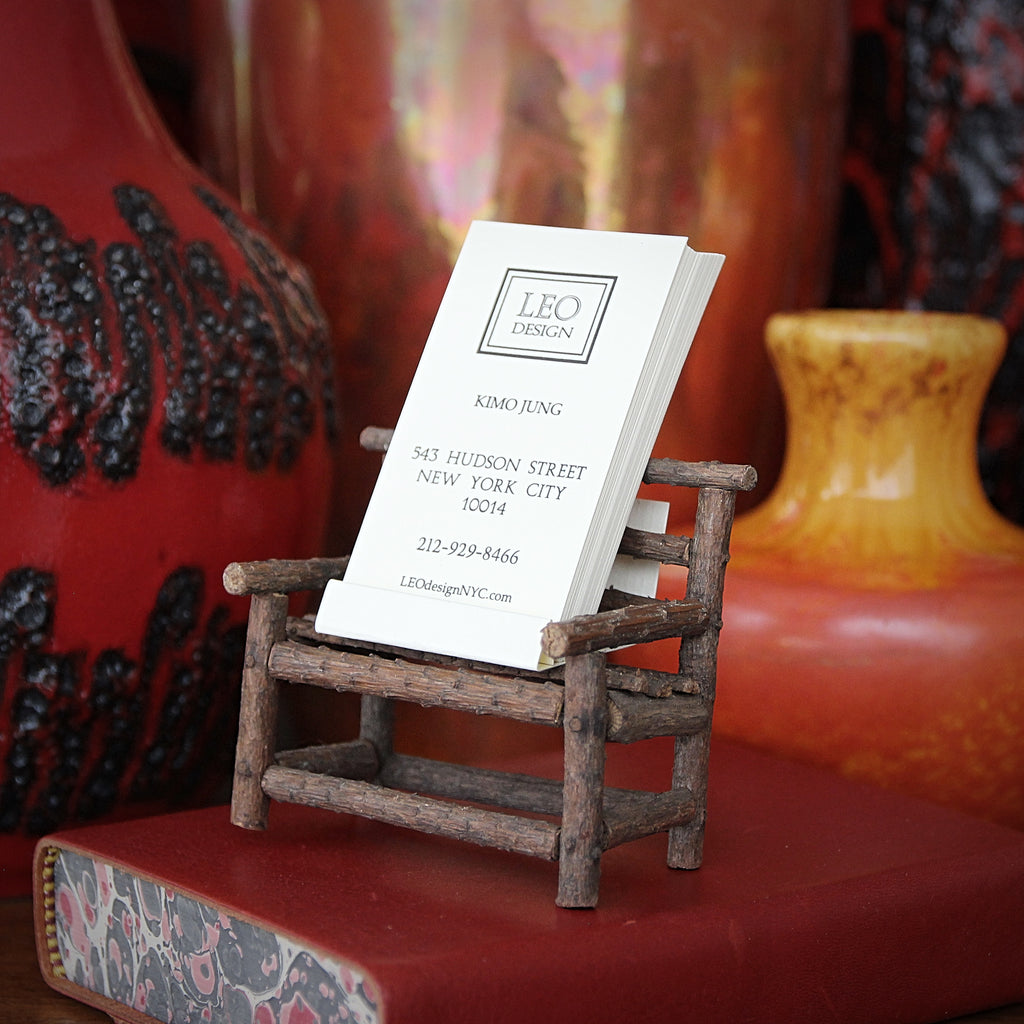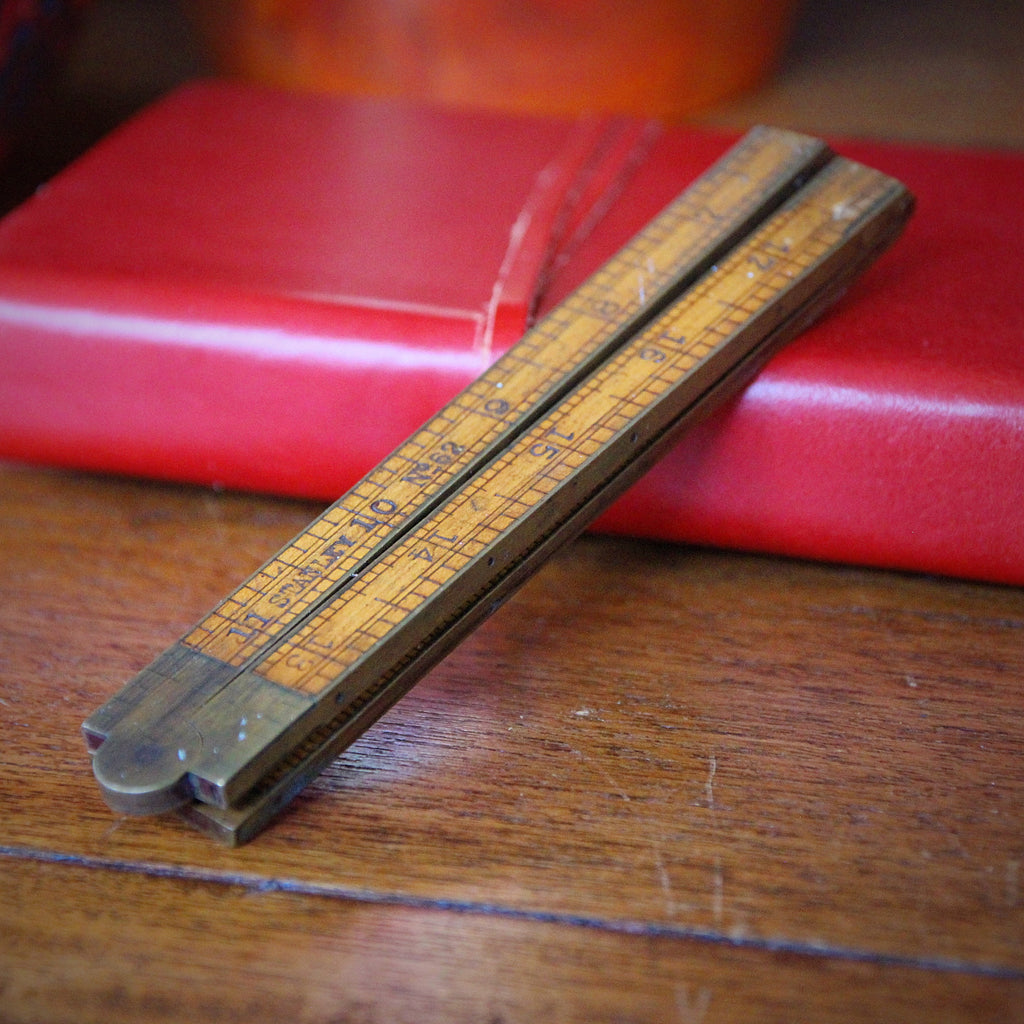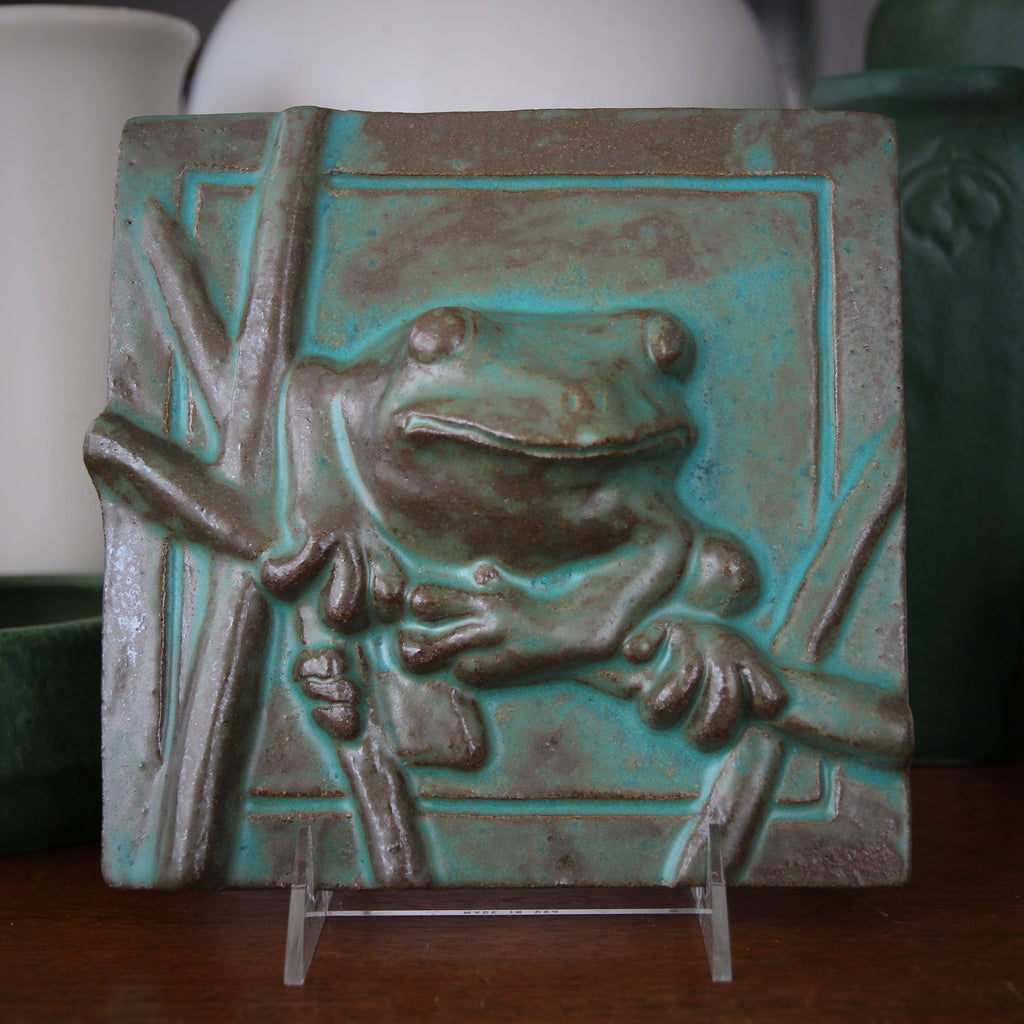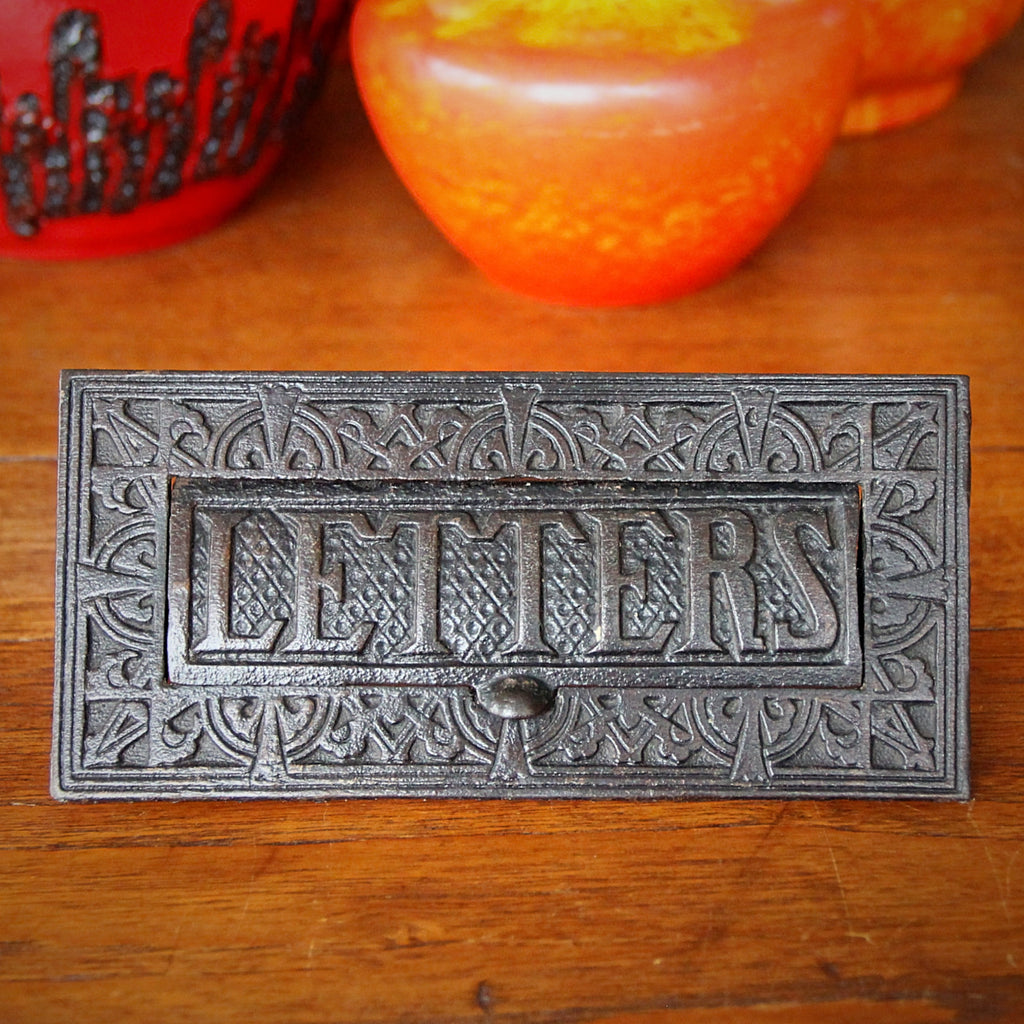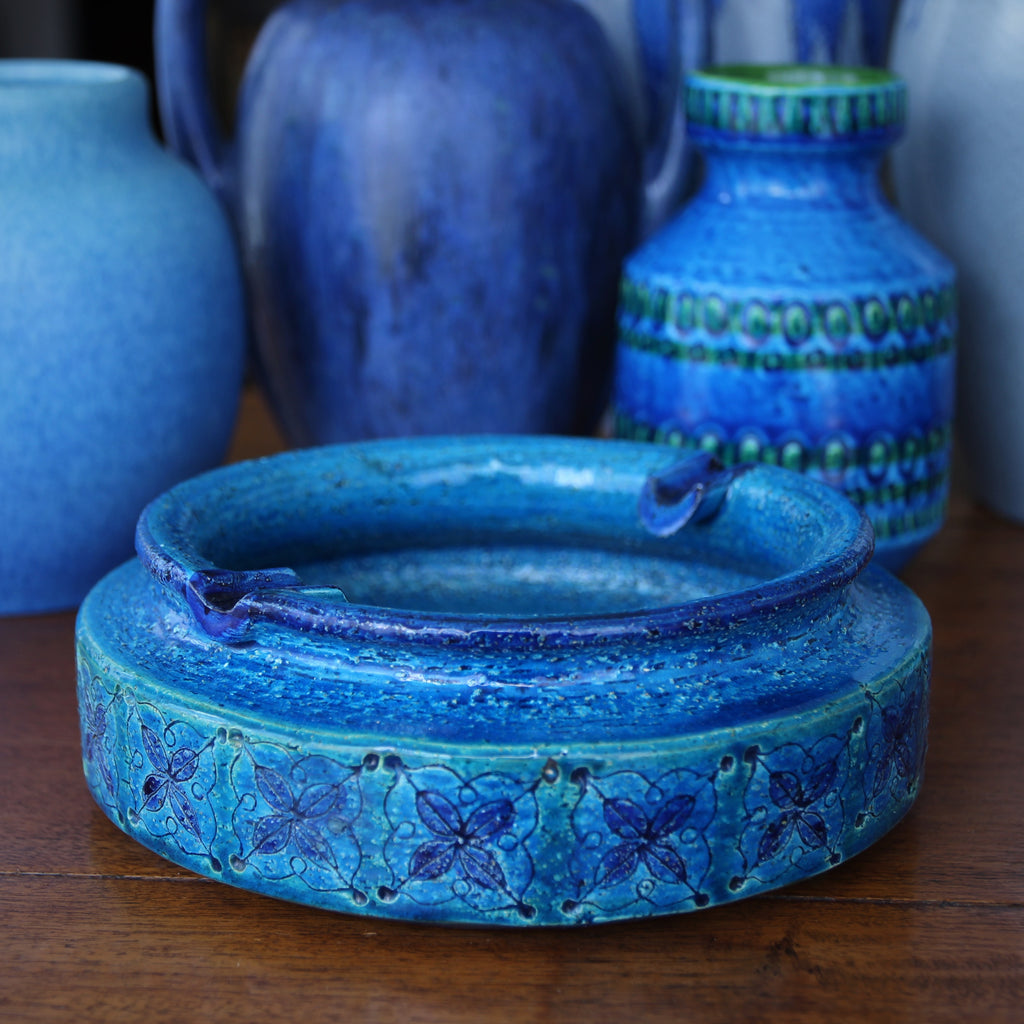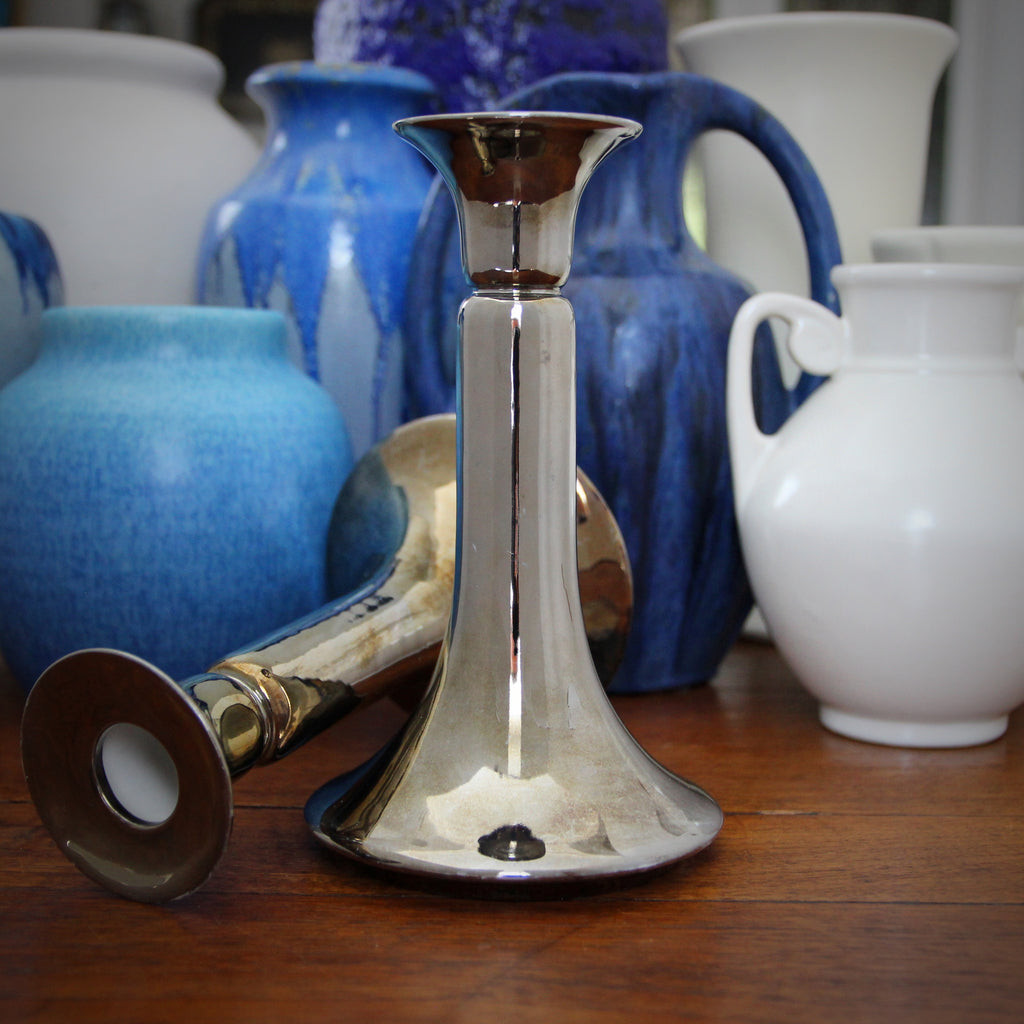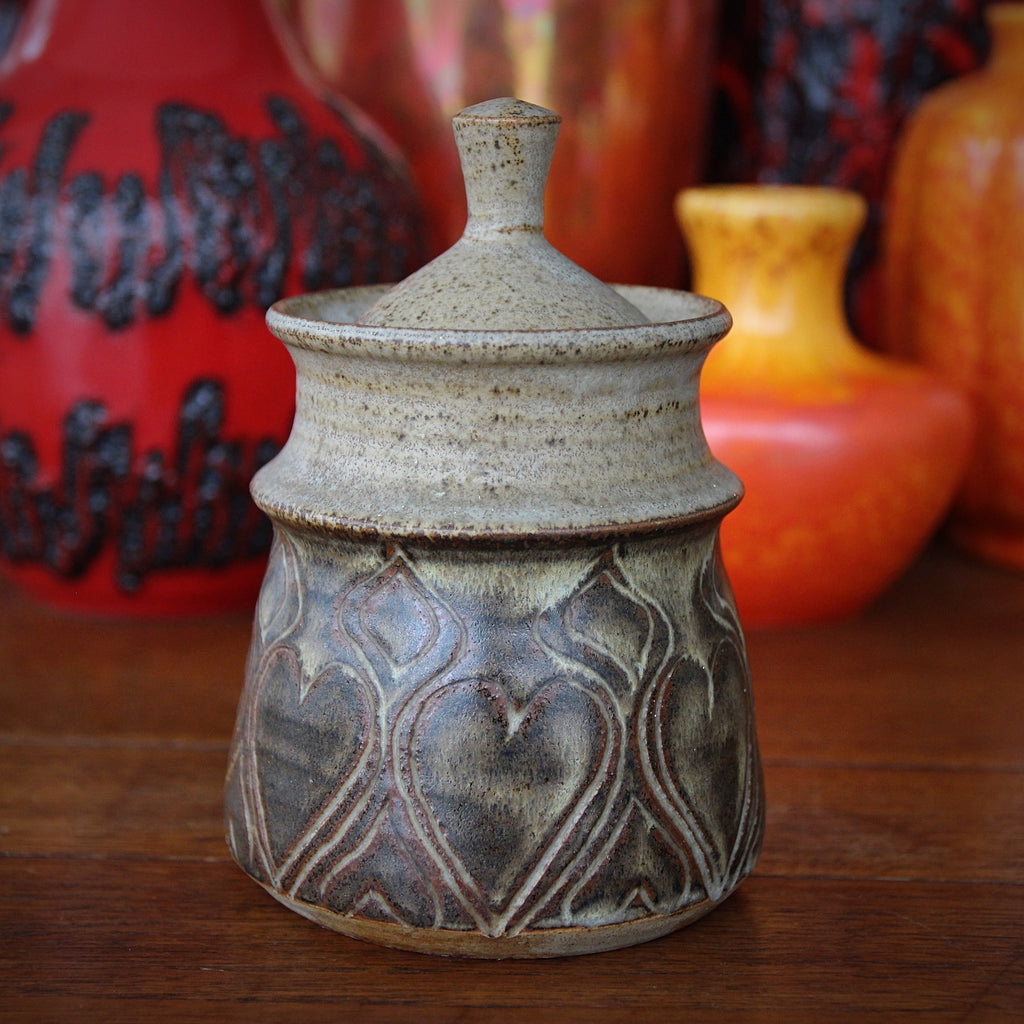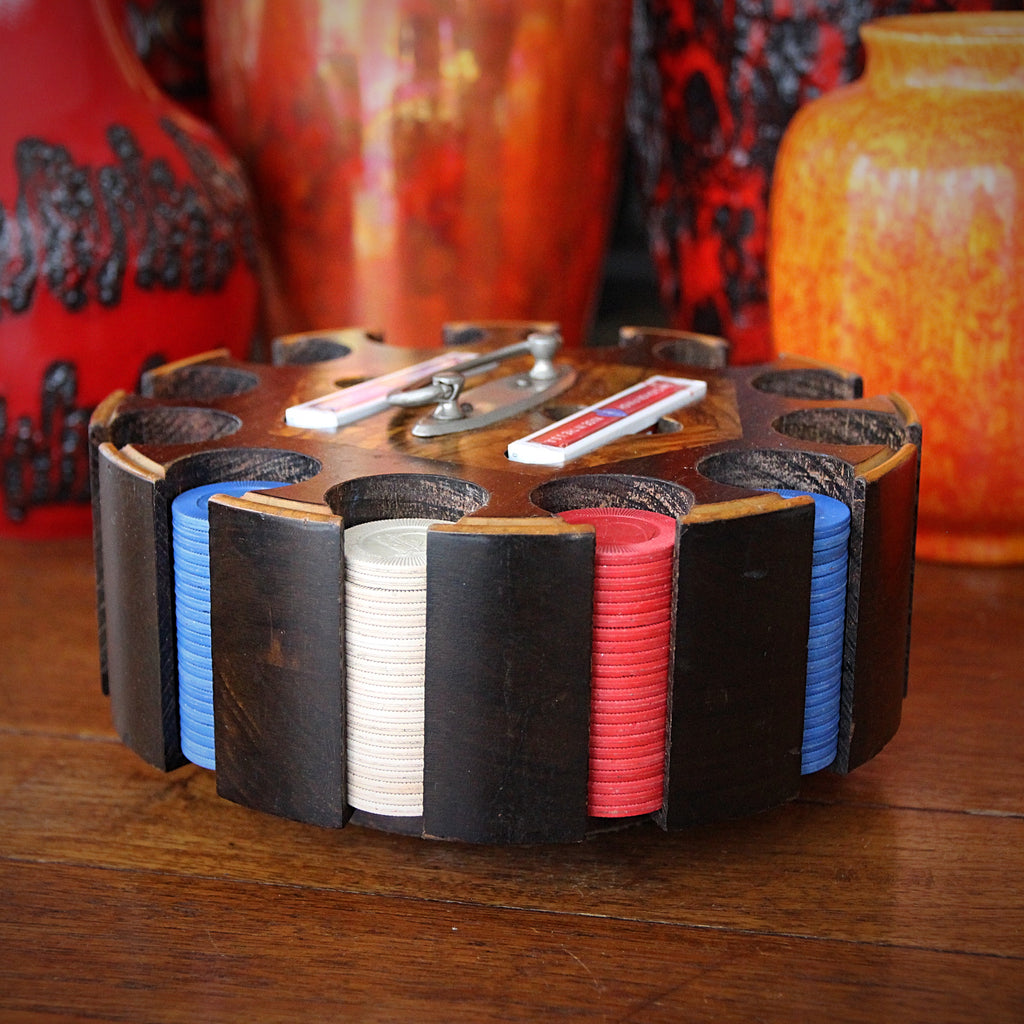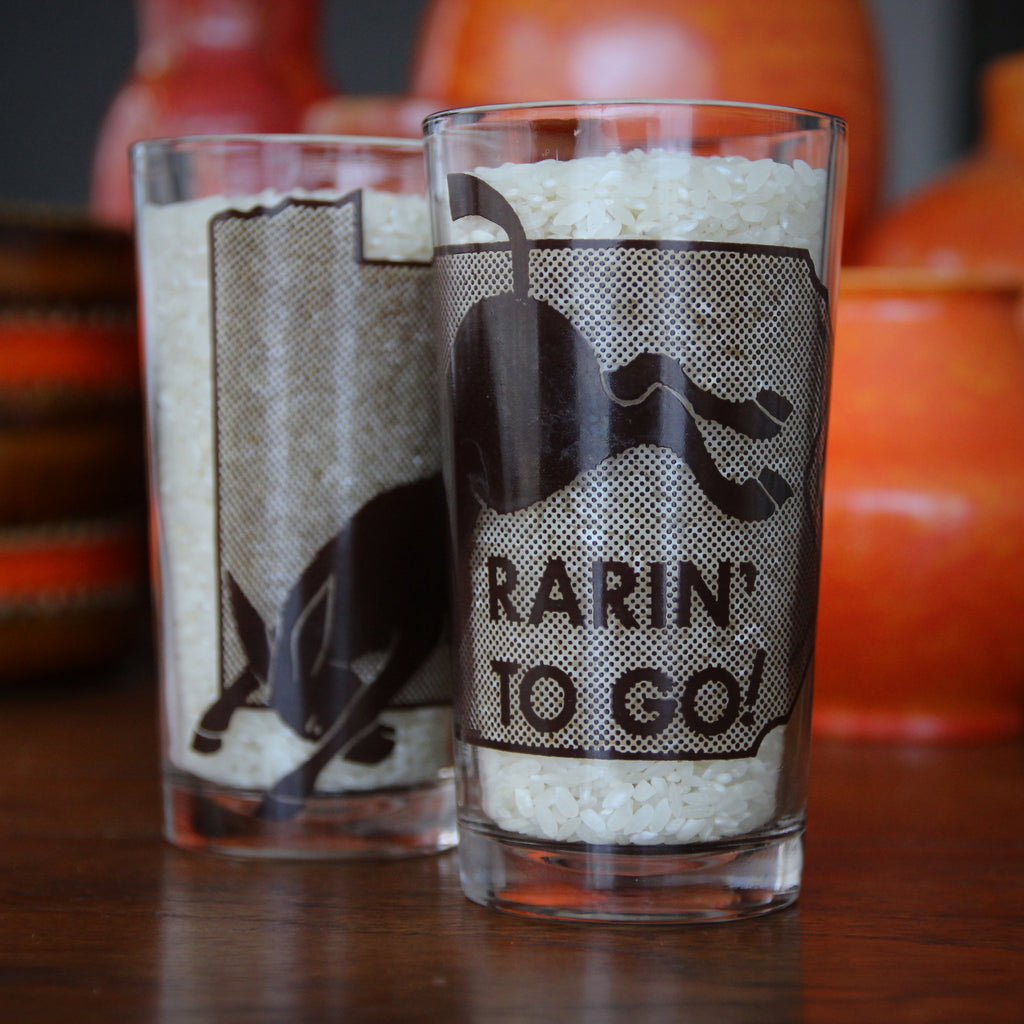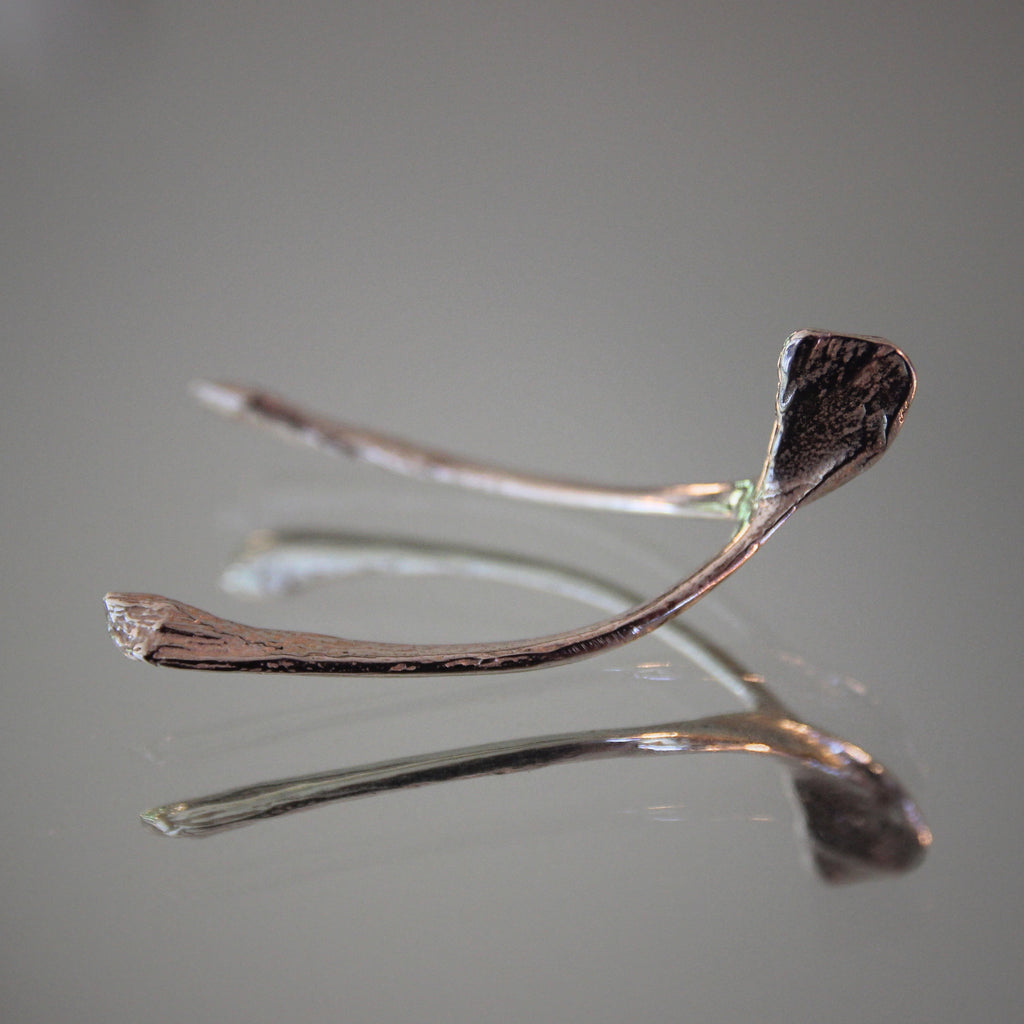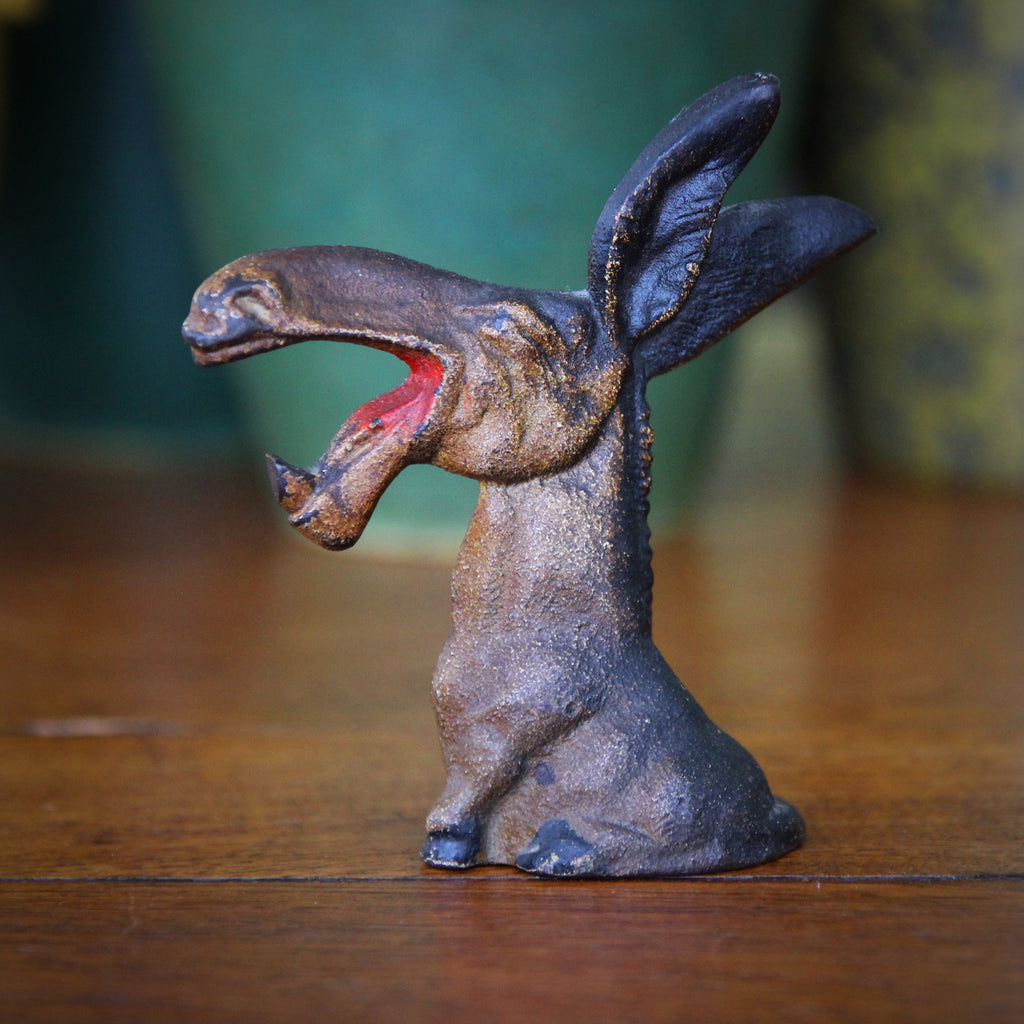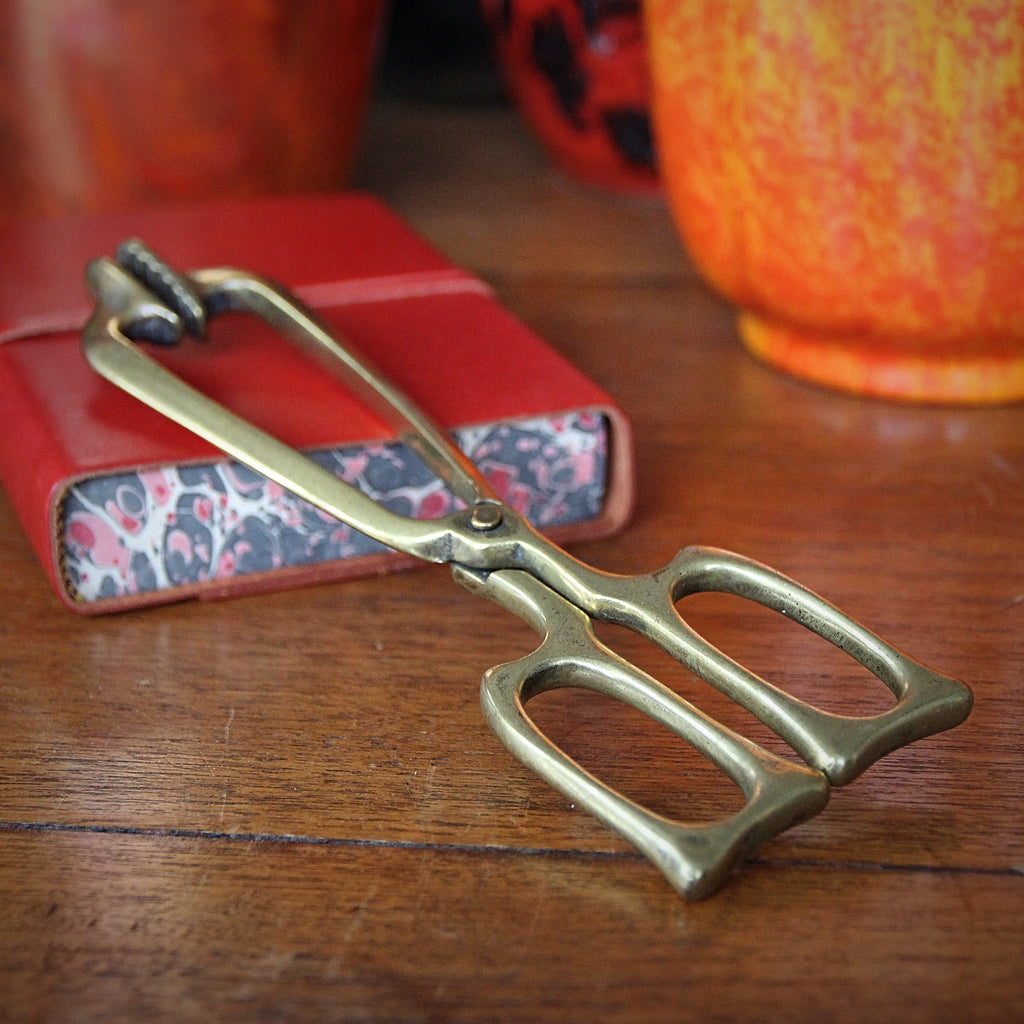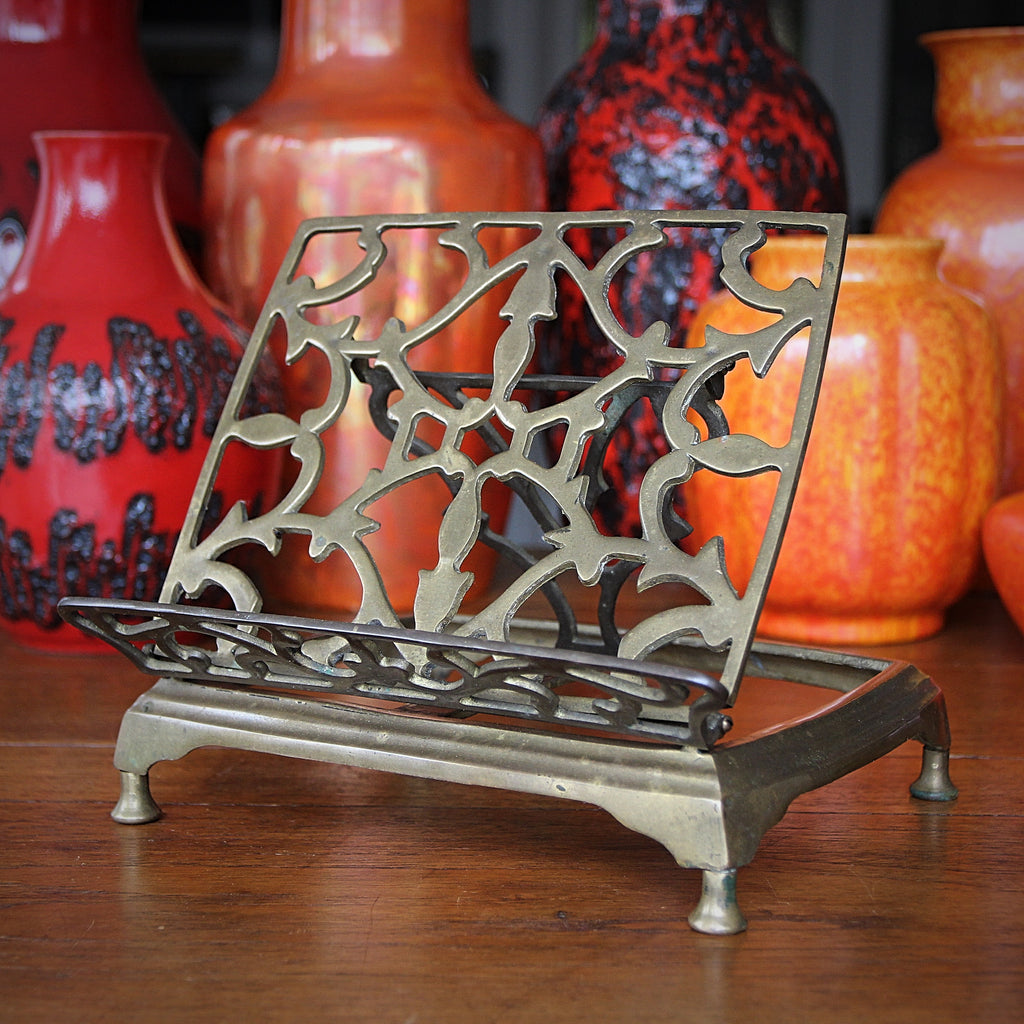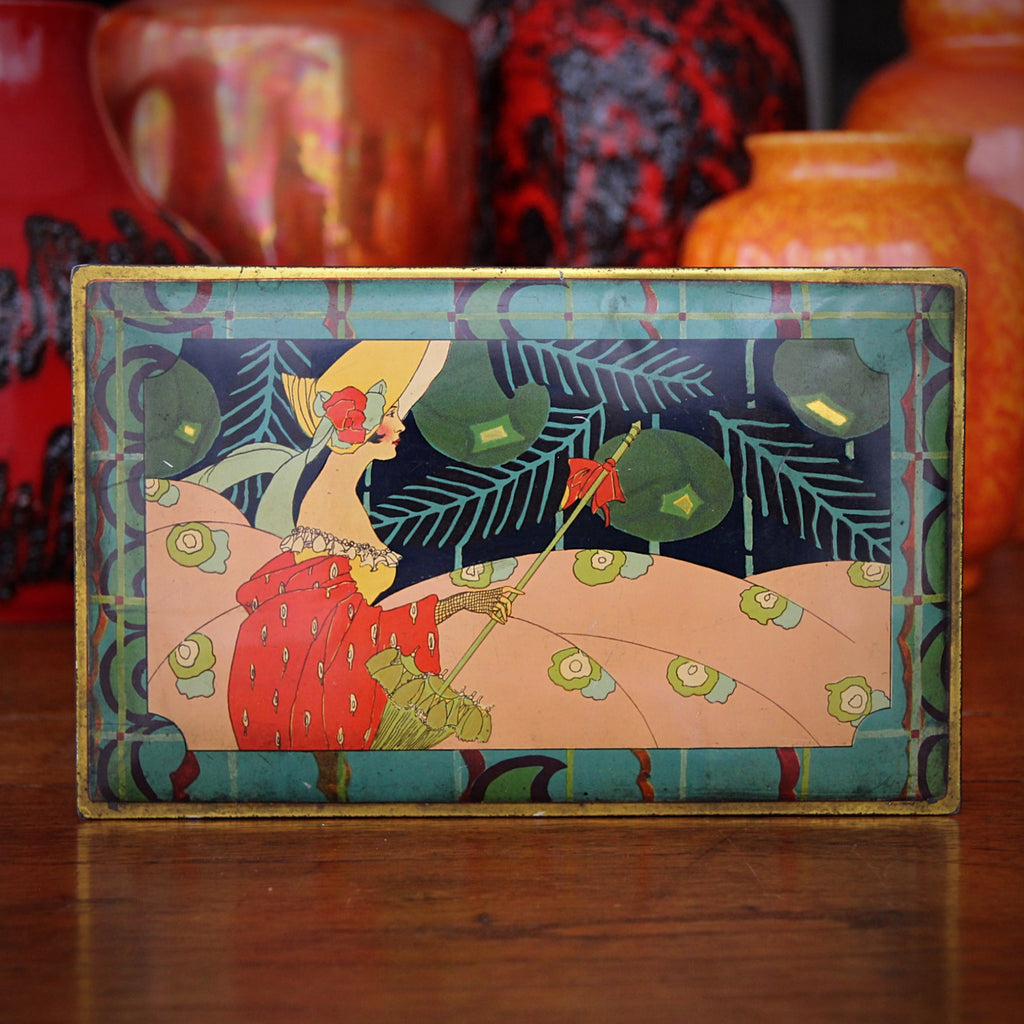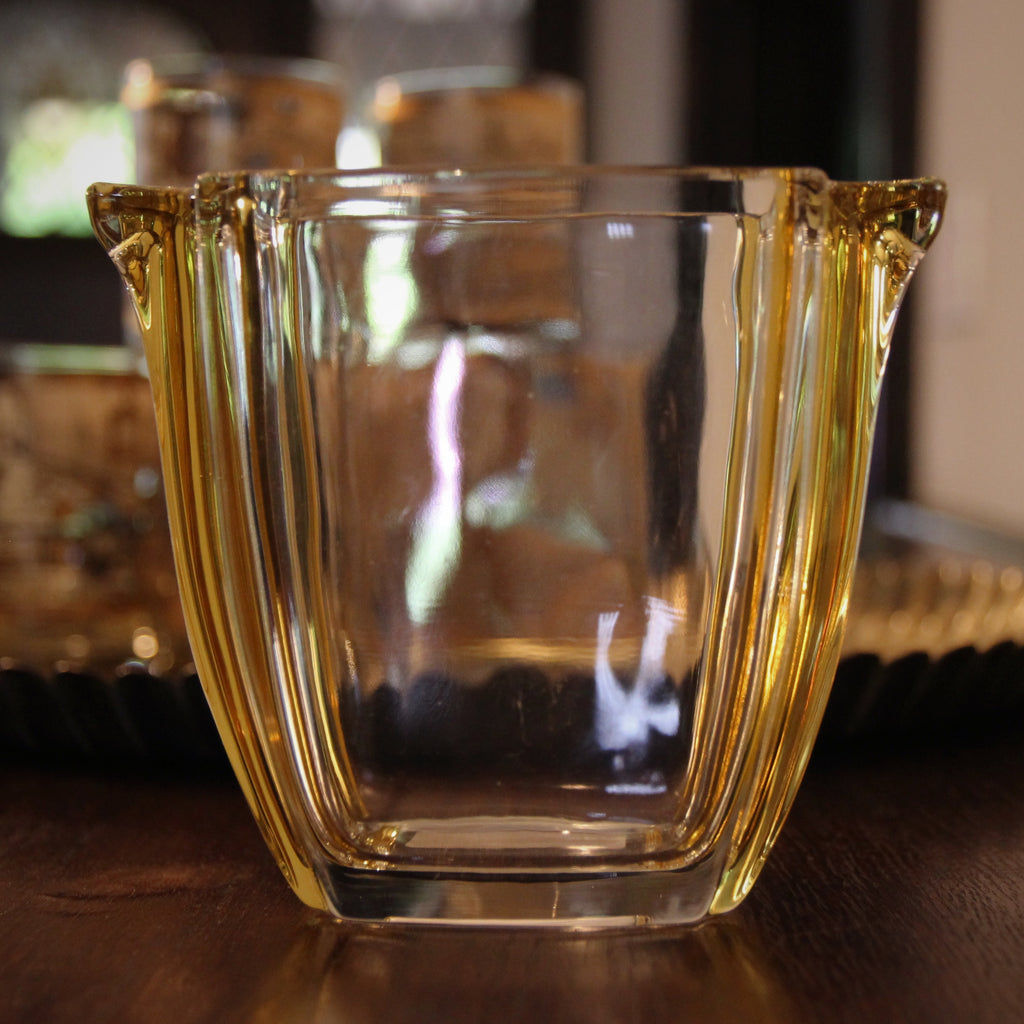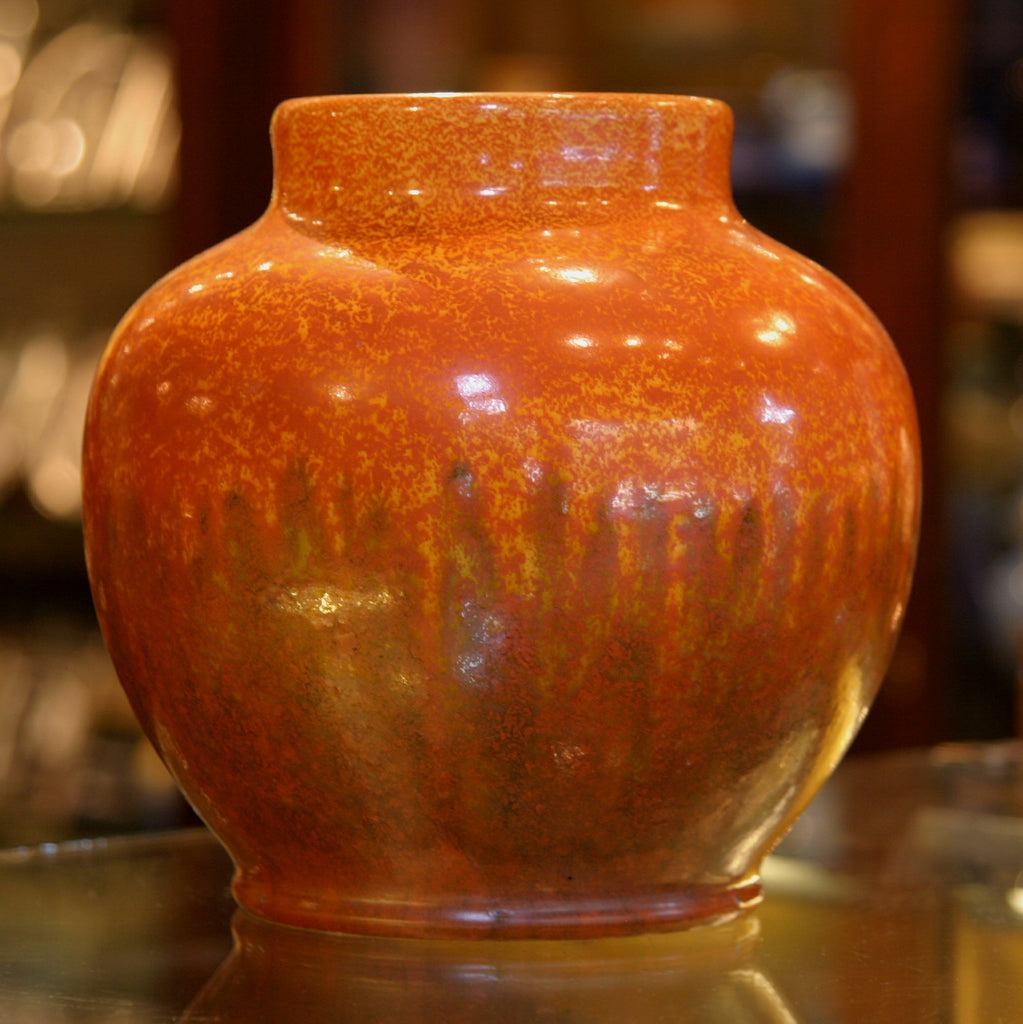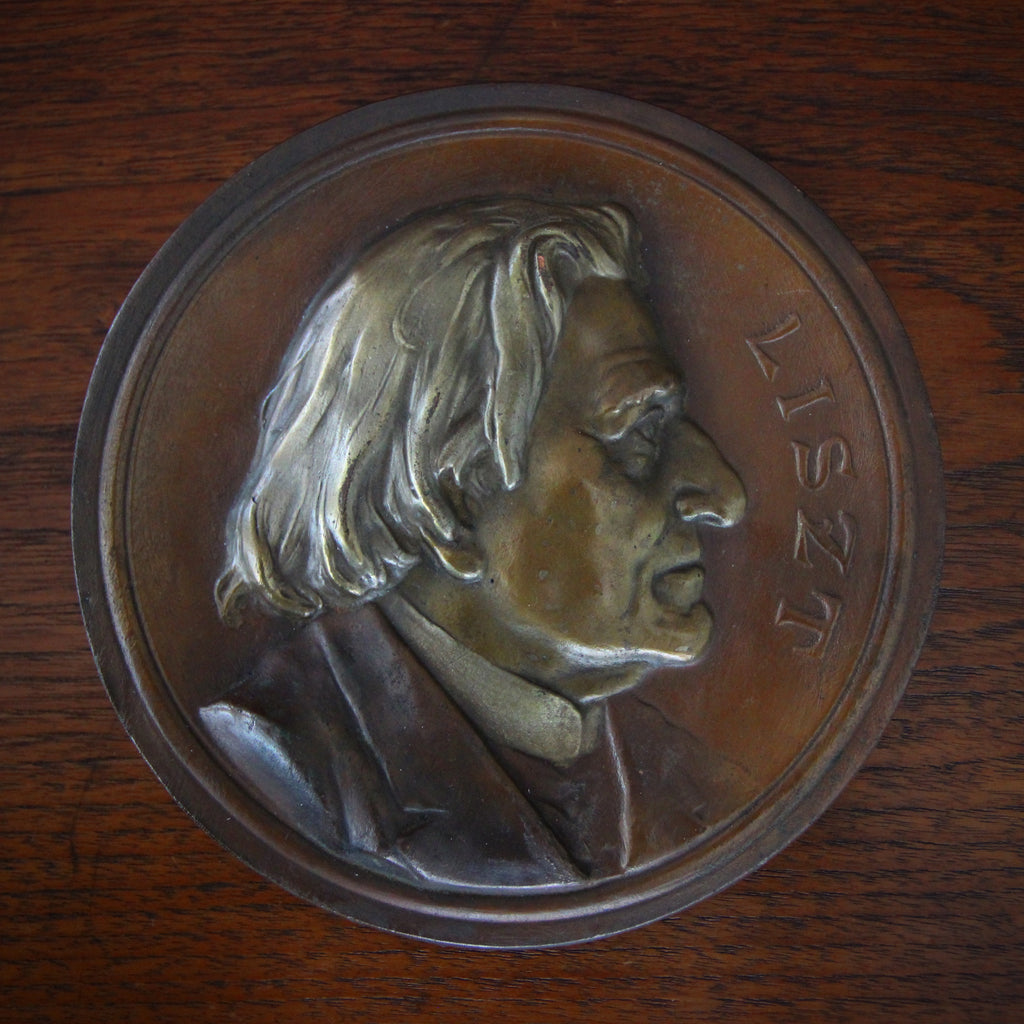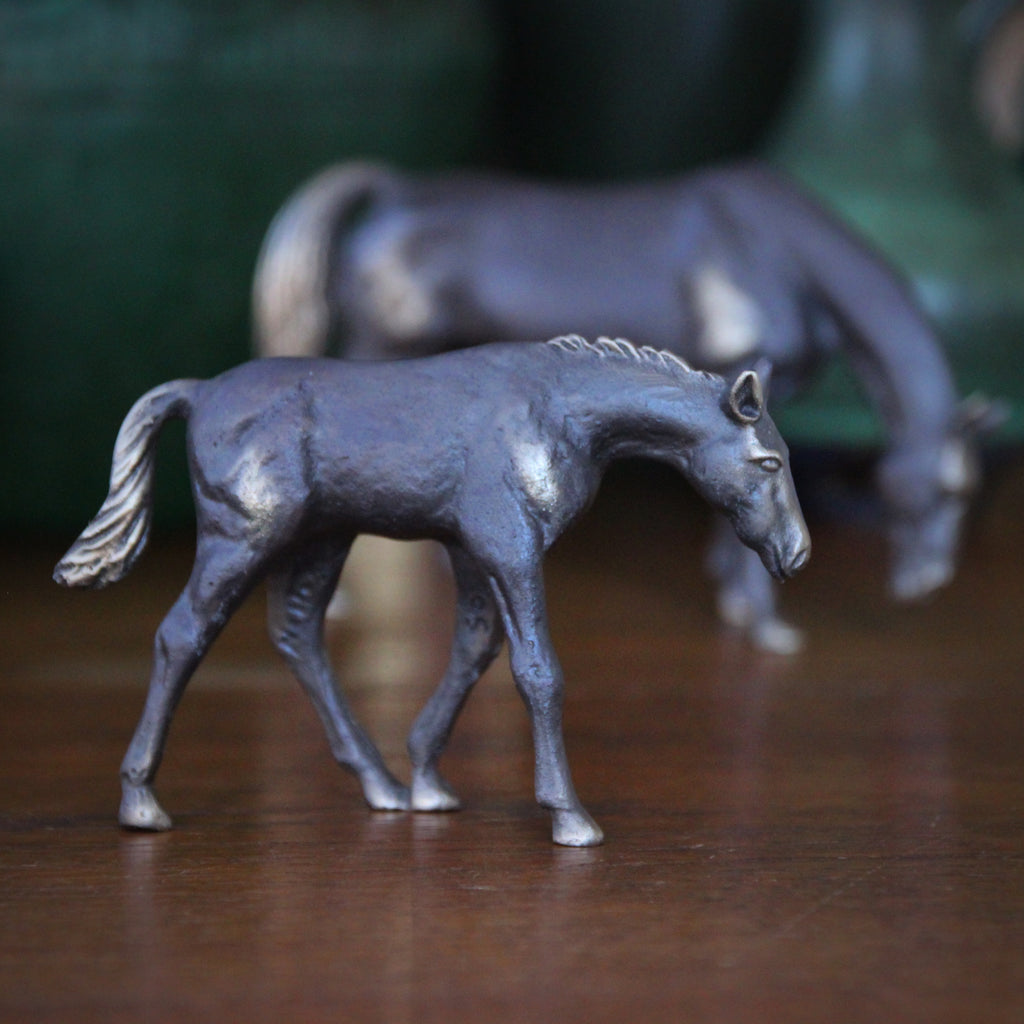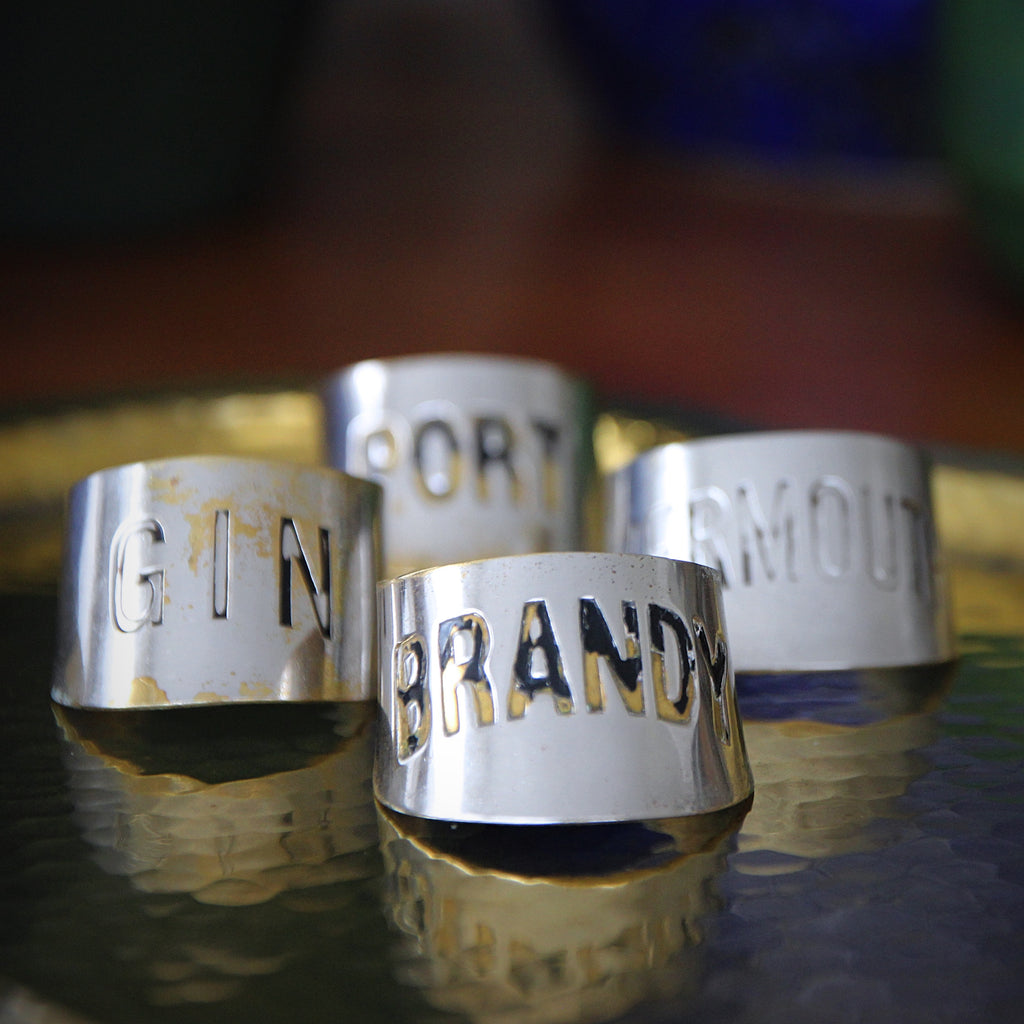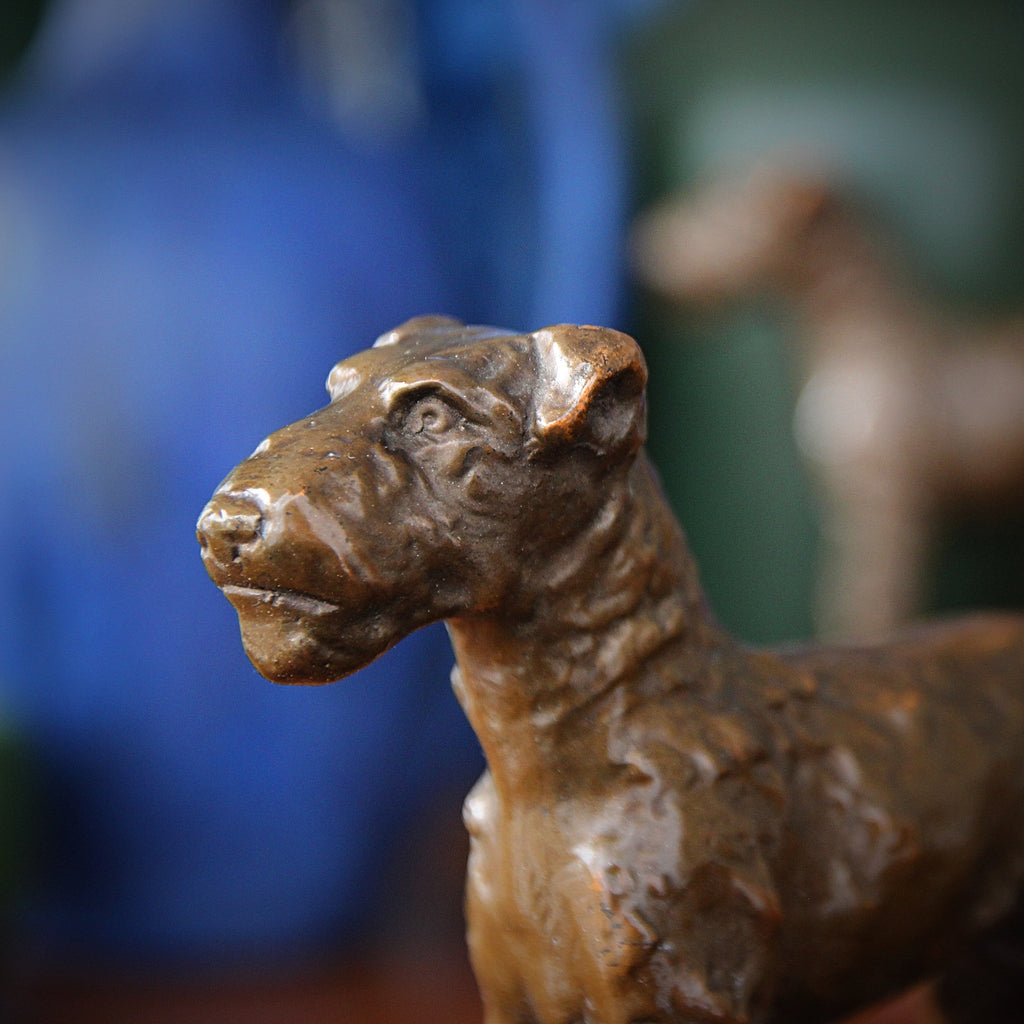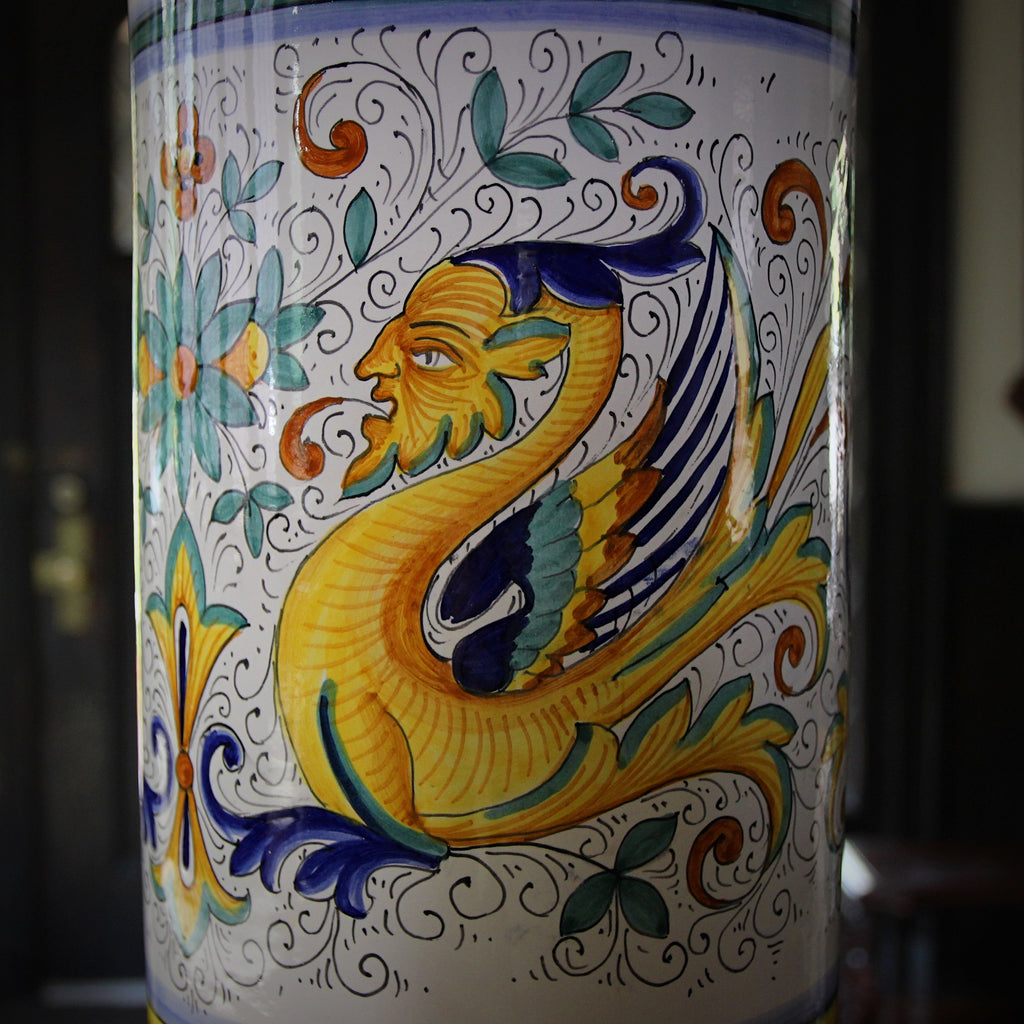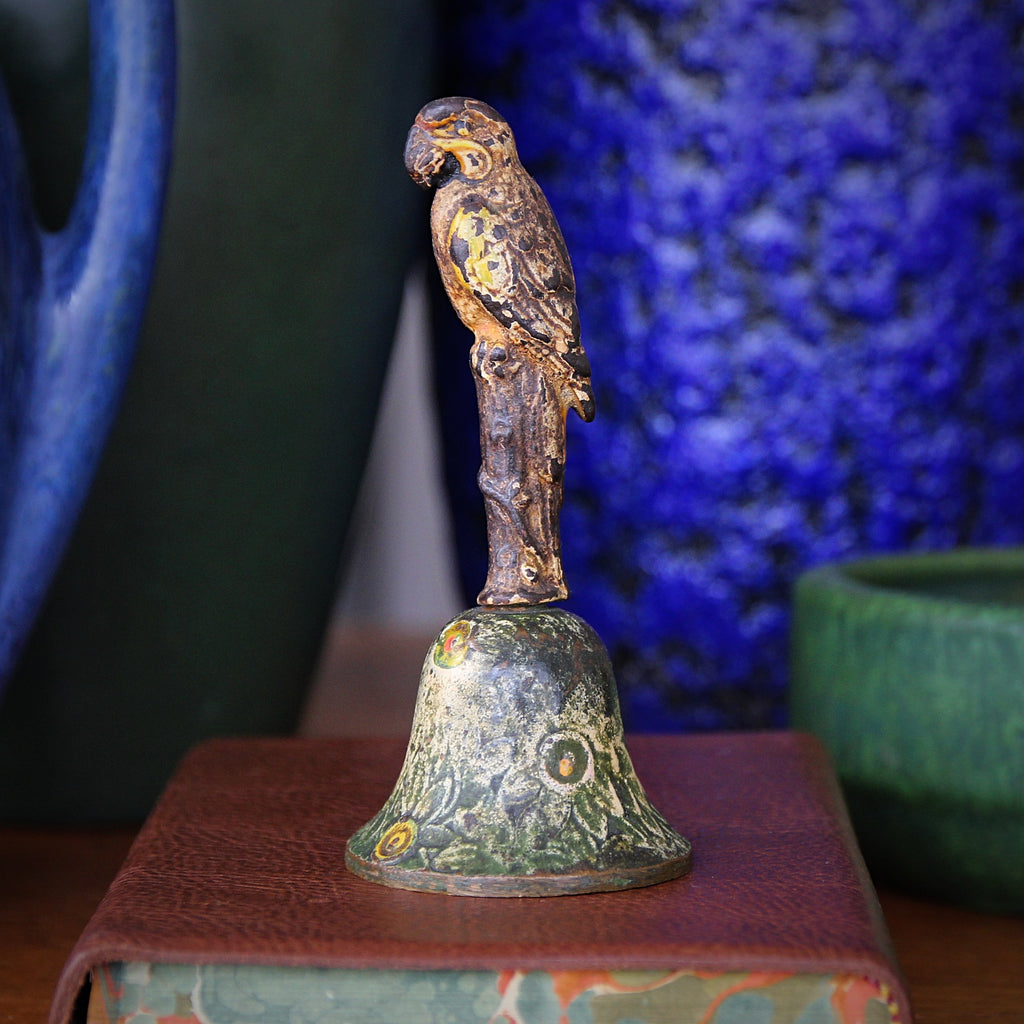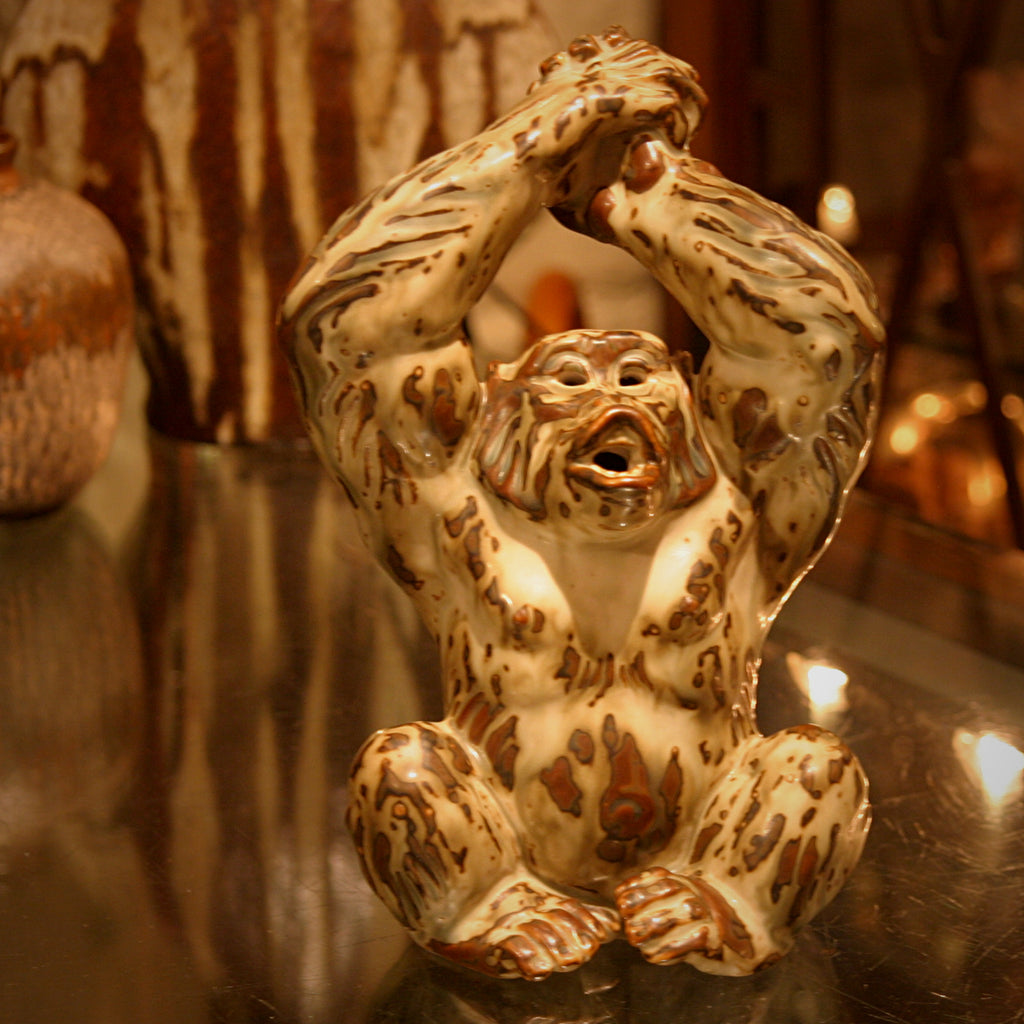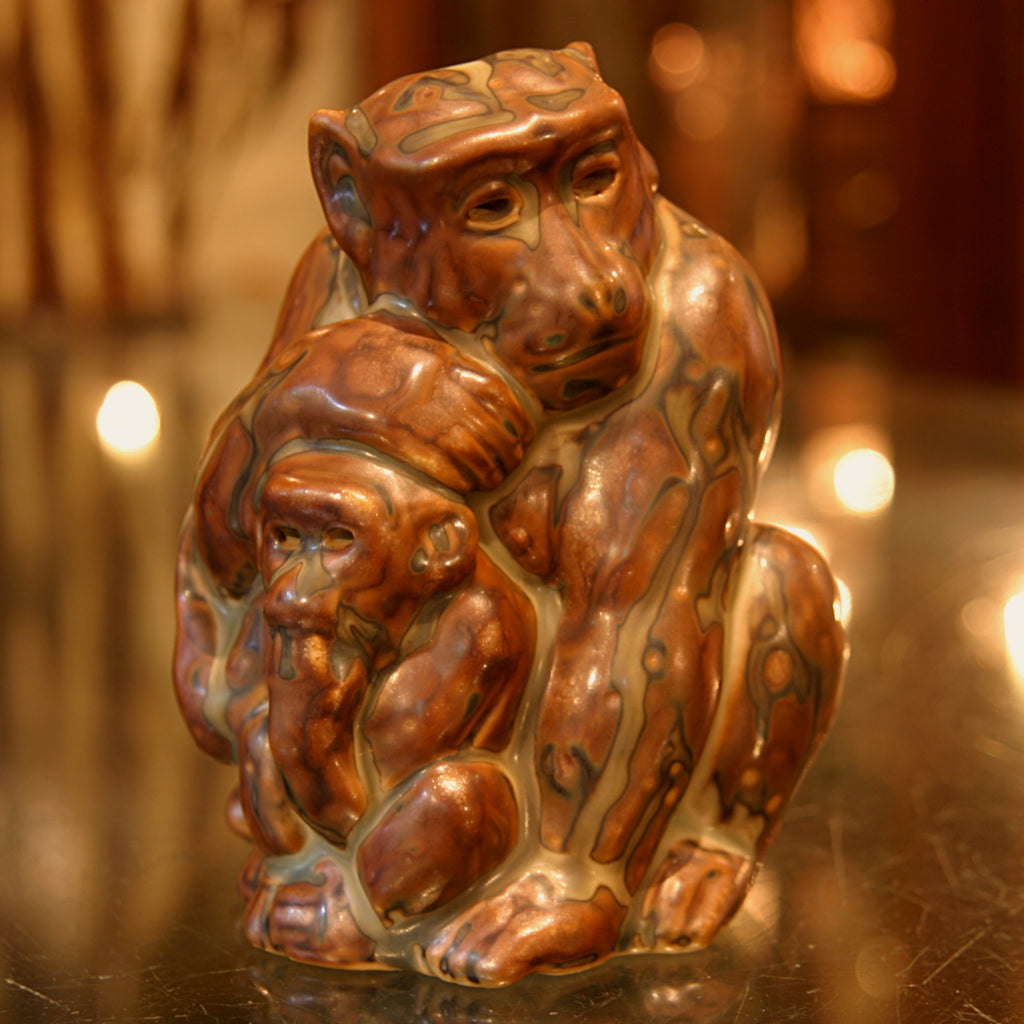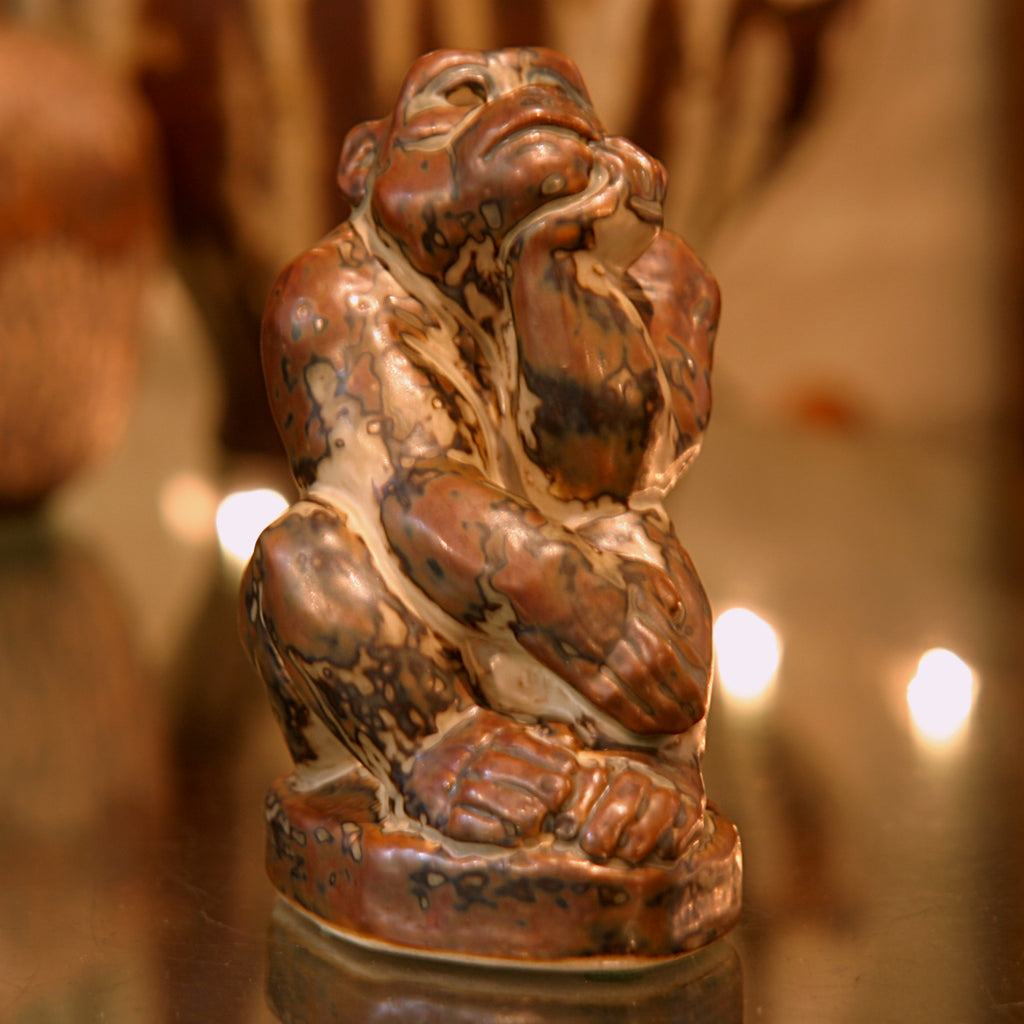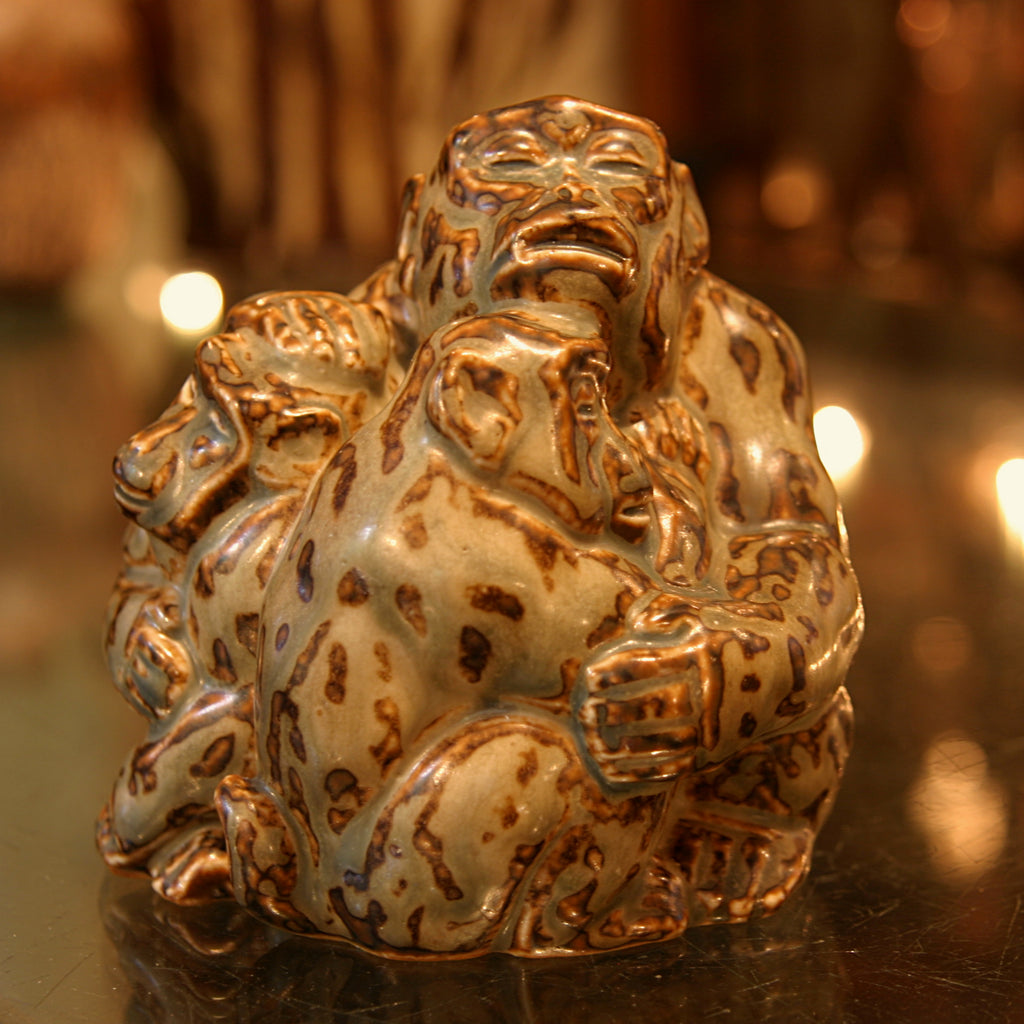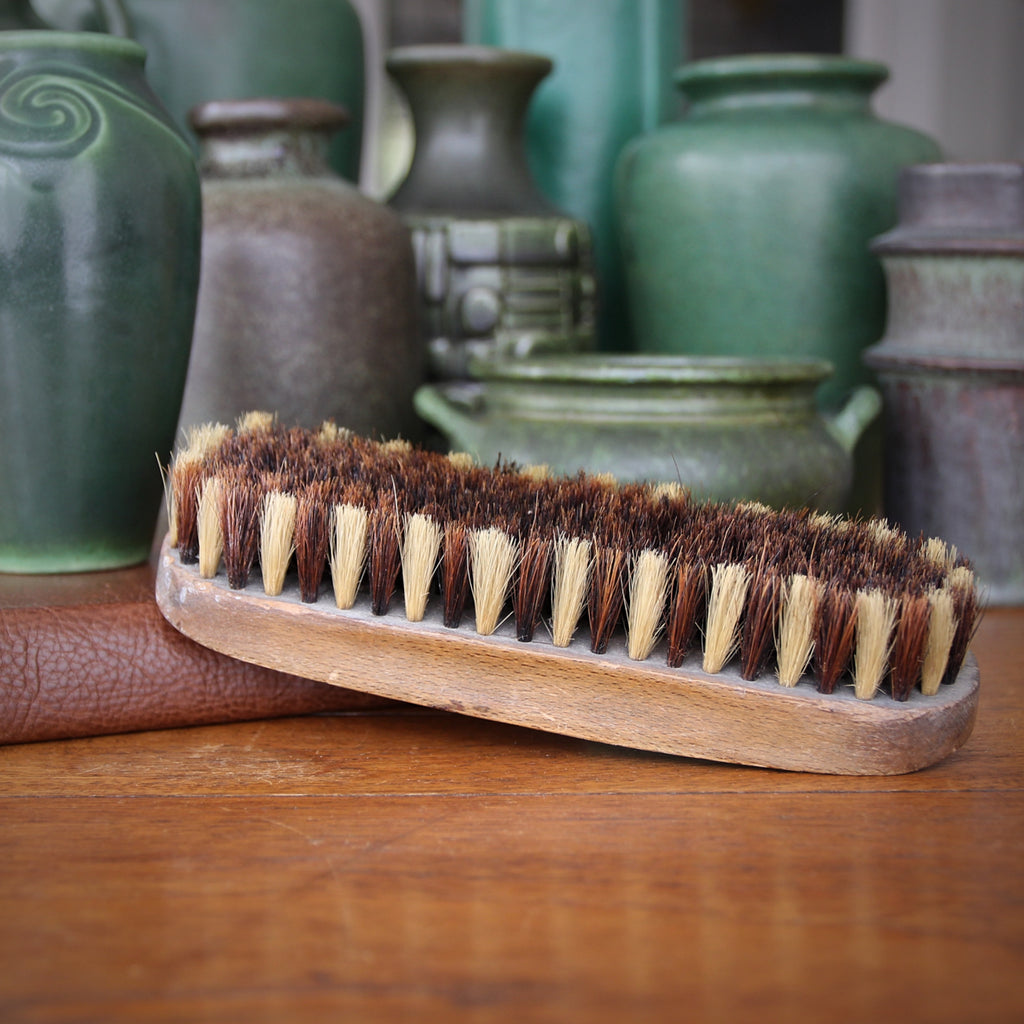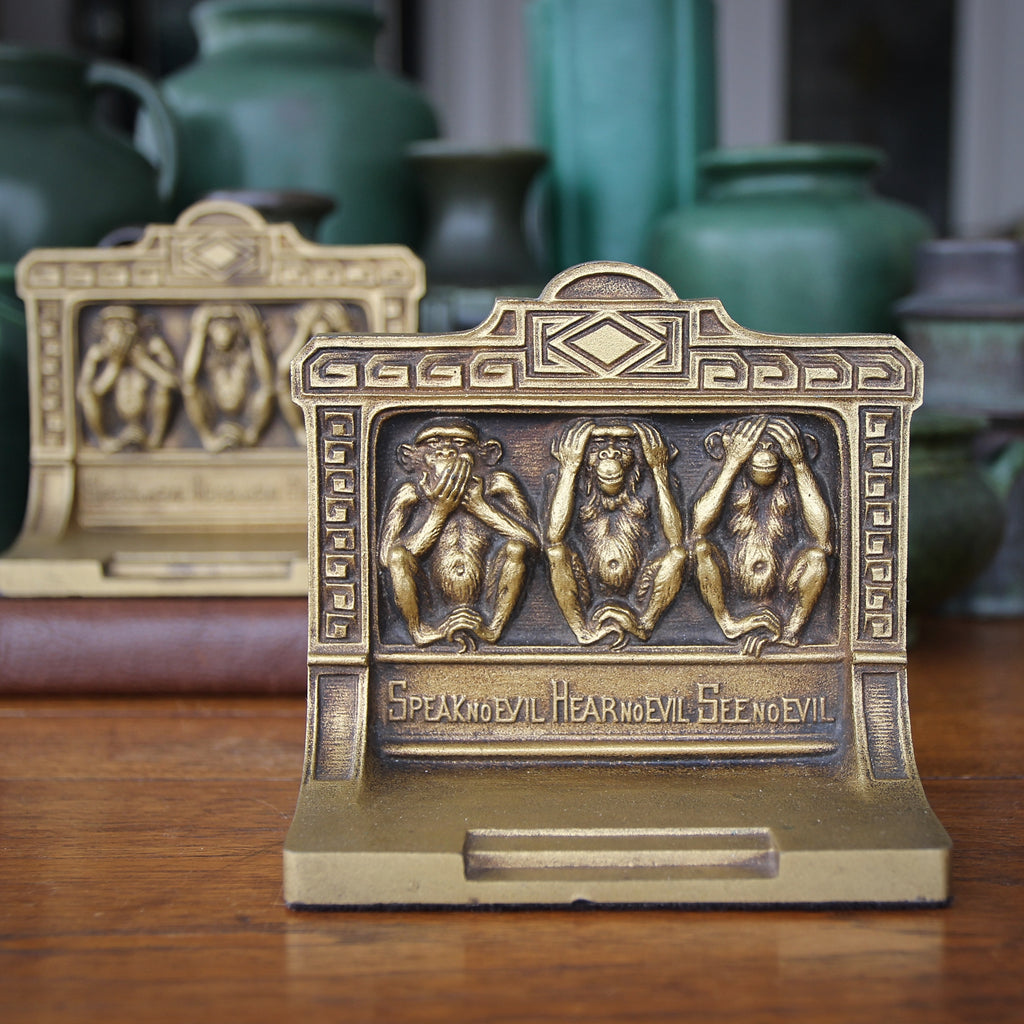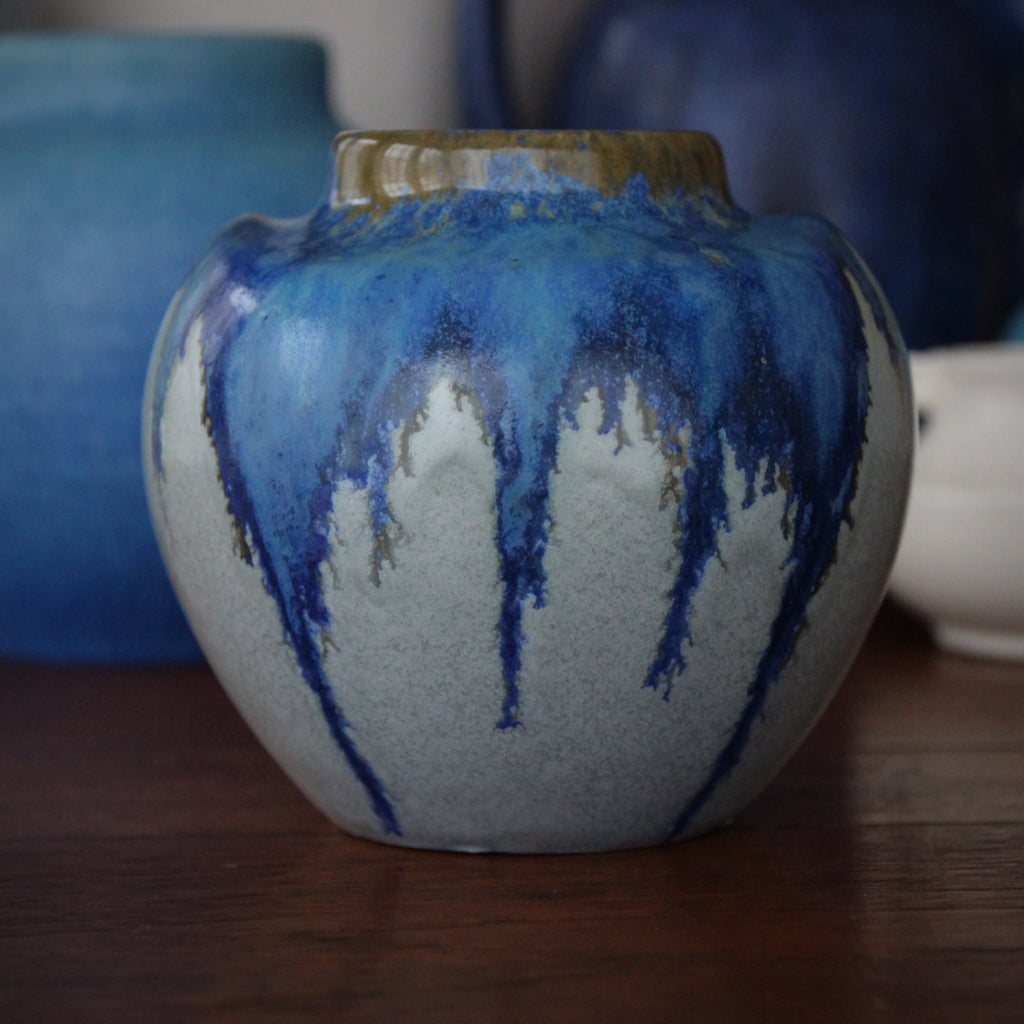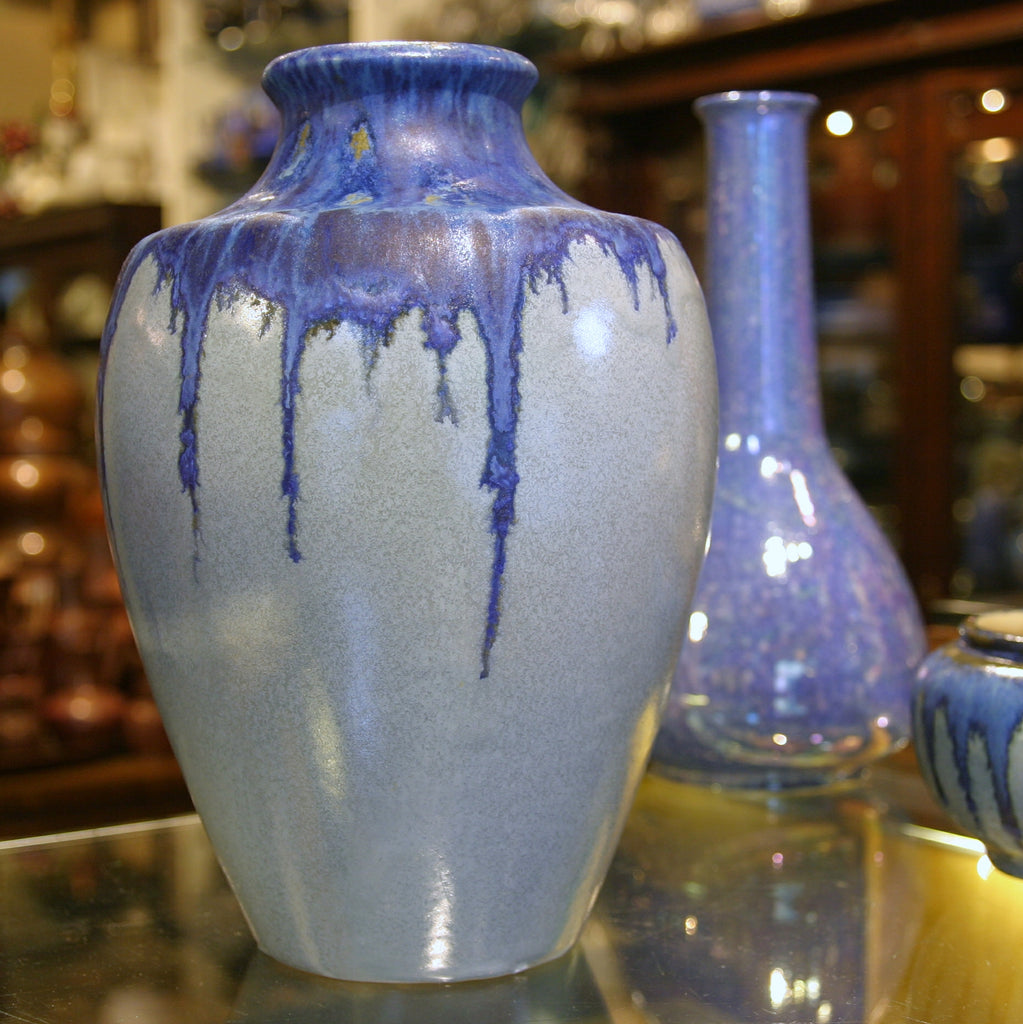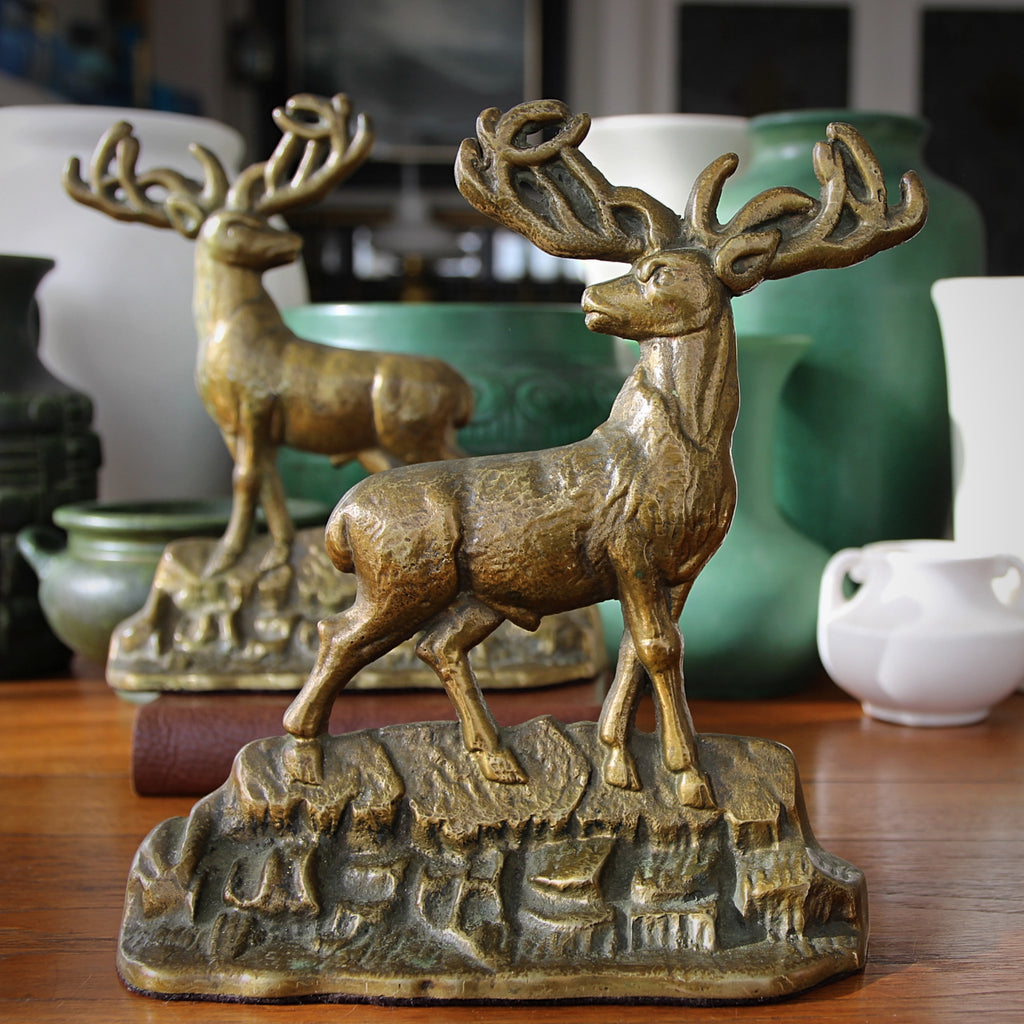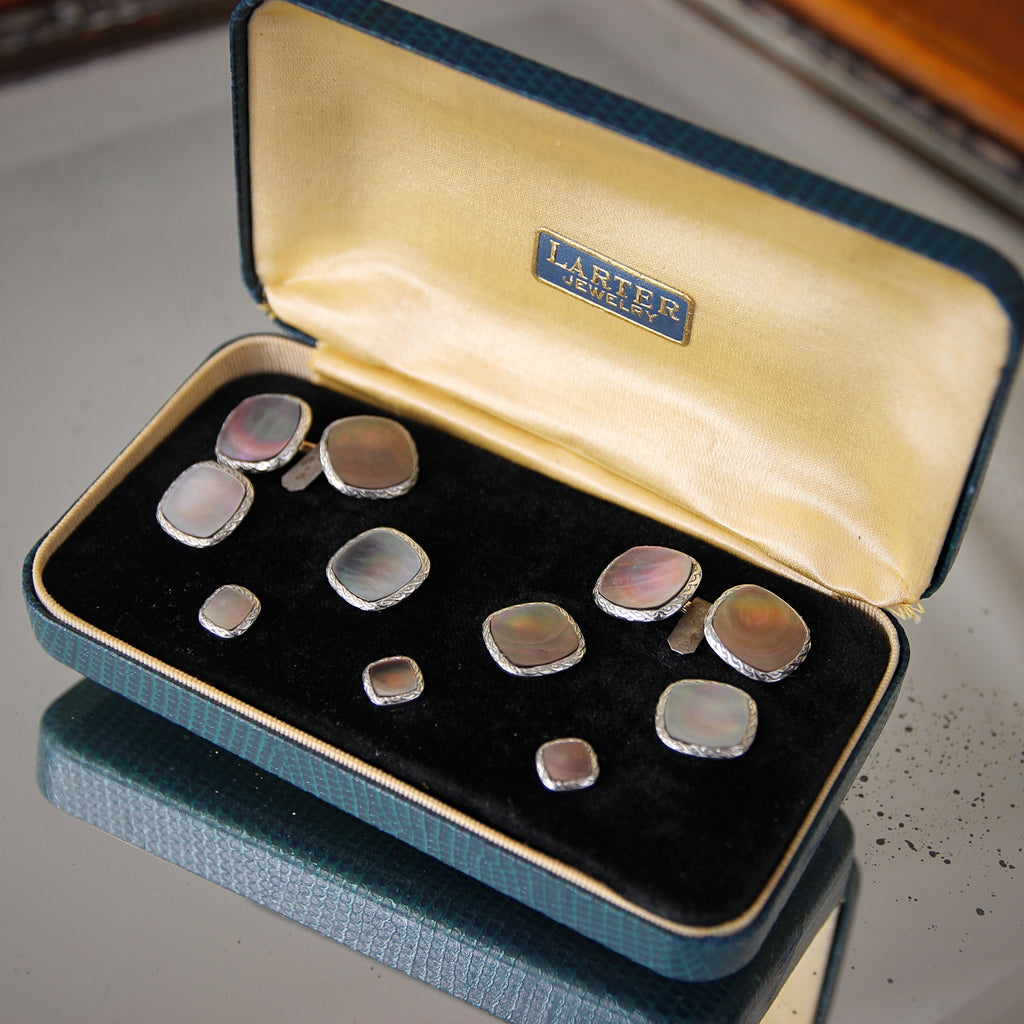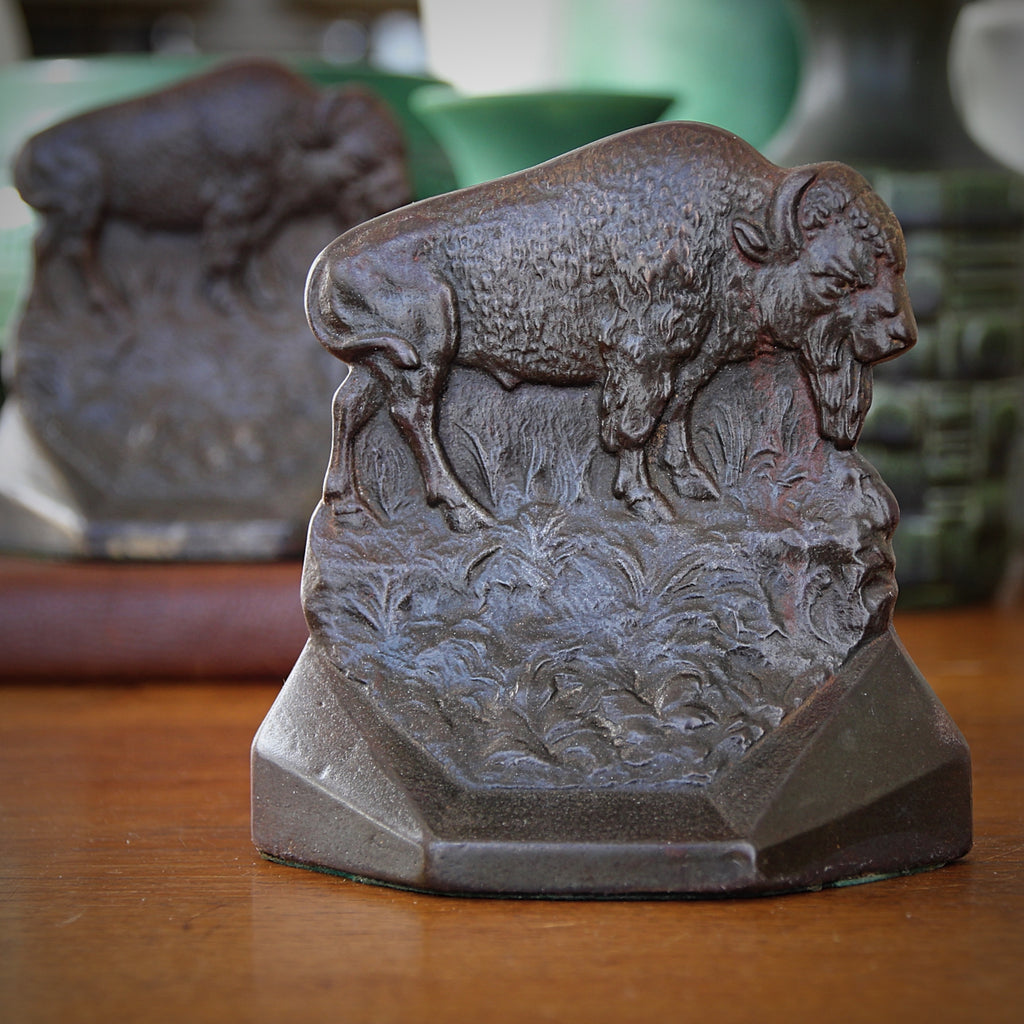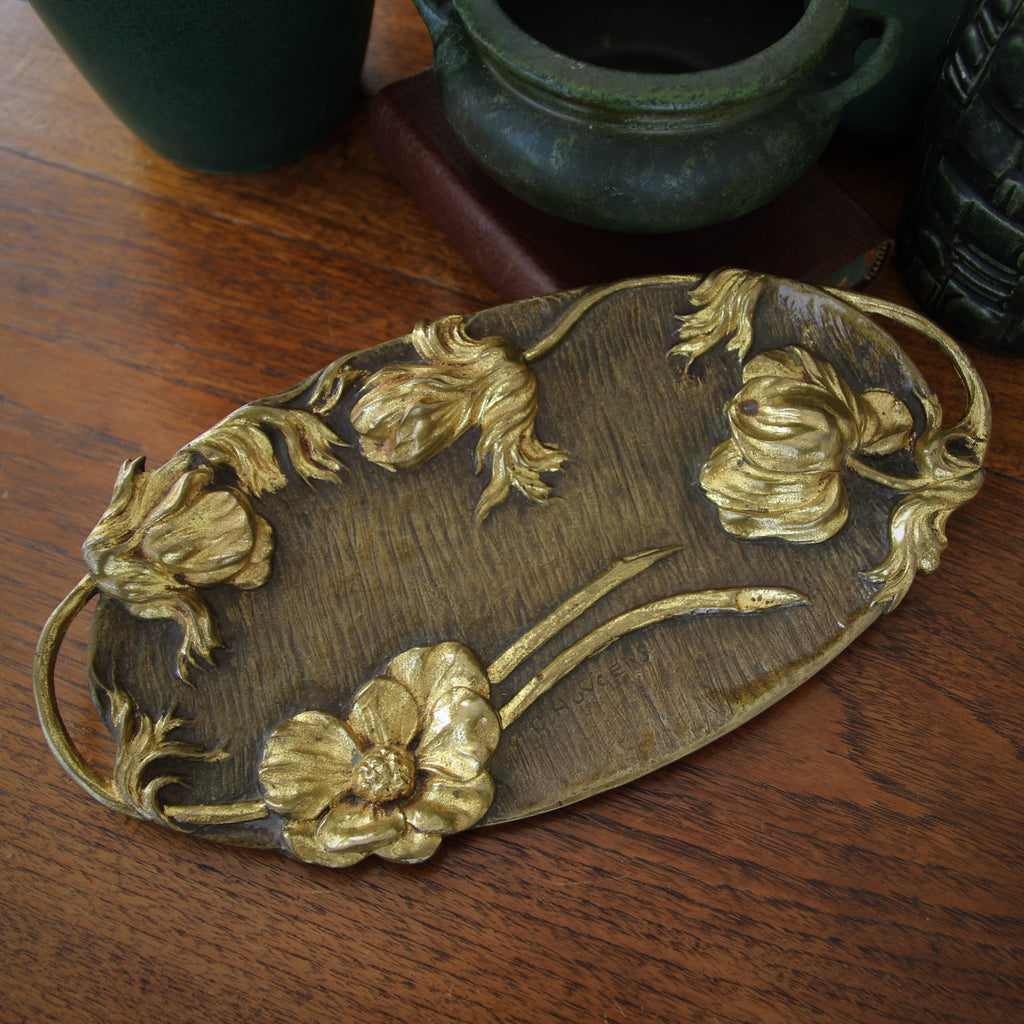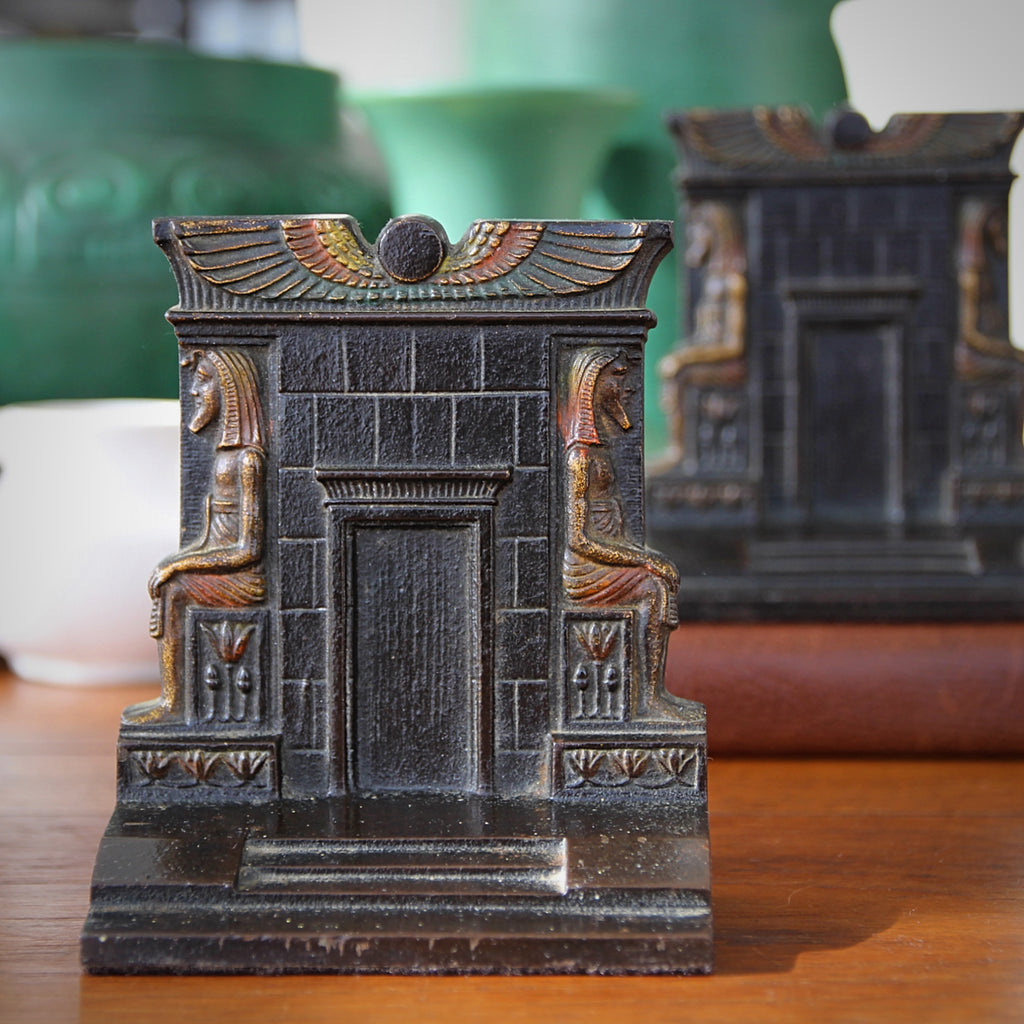JOURNAL RSS
The Peregrine Falcon has been capturing mankind's imagination for millennia. The Ancient Egyptians depicted their sun god, Ra, as having the body of a man and the head of the peregrine. And, for at least 3,000 years, people have been practicing falconry—the sport of training domesticated falcons to capture prey and return to their master. Peregrine Falcons are superb hunters. They are eager, agile, adaptable and oh-so-fast. Peregrines have been clocked at speeds of 242 mph while in "dive mode"—making them the fastest animal on Earth. First they fly to an altitude over 3,500 feet, after which they rocket downwards toward their prey. They tuck-in their heads, pull-in their wings, and contort their bodies for maximum aerodynamics. Even at these speeds,...
Zinc
Zinc is a metal and one of Earth's 118 elements—and useful in many ways. Combined with other metals, it adds strength, corrosion-resistance or other desirable features to an "alloy." Brass is an alloy of copper and zinc (3%-45%, depending on the variety of brass desired). Zinc is sometimes alloyed with copper and tin to make bronze. And nickel silver is an alloy of copper, nickel and zinc. Rolled sheets of zinc are used in roofing or atop the wooden countertops in bars. And U.S. pennies, since 1984, are principally plated zinc. In recent years, since the ill effects of lead have become widely-known, zinc has often been used as a replacement for lead (in fishing weights, tire balances and other...
Amazing Glaze
In the world of ceramics, I have always treasured wonderful glazes—even more than I value form. A great form, once sculpted, can be duplicated endlessly. And, in many cases, form is easy for someone else to copy. Art pottery companies in the Twentieth Century would frequently sell their old moulds—or their employees would be hired-away by competing firms. After the Coca-Cola bottle was design in 1915, it was produced in the millions (billions?) for worldwide distribution—and has become an iconic feature of the global Coca-Cola brand. But no artistry or reinvention is necessary to keep that wonderful form in the marketplace (besides aggressive lawyers who guard vigorously the bottle's trademarked shape).
Drip Dry
Shaving brushes—good shaving brushes—are labor intensive and costly to make. Clusters of hair (whether synthetic, real badger or some other animal hair) are tied into knots and set within the brush handle (while carefully creating the classic dome-form brush shape). A good brush may last a man most of his adult shaving life—if he takes care of it. And the most important thing he can do is to rinse the brush and hang it bristles down, which allows the water to drip out of the handle (that it will not rot all those delicate knots). A nice brush stand is a good step in this protective direction.
Arts & Crafts Inspirations
Wherever an Arts & Crafts movement was to be found, one would also find references to that region's early history, literature and ancient cultural themes and symbols. The movement's anti-industrial DNA sought to incorporate remembraces of "pure and better times" in its contemporary design. In the American Arts & Crafts Movement, one of the recurring and popular themes was the cultural aesthetics of Native Americans. Indians were the original immigrants to the Americas—and they were the only ancient peoples on the Northern continent. Thus, if the American Arts & Crafts Movement was to incorporate ancient North American aesthetics, it makes sense that inspiration would come from the arts and artifacts of these ancient people. In England, Medieval knights and heraldry...
Martin Luther King Day
Happy Martin Luther King, Jr. Day!
King is honored on this national holiday for his leadership of America's Civil Rights Movement—and his enormous contribution to our country's conscience and moral fiber. The holiday is celebrated on the third Monday of January each year, which, this year, happens to fall on his actual birthday (15 January).
For the Champion, 1935
This Dutch hand-hammered pewter trophy combines elements from the Art Nouveau and the Art Deco. The hammering of pewter was a classic Art Nouveau treatment. The vessel's flaring, trumpet-like shape is punctuated with a pair of feathery, classical handles—a certain Art Deco influence.
The piece is "touch-marked" with the maker's name, "Gero." The company was founded in 1912 in Zeist, Netherlands, near the city of Utrecht. Gero (which is still in-business today) was the first company in Holland to manufacture affordable cutlery. They also produced pewter ware, like the trophy cup shown above, until 1955. A succession of artists and creative directors over saw the company's design, though I am uncertain which artist designed this piece.
Vegetable Dyed
One of the nice things about vegetable-dyed leathers is that they develop a handsome, rich patina with use—they are "polished" every time they are handled. This chocolate brown calfskin wallet is from Bill Amberg, London. The design—including a fine zipper which tracks around three sides of the wallet—gives it just a touch (but not too much) of a tough, urban attitude. The zipper also helps keep things neat-and-tidy.
Storage Space Upgrade
It's the New Year! Time to reorganize, refresh, retire that To-Do List, sitting oh-so-long upon the desk. Perhaps this pair of Victorian cast iron brackets—embellished with delicate, pierced "tracery"—will give your storage projects a lift? They were made in the 1880's or 1890's and are six inches in one direction, eight inches in the other. This means you can install a wider or narrower shelf, based upon your needs and the space you have available (supporting shelves from six inches to approximately ten inches wide). These brackets would provide a small but powerful shot of architectural interest wherever they might be installed: in the kitchen, a bathroom, or in the office-den.
Winter's Chill - X
Let's end our parade of wintery pottery back in Pierrefonds, France—back in the shadows of the Medieval Chateau de Pierrefonds. It was here that Art Nouveau forms were dressed in sophisticated crystalline glazes, resulting in works which are unlike anything seen before or since. The French Art Nouveau vase, shown above, has an organic, egg-form body. It sits on a "platform foot" and is punctuated with two peaked, "bat wing" whiplash handles. As wonderful (and striking) as the form itself is, it's the sublime glaze that really takes this urn over the top. Multiple colors—blues, tans, greens—drip casually over the curved body of the vessel. Some of the glazes have crystallized in the kiln. And, because the vase wears a...
Winter's Chill - IX
The English ceramic pot shown above, hand-thrown by Edward Thomas Radford for Pilkington Royal Lancastrian, is finished with a gorgeous, sky blue glaze. And, if one looks carefully, one will see that the blue glazing displays the subtlest of ombre effects—slightly lighter at the top, slightly darker at the base—not unlike the graduations of color to be found in the actual winter sky. You also still can see (and feel) the delicate fingermarks on the sides of the vessel, left by the potter himself, on the day the pot was formed upon its spinning wheel. A vase like this can be used to display a striking, minimalist floral arrangement—think three sculptural stems. It would also look good with a full,...
Winter's Chill - VIII
Even in the coldest of weather, the ocean seems to remain liquified—at least as far north as I've ever traveled (New England). It's plenty cold, indeed, yet the waves continue to wash ashore and its salty foam bubbles, churns and slowly recedes back to the sea. This West German Modernist carafe-form vase is glazed in a sea-worthy blue, topped with a dripping, tempest-tossed white foam. The corseted neck of the vase provides a constricted opening at top—perfect for gathering a modest number of stems together, nice-and-tight. And the blue (and white) coloration provides a fresh backdrop for any manner of flowers: white carnations, yellow roses, green hydrangeas.
Winter's Chill - VII
We hop back to England, Stoke-on-Trent, to be specific. This conglomeration of six small towns in Staffordshire, England, was Ground Zero of British ceramics production in the Nineteenth and Early Twentieth Centuries. The region was frequently referred to as "The Potteries." Clay could be dug out of the ground. Coal was plentiful. Labor was cheap. And the region's glut of manufacturing ensured that train service (for shipping-out merchandise) was frequent and efficient. The George Clews pottery company was founded in 1906 in one of Stoke's towns, Burslem. In 1908, they moved to bigger facilities in the adjacent town of Tunstall. Although the company was named after the Clews family patriarch, George, the organization was actually run by his son, Percy Swinnerton Clews...
Winter's Chill - VI
Saturated blue glazes drip organically down the bold, two-handled form of this French Art Nouveau urn from the early Twentieth Century. It was made in the French village of Pierrefonds—some 55 miles North-East of Paris—in the shadow of the village's Medieval castle, Le Chateau de Pierrefonds. The deep blue glazes convey an ice-cold mien, perfect for the frozen, clean winter weather. The Pierrefonds pottery workshop was opened by a painter, a French nobleman, Comte Hallez d"Arros in 1903. He envisioned producing handsome tableware—plates, bowls, pitchers—painted with fancy aristocratic heraldry: shields, banners, noble crests. The village's castle, he thought, would be a perfect backdrop to such a romantic and aspirational product line. And the pottery's name, La Societe Faienciere Heraldique de Pierrefonds,...
Winter's Chill - V
This smallish vase—perfect for a stem or three—reminds me of a heavily clouded winter sky. Tightly-packed, fluffy clouds allow a bit of icy blue to peek-through. Or, perhaps, it looks like compressed ice on the surface of a frozen pond. As the water freezes and melts and freezes again, a dappled, irregular pattern emerges. The piece was made by Jopeko in West Germany in the Sixties or Seventies. Jopeko began its life, under a different name, in the mid-Nineteenth Century. Like so many Twentieth Century potteries, its earliest output was "sanitary ware"—pipes, crocks, kitchenware and water coolers—not fancy decorative objets. But, after World War II, Germany (and Japan, another "vanquished" country) found that it had a large labor force to put...
Winter's Chill - IV
Like a midnight sky, this West German vase is a play on shades of blue: inky, blackish blue with eerie streaks of penetrating brightness. It displays a simple—yet satisfyingly sensual—organic form and wears a random drip glaze which adds to its one-of-a-kind appearance. As the glaze courses over the soft curves of the vase, it creates an object filled with dynamism and movement and complexity. The ceramicist is Fridegart Glaztle who had a long and consequential career at the Karlsruhe West German ceramics studio. The Karlsruhe ceramics factory was founded at the Turn-of-the-Twentieth-Century to produce ceramics in the Italian Renaissance style. It underwent several changes of owners over the years, including private ownership by Villeroy & Boch and being state-run...
Winter's Chill - III
An icy season calls for an icy glaze. This handsome piece by Fulper (c. 1905, Flemington, New Jersey) is glazed in an organic Impressionist Winterscape of lustrous and crystalline glazes—frosty blues and just a hint of green. Think of a frozen, icy rock face or the hard, shiny surface of an icebound lake. Fulper was one of the true "art pottery" workshops in America during the Arts & Crafts period, attempting to emulate the coveted "Oriental" glazes which had eluded Western potters. Although the company had started its life (in the Nineteenth Century) by making utilitarian wares, by the Turn-of-the-Twenieth-Century, Fulper was hiring skilled artists and technicians to produce quality, expensive art pottery. Part of this high-minded mission may account for...
Winter's Chill - II
In France, where wine has been a traditional part of lunches and dinners, it was not unusual to serve table wine casually, decanted into a ceramic wine pitcher. French table wine, though delicious, is a bit lighter, of lower alcohol content, and not expensive (making it perfect for lunchtime or afternoon consumption). The size of the jug might be large or small—depending on the number of guests at table. Such wine pitchers might be found in either private homes or in taverns. Shown above, a small wine pitcher which might hold a couple of modest servings (or if planning ahead, provide a couple of top-offs). Using a pitcher not only allowed the wine to "breathe," it also added a touch...
Winter's Chill - I
The Winter's Chill—bitter though it is—brings with it a sense of freshness, cleanliness, purity. The color white often symbolizes a snowy, cold expanse. But I also feel that blue—the color of sky, water and ice—can express beautifully the cleansing wintry freeze. For the next few days, we'd like to present an array of handsome blue ceramics, from many different countries, which might bring a little beauty to this otherwise frosty season. In 1889, brothers Edward and Alfred Pilkington were in the coal business. One of their new, prospective mining sites, in Clifton—on the outskirts of Manchester—proved to be a bust. Sited alongside Fletcher's Canal, the mineshafts only produced water and clay. But this clay was perfect for making decorative tiles...
Twenty, Twenty-Four!
Has ever a year been more-anticipated? It's here, folks: 2024! So much to do! Big tasks which (sometimes) seem impossible. But, before we get-down-to-business, we at LEO Design want to wish you good health, much happiness and plentiful contentment in the New Year. The German porcelain sculpture, shown above, captures Baby Hercules, returning home to his cousin, King Eurystheus, after successfully completing his "First Labor." His cousin, the king, ordered Hercules (called Herecles by the Greeks) to slay the Nemean Lion—a fearsome beast whose golden fur was impervious to the weapons of mortals. Not knowing this, Hercules began his attack by shooting the lion with arrows—which simply bounced off the lions hide. So Hercules concocted a new plan: he...
What Are You Doing New Year's Eve?
Maybe it's much too early in the game. Ah, but I thought I'd ask you just the same. What are you doing New Year's, New Year's Eve? - Ah, but in case I stand a little chance, here comes the jackpot question in advance, what are you doing New Year's, New Year's Eve? - Frank Loesser, 1947
Puzzle Peg
Long, cold nights—and the presence of holiday visitors—may benefit from a menu of possible diversions (besides eating). Why flip-on the Netflix when you can suggest a game of "Puzzle Peg"? Made in the Twenties, this gameboard (complete with all pegs, instruction manual and the original box) provides several different game options—to keep your company engaged and distracted.
Elephant, March!
When Cyrus the Great founded the First Persian Empire in 550 BC, it was the largest dominion in the world. Such a remarkable empire required cutting-edge defense—in this case, elephants! True, elephants were difficult to train and costly to maintain. But they did provide a competitive edge (at least for a while). When Alexander the Great came to conquer the empire in 334 BC, the elephant troops did cause him a moment of concern. Eventually, however, Alexander figured his way around the elephants and annexed Darius III's enormous realm to his sprawling Macedonian Empire.
More Milk, Please
Here's another handsome milk pitcher, this one made by the Robinson-Ransbottom Pottery Company in the Teens or Twenties. It is called "yelloware"—a country kitchen staple material for plates, bowls, crocks, and other utilitarian objets. Bas relief flowers and strapping add a bit of decoration to the otherwise simple vessel. The company was founded in 1900, in Roseville, Ohio, by Frank Ransbottom and his brothers, Ed, Johnie and Mort. The town of Roseville was a center of ceramics production and Frank had experience working with other ceramics manufacturers in the region. When a pottery factory became available for sale, Frank and his brothers purchased it. By World War II, the Ransbottoms were the largest producers of stoneware crocks and jars in the...
Cream of the Crop
It's the week between Christmas and the New Year. Time for relaxing at home; perhaps nice family breakfasts are in order? If so, consider this little pitcher. It holds up to 16 ounces of milk, or cream, and is decorated with the heads of a cow (on one side) and a bull (on the other side). It also would be terrific for serving warm maple syrup for pancakes or waffles. The jug has a "country primitive" look. And the dripping, organic glazes—blue, brown and green—is reminiscent of majolica (although true majolica is always uses a tin glaze, which I am not sure this glaze is). This piece is similar to ceramics from Bennington, Vermont, though I have not been able...
Boxing Day
In England, "back in the old days" (when most middle-class families had household servants), "the help" was expected to work on Christmas Day, to serve their employers who were celebrating the holiday. The day after Christmas was the day-off for the servants. It was called "Boxing Day," as this was the day on which servants would receive their Christmas gifts—their "boxes." Even today, despite the fact that very few British homes can afford live-in servants, Boxing Day is still a "bank holiday."
The Japanese Modernist lacquerware box, shown above, is dressed in a handsome red "tortoiseshell" lacquer. The interior is finished in black lacquer. This Mid-Century box is perfect for serving precious foods: elegant sushi, sophisticated cookies, exquisite pâtisserie.
Merry Christmas!
All Good Wishes for a Merry Christmas and a New Year of Health, Happiness and Contentment!
Christmas Eve
In one of LEO Design's earliest years—on Bleecker Street—I acquired this pair of Italian polychromed terracotta angels, candle-bearers. Perhaps it was 1996 or 1997. I knew nothing of them, except that I liked them. They weren't old but they were Italian and they were sensational. On that first year, I placed them into the shop window on Christmas Eve. Over the next week, while they were still guarding the window, I got the occasional price enquiry but no serious interest. The next year (and the year after that) the angels made their way into the shop window on Christmas Eve. By now, the placement had become a bit of a ritual: at about 9:30 pm, half and hour before closing...
Seven Months 'til LEO!
I need little encouragement to celebrate—to lionize—LEO. This Turn-of-the-Century cast iron "Ferocious Lion" coin bank will help remind us that LEO starts seven months from today! He is nicely-cast and wears an age-darkened, original patina.
Hah-Baht Dem Stillers?
Pittsburgh is sports-mad. Football, hockey, baseball. Never have I seen a greater percentage of a populace regularly wearing their teams' logo-wear. Even the college upon whose fringes I reside—The University of Pittsburgh—is crawling with students wearing their school's sports logo. The elegant, elderly postal clerk at my local post office wears a delicate, gold Pittsburgh Steelers logo necklace—studded with one small but shiny diamond. While I have no intention of falling-in with the logo crowd, I do thank Heavens that black is the overwhelming Pittsburgh sports team color. It allows me to pretend, just once in a while, that I am back in Manhattan. I also am able to blend-in with the crowd, what with 50% of my wardrobe being black....
Welcome, Winter
This evening—at 10:27 pm Eastern Time—Winter will begin in the Northern Hemisphere. 10:27 pm will also mark the moment when the Earth's North Pole is tilted furthest from the Sun. Thus it is the shortest period of daylight in the year (for those of us living in the Northern Hemisphere). Starting tomorrow, 22 December, the days (that is, the daylight) gradually will get longer and longer. Today is also our Seventh Wedding Anniversary! Though we have been a devoted couple for (almost) 34 years, legal marriage was not afforded us for most of that time. On this day, in 2016 (with President Obama securely in-office for one more month), Bob and I ran-down to City Hall for a late morning...
Six Months 'Til Summer!
Summer is on its way—six months from today! Of course, we need to get through Winter, first (which begins tomorrow). So, while these days are dark and the temperatures are cold, let's think back fondly on warmer, brighter days, perhaps when we were relaxing at the seashore. The seashell-encrusted box, shown above, was made around the Turn-of-the-Twentieth-Century. But this type of craftwork has been popular since the Eighteenth Century—perhaps first inspired by Baroque art and design (which often used water, sea life and seashells in its exuberant, exotic aesthetic). The Eighteenth Century also witnessed a growth of Natural History specimen collections, at least amongst the educated (and wealthy) elite. The use of a collection of seashells, such as on this encrusted...
A City on a Hill
The United States Capitol building is a glorious feat of Neoclassical architecture. Construction began in 1793. Central portions of the building were complete by 1800—only to be partially burned-down by the British in 1814. The damaged portions were re-built and the entire building expanded in the 1850's. The cast iron dome (weighing nearly nine million pounds) was finally completed in 1866. Like other important Washington, D. C. buildings, the Capitol is Neoclassical in design and painted white. Indeed, it gleams like the proverbial City on a Hill.
The glass-slab paperweight, shown above, features a sepia photograph of the Capitol. It's a handsome and useful gift for your favorite historian, architect or future Congressman.
Ceylon Porcupine Quill Crafts
This slide-top box, probably designed to hold cigarettes, was made in the late Nineteenth or early Twentieth Century in Ceylon (now called Sri Lanka). During the British Colonial years, Sinhalese craftsmen made these boxes of porcupine quills and inlaid bone-chip "dots." Originally, such objects were made for local use. But they caught-on with the occupying Brits who bought them to take back to England with them.
Such quills are shed, naturally, from the porcupine. Dropped quills can easily (and humanely) be collected by the craftsmen who cut and use them in their works.
Gaudete Sunday
Today is the third Sunday of Advent, known as Gaudete Sunday. "Gaudete" is from the Latin, meaning "Rejoice!" In earlier times, Advent had a more "penitential" quality—and lasted 40 days (as does Lent, the period before Easter). Advent, at that time, was observed customarily with fasting and abstinence. Gaudete Sunday was a brief reprieve, when abstinence was temporarily suspended. People were permitted to "cut loose"—to focus on the Joy of Christ's coming. On Gaudete Sunday, the priest's vestments are rose-colored and the rose-colored candle on the Advent wreath is lighted (the other three candles are purple). For this reason, Gaudete Sunday is sometimes referred to as "Rose Sunday."
To Market! To Market!
A village woman—perhaps heading to market—enjoys a last minute snuggle with her kitten. This beautifully-carved wooden sculpture is likely from the Blackforest (Germany or Switzerland) or, perhaps, Eastern Europe.
From Birmingham, with Luck
The brass paperclips, shown above, are designed in the form of a lucky horseshoe—and are embossed with a wish for "Good Luck." They have a loop on the back, allowing one to hang the packet of paper sheets on a nail on the wall. They were made in 1870 in Birmingham, England, by M. Myers & Son. Birmingham had a very important "Jewelry Quarter" since the Sixteenth Century. It was here that much of England's jewelry was produced. With so many skilled workers in the area, other small metalworks manufacturers sprung-up: makers of buckles, blades, metal buttons and pen nibs. Besides inexpensive labor, Birmingham also had the materials of production (iron ore and the coal to process it) and the means...
Advent
Today marks the eleventh day of Advent—half-way through this year's 22 day season.
Advent begins on the fourth Sunday before Christmas and ends on Christmas Eve. Its length varies from year-to-year depending upon which day of the week Christmas falls. Advent—which comes from the Latin phrase Adventus Domini ("The Arrival of the Lord")—is meant to be a time of reflection, preparation, and waiting-in-readiness for the Lord (though the social and commercial buzz of modern-day Christmastime provides much distraction to even the most intentional of Christians).
The West German Modernist terracotta Holy Family, shown above, was made in the Sixties or Seventies. Its simple lines—and natural colors—make it suitable for display year 'round, not only at Christmas.
'Tis the Season - XII
Let's end our array of Holiday miscellany with this handsome Christmas tin from the Twenties. A rather-serious portrait of Father Christmas is surrounded by a wreath-like frame of poinsettia blossoms. This covered box, modest in size, is made of machined steel sheets, litho-printed with this holiday illustration. It was made in Baltimore, Maryland, at the Tin Decorating Company—better know as Tindeco. Today, the box would make a wonderful place to keep holiday sweets. Or, perhaps, small ornaments, strings of glass beads or ornament hooks. It would also make a sublime presentation box for a special gift, packed within. Tindeco was founded in Baltimore in 1914. Within a few years, they were the largest tin decorating plant in the world—with a...
'Tis the Season - XI
Back in the day—when people used to give tobacco to their friends for Christmas—the John Weisert Tobacco Company (of Saint Louis, MO) made these jolly Holiday Gift Packs. Six boxes of tobacco (now empty) are enclosed in the handsome Christmas packaging—replete with Santa, greenery and ornaments. The top of the box has a place for the customary "To and From."
'Tis the Season - X
A jolly stained-glass window wishes you "Season's Greetings." And, as you lift your favorite double old fashioned drink, you'll appreciate the 22 karat gold band around the rim. It adds a glint of holiday sparkle, sure, but it also provides protection for the rim of the glass. And serving drinks is not the only task these handsome rocks glasses will accomplish with holiday style. Think of the desserts—peppermint hot fudge sundaes?—you might serve in them. Or eggnog. Or place a tea light (and a little sand) in each glass for a flickering, atmospheric lantern.
'Tis the Season - IX
Here's more jolly Holiday illustration—printed onto a set of six Christmas highball tumblers. Like yesterday's featured glasses, these were made in the Sixties (possibly Fifties), complete with cheerful, two-dimensional Christmas graphics. This red, green and white decor, however, is even more "vintage" than yesterday's graphic: simpler, flatter, more naive. These glasses conjure the idealized spirit, optimism and simplicity of a Post WWII America.
'Tis the Season - VIII
Growing-up in the Sixties, this is the kind of 2-D Christmas decoration I remember. Two dimensional Santas were cut out of plywood and painted—not inflated in the front yard—and lettered "Merry Christmas, from the Johnsons!". Shabby "tinsel garland" hung from lamp posts, often bent into the shapes of stars, bells, or holly sprigs. And the impossibly giant trees at the shopping center (Ala Moana, in my case) bore impossibly big ornaments (though I never liked the seams on the spheres, where the two halves came together). Still, it was magical and jolly and exciting. Christmas was coming! This set of six Mid-Century Holiday Highball Glasses, shown here, are decorated with (what now appears to be naive) golden candle lanterns, suspended...
'Tis the Season - VII
I've been to Russia twice—once to Saint Petersburg and once to Moscow—and I had air tickets for a third visit (and a valid tourist visa) in-hand when Ukraine was invaded by Russia in 2022. My plans were dashed, naturally. My husband, Robert Perdziola, a scenic and costume designer, was in the final stretch of opening a ballet, The Pharaoh's Daughter, at the Mariinsky (in Saint Petersburg) at the time of the invasion. Everything had been designed (two years before), constructed (months before) and the opening night was 3 months away. All that was left for him to do was to oversee the load-in, technical rehearsals, and final costume fittings. Last minute adjustments are always a part of any production's lead-up to opening....
'Tis the Season - VI
Happy Hanukkah! The Festival of Lights begins tonight at sundown, lasting for eight consecutive nights. Each night, another candle from the menorah is lighted—using the Shamas ("the helper") candle at the center of the fixture. This Modernist Hanukkah Menorah is made of cast bronze. "Hanukkah Sameach!"
'Tis the Season - V
Like trees on an icy, Winter landscape, these pressed-glass trees will provide a gleam of frosty delight in your home. The pair—one is taller than the other—would look great under your tree, on a windowsill, or atop your mantel. Place them where the light will catch their branches—or will shine through them.
'Tis the Season - IV
These little red owls—suitable for year 'round companionship on your bookcase or window ledge—are handmade in Peru. When I had my store in Greenwich Village, I kept a large wooden bowl of them near the front of the store—piled high with owls. Each little gourd is collected, dried, burned (for dark color), painted and hand-incised (providing highlight detail). Due to the varying shapes and decorating, each individual has his own style and personality. We sell them in trios—a small "parliament" of owls, carefully grouped to provide a bit of variety in each trio. They will provide beautiful color on your tree or will sit happily on your mantelpiece or windowsill.
'Tis the Season - III
Some things never get old. This set of six Holiday highballs—made in the Eighties—uses a 1930's illustration as festive decoration. A rim of gold provides a rich halo at the top of each glass—and a bit of useful protection to the glass's rim.
'Tis the Season - II
Color-Theme or Multi-Color? It's the classic decorating debate. I, for one, usually prefer a strong presence of one great color. "Anything worth doing is worth overdoing." My other half likes liberal mixes of color; the more, the merrier.
I guess at Christmastime, on a Christmas tree, one cannot go wrong with lots of varied color. In this case, a string of vintage multi-colored mercury glass beads (from the early Twentieth Century) would hit the right, jolly note. Additionally, this eight foot string of glass beads is faceted, adding an extra pop of reflected light and Christmastime sparkle.
'Tis the Season - I
This Laub's biscuit tin, made in the Fifties or Sixties, really screams Christmas. Perfect for storing your home-baked Holiday cookies or an excellent place to keep your favorite Christmas ornaments during the off season. Laub's was founded in Cleveland by German immigrant Jacob Laub in 1889. In time, it became the largest independent baker in all of Ohio with 465 employees.. They ran a bakery storefront, home delivery routes, and a brisk wholesale business (to other stores, restaurants and institutions). A box like this would have been used to present their Christmas cookies. Today, it provides a blast of vintage Holiday cheer—and is useful at the same time.
December is Here!
Welcome, December, and your sublime birthstone, the turquoise. Turquoise is amongst the earliest of mined gemstones, collected by humans for over 5,000 years. The stone has been found in Persia, the Sinai Peninsula (Egypt), Afghanistan, China, India, Mexico and the American Southwest. Egyptians buried their dead with carved turquoise talismans carefully inserted within the deceased's body wraps. The stunning burial mask of King Tutankhamun was decorated with inlaid turquoise. The Book of Exodus refers to the High Priest's turquoise encrusted breastplate. In the Middle East, mosque domes were sometimes decorated with (or painted) turquoise to convey the notion of "Heaven on Earth." And, in the New World, archeologists have found ancient turquoise artifacts of the Zuni, Pueblo, Aztec and Mayans. To this day,...
Looks Like Snow - III
Let's wrap-up our parade of white, snow-inspired vases with this handsome urn by Roseville, circa 1930.
Classical ceramics—made in Greece, before the time of Christ—have provided inspiration to later potters for thousands of years. Shown above, a Classical Greek-form urn, adapted to the early Twentieth Century with Art Nouveau-inspired "whiplash" handles. When an ancient form is updated with a (then) modern accent, something new and interesting is created. When glazed in a clean, satin white finish, the resulting piece is timeless and endlessly beautiful.
Looks Like Snow - II
This week we're commemorating the season's "sense of snow." Although Winter has yet to begin, it feels like it may snow at any time. Clean, white vases will help us prepare for the blanketing to come. Shown above, an Art Deco two-handled vase from the Thirties. It was made by Stangl in Trenton, New Jersey. But the Stangl company took a long and winding path to the Thirties. Samuel Hill opened the Samuel Hill Pottery in Flemington, New Jersey, in 1814. They made functional, fairly primitive items: red clay water/sewage pipes and stoneware crocks (for food storage). Potter Abraham Fulper later joined the partnership and, in 1860, purchased the company outright (at which point he changed the name to Fulper...
Looks Like Snow - I
Though it is still late November—and Winter remains four weeks away—it's beginning to feel like snow. I have seen a flake or two twisting earthward in the last few days. So let's clean our palette, after Thanksgiving, with an assortment of snow white urns, now in stock at LEO Design. Think of this as a preview of the clean, white landscapes which will soon shimmer around us. Shown above is a Czech Art Nouveau period vase, crowned with three crisp, angular handles. It was made in Norther Czechoslovakia between 1918 and 1921. The maker is Ditmar-Urbach in Teplitz-Turn, Czechoslovakia, and it was imported to the US by Ebeling & Reuss (Philadelphia, Pennsylvania). Theodore Ebeling and Frederick Reuss, two German immigrants to...
Cipher Monday
Despite my chosen profession as a merchant, I think that there are far too many "selling holidays" on the American calendar. So, today, instead of celebrating "Cyber Monday," let's celebrate "Cipher Monday." A "cipher" has (at least) four varying definitions. First, it can be a monogram—an artful construction of interwoven letters—such as one used by royalty or aristocrats. Second, it can be a secret code used to translate a message so that it remains unreadable (except to those who can "decipher" it). Third, a cipher can be the diamond-shaped impression used on British antique ceramics or metal goods to indicate the piece's patent information. And, fourth, a "cipher" is a person of no importance or consequence. The Victorian sterling silver...
Black Friday
Today is Black Friday, the start of the American Holiday Shopping Season. Mythology informs us that Black Friday marks the day when merchants finally "go into the black"—that is, begin to mark their ledger books with black ink (profits) rather than red ink (losses). This legend is certainly not true and probably has never been true. Nevertheless, merchants eagerly await the busy season, hoping that they have selected the right merchandise (in the right quantities) to meet customer demand (and not have too many sitting around after Christmas). While Christmas sales alone might not save a struggling merchant, a bad Christmas season can hurt a successful merchant.
I Am Not A Turkey . . .
No, I am not a turkey - And, yet, I'm here to say - May your Thanksgiving wishes - Come true upon this day. I may, yes, be a birdie - Found nesting in the grass - But, please, just leave me hidden - Don't serve me under glass. HAPPY THANKSGIVING from LEO Design.
A Family Affair
In 1892, in Turn-Teplitz, Bohemia (now called Tronvany, Czech Republic), a family group of ceramicists and other artists formed the ceramics studio Riessner, Stellmacher & Kessel (sometimes called by its nickname, Amphora). Alfred Stellmacher (born in Thuringia, Central Germany) had developed an improved clay material which allowed him to create porcelain flowers—even better than the French, winning him a Gold Medal at the 1889 Paris Worlds Fair. Stellmacher formed RSK with his son, Eduard Stellmacher, and three sons-in-law: Karl Riessner, Hans Riessner, and Rudolf Kessel (most of them trained artists). The workshop's location in Northern Bohemia, close to the German border, gave the studio access to newly-minted ceramicists from The Imperial Technical School for Ceramics & Associated Applied Arts in Dresden...
Futurist Form
Form, color and function coalesce handsomely in this Roseville Art Deco two-handled vase, circa 1935. Its space aged design—like an improbable Jules Verne flying saucer—offers a "throwback Modernism" to "A Futurism that Never Was." Like a Jetson's subcompact, actual flight is less important than the suggestion of aero-dynamism. The color is wonderful, too: a satiny white, not quite matte-dry, but with just a hint of shine. And I've learned over the years, a vase with a constricted neck will always make the flower arranging easier and better-looking. The narrow opening helps to support and gather the flower stems; fewer flowers won't look quite as paltry as they might when spreading across the opening of a wide-mouthed vase.
Baby Colors
In "the old days" (and even when I was a baby, in the Sixties) it was customary to give a newborn child a baby gift. Sometimes it was at a Christening or Bris, other times it was during the early weeks of a child's life. Certain types of gifts were most popular: cutely-coordinated baby outfits, monogrammed sterling silver rattles or teething rings, jewelry (like an "Add-a-Pearl" necklace for a girl), or baby feeding accoutrements (porridgers, decorated baby bowls, little utensils). Most often, the gifts had a small whiff of luxury about them—something slightly precious or decorative—and were a small but practical indulgence (which a parent may not have invested-in himself or herself). And, very often, the gifts were highly gender-specific:...
The Sporting Life - IV
If you can't get enough of the outdoor sporting life—or if you only wish to experience it from comfortably indoors—this English cast brass ashtray will bring a touch of Nature onto your desk, counter or coffee table. Two bird dogs, Setters, emerge from the water. Let them bring their bold, outdoor energy into your home.
The Sporting Life - III
A country squire works his fields, shotgun in-hand and bird dog at his side. This lithographic print, published in 1898, is the work of Sir William Nicholson, RA. It was published in London as part of a bound portfolio titled An Almanac of Twelve Sports. It is framed in a rustic "woodland" carved frame—a decade or two older than the print itself.
The Sporting Life - II
What makes a good bird dog? First and foremost: obedience and an eagerness to please. A natural desire to retrieve is a must. They need to be athletic, have stamina, and be good in the water. A good nose is important. And a "soft mouth" means that they will inflict minimal damage on the retrieved game.
Traditionally, the best breeds have been "Retrievers" (naturally): Labradors and Golden. Spaniels, Pointers and Vizslas are also good. But, at the end of the day, the best bird dog will be the one who enjoys the activity and is compliant, obedient and willing to perform.
The Sporting Life - I
Is it the Autumnal Damp? Or is it the The Crown? I'm not a hunter, but I've been thinking a lot about hunting dogs lately. In preparation for Season Six of The Crown, we decided to go back to Square One: Season One, Episode One. Gorgeous Scottish vistas, royals mucking through the damp, and, naturally, lots of dogs. The series makes it quite clear: if one could not handle the mess of Nature, one probably could not handle the mess of The Family. Anyhow, all this bingeing has me thinking much about "Country Sport" (as the British call it).
For A Doll's House
I am always looking for "things to hold other things." Near the top of that perpetual search list are objects which can be used to hold business cards. Coolness, style and unexpected adaptation always goes a long way. This little vintage bench—made of pine twigs—was made in the Fifties for a doll's house. In order to keep the cards from slipping between the twiggy slats, I folded one of the cards ("just right") to create a smooth, impermeable surface.
Measuring Up
125 years ago, rolling tape measures were made of printed fabric, wound around a spool in a bulky cartridge. One would pull out the tape measure and reel it back in, as one would a fishing reel. Modern, stiff metal tape measures were invented in the Twenties; the concave-convex metal tape allows it to remain relatively stiff, an aid to measuring. The "thumb lock" tape measure was patented by Stanley in the Sixties. Speaking of Stanley, this New Britain tool manufacturer made the folding pocket measure, shown above. This is the "Stanley #62," made of boxwood and brass (which is used for the hinges and along the sides of the ruler). A measuring stick like this would be carried in...
Scramblin' Man
I've always loved this scrambling little tree frog: able, cute, tenacious. He is handsomely sculpted—in deep bas relief—in dark stoneware, then finished with a wash of soft green glaze. A wire on the back makes him easy to hang. It can also be installed within a grouted tile project, if you desire
Life After Buckles
On this day in 1760—263 years ago—Archibald Kenrick was born in Wrexham, in Wales, along the English border. As a young man, he moved to Birmingham, England, where he began working as a buckle and metal horse fittings maker. Within a few years, alas, shoelaces began to replace shoe buckles, business softened, and Kenrick opened his own iron foundry in West Bromwich, about seven miles outside of Birmingham (historic Staffordshire). Over the years, Kenrick (who was joined in the business by his sons) made all manner of cast iron and metal objets: door hinges, door stops, handles, bell pulls, waffle irons, saucepans, kettles, coffee grinders, garden furniture, castors, bathtubs, and mole traps. In the Nineteenth Century, a significant part of...
Quit or Do It In Style
I have never liked smoking. I just don't understand the allure of bathing one's lungs in carcinogenic smoke. One's first cigarette—and the disgust it induces—should be enough to preclude a second one. The act seems so foreign to me. However, I must admit, I really do like many smokers. And I love the accoutrements of smoking: tobacco jars, pipe holders, smoking cabinets, humidors and cigarette cases. And, of course, beautiful ashtrays. Shown above, a large Italian Modernist ceramic ashtray—impressed, incised and glazed in a "Rimini Blu" glaze. It was designed by Aldo Londi for Bitossi and made in the Sixties. The Bitossi family had been making ceramics in Tuscany since 1871. In 1921, Guido Bitossi founded his own pottery workshop outside of Florence....
Durable and Good-Looking, Too
Metallic candlestick and ceramic candlesticks are both popular and commonplace. This pair combines both of those looks: a pair of porcelain candlesticks, glazed in a lustrous, metallic platinum gunmetal. The design also straddle the Classic and the Modernist. They were made in the Twenties by Fraunfelter in Zanesville, Ohio. Charles Fraunfelter was born in Akron, Ohio, in 1866. His wife's uncle was the president of Roseville Pottery and Charles worked his way up in that company: clerk, secretary, sales manager. In 1915, he (and a group of other business partners) purchased the Ohio Pottery Company and hired Austrian ceramicist, John Herald, to guide design and production. At this point, the company was mostly making stoneware kitchenware items like mixing bowls and...
Stoneware Thrown
Stoneware crockery has been used to hold items—often, but not always, foodstuffs—since the Dawn of Civilization. While the manufacturing precision and methodologies have improved, the basic technology has long remained the same: clay is harvested, shaped, fired, glazed and fired again. The English Modernist lidded pot, shown above, was probably made in the 1960's or 1970's. It is crafted of hand-thrown stoneware (a fairly course variety of clay), incised with a band of hearts, and glazed in an organic, variegated brown glaze. A vessel like this is perfect in the kitchen: for holding sugar, pasta, or tea (either bagged or loose). In the bathroom it can keep-handy cotton balls or cotton swabs. And, to be frank, I've sold more than...
Game Time
With the Holiday guests coming—and the long, quiet Winter to follow—indoor family games could become more popular in many a household. Card games, like poker and black jack, use chips as stand-ins for actual money. Likewise with roulette (though most homes are more likely to have a deck of cards on-hand than a roulette table). This hardwood English Art Deco poker chip caddy is ready to help entertain your Holiday guests (or speed-up those long Winter nights). Red, white and blue interlocking poker chips surround the perimeter of the caddy. A burled inlay adds a bit of pop around the handle. And a stitched leather cover keeps everything tidy and secure between games.
Election Day!
Today is General Election Day! I'll be spending about 16 hours squirreled-away in the Soldiers & Sailors Memorial Hall ("Gettysburg Room"), two short blocks from my house. My neighborhood is the nexus of four local colleges, so students and teachers are a big part of our voter base. Then, come 10:00 pm or so (once the voting machines are closed and secured), I'll race home to turn-on the election news recap. The Soldiers and Sailors Memorial Hall was conceived as a monumental, Beaux-Arts tribute to Union soldiers (some of whom mustered on this very site during the Civil War). It was designed by the legendary Pittsburgh architect Henry Hornbostel and built between 1908 and 1910 (shortly after my house was...
Tomorrow's the Day
Tomorrow is General Election Day 2023—a precursor to "The Mother of All Elections" one year from now. I'm sure that tonight, many-a-candidate is hoping for a "lucky result" for him- or herself. Perhaps this sterling silver wishbone, shown above, will add a touch of luck? Or you might know someone, on the cusp of greatness, who can use just such a boost of confidence?
Somethin's Comin'!
What!!! Election Day 2024 is one year away! Get your sleep. Eat your Wheaties. And buckle-up! (It's gonna be a bumpy ride.) There is much to happen between today and the next 5 November.
The cast iron donkey bottle opener, shown here, was made by Hubley in Lancaster, Pennsylvania, just after World War II. It is beautifully hand-painted and will be a delightful addition to the bar cart of your favorite Democrat.
Olde King Coal
In the Edwardian Era—indeed throughout much of the last three centuries—England was driven by coal. It was coal that powered industry. Coal supplied mechanical transport. And coal kept people warm in their homes or flats. Even in tightly-inhabited places like London, most people (who had heat) enjoyed it by burning coal in small fireplaces. Some homes or flats had a coal-burning fireplace in numerous rooms. Next to such a fireplace, one might find a "coal scuttle," basically a bin or hopper to hold a stock of coal in readiness for burning. To handle the dirty carbon chunks, a pair of coal tongs would be kept in or near the scuttle.
The Right Hold on Books
When reading a large, heavy book—a reference tome, a Bible, a cookbook—it is often easier to read when placed on a stand. There are also times when one must use his or her hands while referencing the book. In such cases, a sturdy (and handsome) bookstand, like the one shown above, comes to the rescue.
This Nineteenth Century English bookstand is made of pierced brass, stands atop four feet, and has an adjustable "tilt" to create just the right angle for reading. And the whole unit folds shut for storage when it's not being used. It is also a fine place for displaying a framed photo, a piece of art, a menu, or a sign atop a table or credenza.
Fashion Plates
In the late Nineteenth and early Twentieth Centuries, Pochoir printmaking was a popular technique, especially in Paris. The French word "pochoir" (pronounced poe-SCHWA) literally translates to "stencil." In this technique, a stencil is made to create a limited number of fine-lined prints—which are then hand-colored. Sometimes a collection of the limited edition plates, related in theme, were bound in a portfolio (for example, pochoir prints of the Ballets Russes). Although the pochoir stencil-print method allowed prints to be duplicated quickly, the high level of handcraft allowed each one to be considered an original work. And, as the ink was daubed over the paper stencil, it would create a varied, hand-drawn look to the line work. Of course, the extensive hand-coloring...
November is Here!
Welcome, November, and your birthstone the Citrine.
The Citrine is a pale yellow variety of quartz. Its sunny color is thanks to the iron content within the chemical structure of the gemstone. And Citrine's sunniness was not lost on Greeks—who first used the stone around 300 BC—who believed that the gemstone could help alleviate depression. At the time, Citrine was very rare, thus expensive, opulent and luxurious. As larger deposits were later discovered and mined (notably in Brazil), the gemstone became more common and fell within reach of more and more admirers.
All Hallows' Eve
Today is "All Hallows' Eve"—Hallowe'en—the night before the important Christian Holyday of All Saints' Day. All Saints' Day began in the Fourth Century as a commemoration of Christian martyrs. By the Ninth Century, Christian communities in England were celebrating All Saints' Day on 1 November—a practice which was soon thereafter mandated worldwide by Pope Gregory IV. All Saints' Day (a Holy Day of Obligation for Roman Catholics) is the solemnity at which all saints—known or unknown—are commemorated. In the Christian faith, a saint is simply any soul which has reached Heaven (and is with God). Although we (mere mortals) don't always know who has already reached Heaven or not, the Church has designated certain souls as having "made it"—based on...
Franz Liszt
Romantic musical superstar, Ferenc Liszt, was born in the Hungarian village of Doborjan—at the time part of the Austro-Hungarian Empire and today a part of modern Austria (called "Raiding"). Ferenc (called "Franz" in the West) was born to a musician father who began teaching his son to play the piano by the age of seven. By eight Franz was crafting simple compositions and, by nine, he was performing concerts. After hearing the prodigy play, a group of wealthy music patrons agreed to finance Franz's musical education in Vienna—the capital city of the Austro-Hungarian Empire. Liszt spent the rest of his boyhood studying, composing and touring. When his father died in 1827, the 16 year old Franz quit touring, moved with his...
Long-Legged Beauty
After unfolding its spindly legs, and taking first steps—tentative and shaky—a newborn foal will soon find its way to its mother's milk. This first drink is rich with colostrum—packed with antibodies which a newborn foal needs to create its own immunity system. Usually, amazingly, by the end of the first day, a newborn foal will be cantering (quite comically) around its mother's paddock—like a rocky hobby horse, as much up-and-down as back-and-forth. Horses are born with its legs at nearly adult length; they will only get a little longer as the horse grows up. It takes a week or two before the foal will begin to nibble at grass or its mother's grain. Domesticated horses may start eating grain in...
Holiday Prep
The Holiday Season in fast approaching. Baking. Dinners. Holiday gatherings. Perhaps it's time to spiff-up that bar cart? Shown here, a set of four silver-plated "bar bottle" collars. They are made in a "horse hoof" form, designed to snap around the narrow neck of a bar bottle or long-necked decanter. Years of polishing have left the enameling a little worn—and portions of the underlying brass shine-through—but they are still legible and still very stylish.
Terriers
Terriers comprise a wide and diverse range of dogs, originally selectively-bred for particular working or sporting purposes. Their sizes span from the smallest, at two pounds, to the largest, tipping-the-scales at 130+ pounds. In earlier days, these purpose-built breeds tended to stay fairly well-isolated geographically—that is, genetically distinct, not interbred with other regional terriers too much. The farmers, hunters and business owners who kept these dogs tended not to travel as far (with their dogs) as people do today. Before modern transport, people (and their dogs) tended to keep within tighter geographic circles. For this reason, in Scotland alone, we see many well-known varieties of terriers which were developed over the years: Scotties, West Highland Terriers, Cairn Terriers, Skye Terriers, Dandie Dinmont...
Blow, Raffaellesco, Blow!
The giant of Italian Renaissance Painting, Raffaello Sanzio da Urbino, is believed to have first painted this arrangement of "grotesques" and "arabesques"—those monstrous creatures whimsically surrounded by delicate sprays and curlicues. In this case, the "grotesque" is actually a benign deity, Raffaellesco, the protective god of sailors and merchant seamen. He blows gentle winds to keep seafarers moving forward and on-course. Raffael's home town, Urbino, was just a little over 20 miles from the seaside. Sailors (and merchant traders) would have been well-acquainted with the (fairly) nearby port of Pesaro. And the ceramics manufacturing town of Deruta, where this umbrella stand was made, although further inland, would have produced highly-decorated ceramics which would appeal to coastal Italians and would commemorate...
Bird Bell
A proper Victorian household would not be complete with a broad collection of bells, scattered variously about the house. A "quick tinkle" of a tea bell would summon the servant to bring-in the tea, collect a letter for posting, or to escort a guest from the sitting room. Bells should sound nice, of course, but their sound must also travel a reasonable distance, sometimes through walls or closed doors. The handsome Victorian bronze tea bell, shown above, may have helped keep a proper household properly moving. The handle is in the form of a parrot. And the hand-painted coloration (on the bird and on the skirt of the bell) is referred to as "cold painting"—that is, paint applied to the...
Monkey Business - IV
This great ape raises his arms in victory—a Modernist sculpture by the Danish artist Knud Carl Edvard Kyhn (1880-1969). Under the artist's careful supervision, this piece was produced in 1969. The original was sculpted by Kyhn from which a small number were produced each year—enough to satisfy collectors without over-saturating the market. Each piece is date-marked which makes it easy to determine its year of manufacture. This particular sculpture is an appropriate gift for the monkey lover who has just completed a Herculean feat: graduation, publication, business start-up
Monkey Business - III
Here a mother monkey cuddles her little one. Is that a worried expression on her face? Made by Knud Carl Edvard Kyhn (1880-1969) during his many years working with Royal Copenhagen in Denmark. Kyhn was an important figure in the world of Danish Modernist ceramics—especially figural sculptures. He was also a painter and illustrator. This sculpture was produced in 1969.
Monkey Business - II
A pensive monkey contemplates great thoughts. This sculpture was made by Danish artist Knud Carl Edvard Kyhn (1880-1969) during his long association with Royal Copenhagen. It was modeled by the artist and is finished in Kyhn's signature "Sung" glaze.
Monkey Business - I
For thirty years, I have been collecting works by the Danish sculptor Knud Carl Edvard Kyhn. He was born in 1880 and, after completing art school, began his career working for various Danish ceramics manufacturers: Royal Copenhagen, Herman Kahler, Bing & Grondahl. The bulk of his working years was at Royal Copenhagen where he designed (and supervised the production of) a line of stoneware sculptures finished with "Sung" glazes. Most of these were animals though there were the occasional people or mythological creatures. Royal Copenhagen was in the business of producing "collectable artwork" so they carefully produced a limited number of each design every year (enough to satisfy the collector's market without over-saturating the market with too many pieces). For this...
Brushing-Up
When did brushes become obsolete? When I was a boy, I remember the monthly visit of the Fuller Brush Man. My mother would often place a small order with him—kitchen brushes, vegetable brushes, hair brushes, even brush-cleaning brushes. And, not so long ago in Edinburgh, I remember a shop on a twisty road, just off "The Golden Mile," which was entirely devoted to the stocking and selling of brushes. Every manner and style of brush could be found—hung from every rafter, covering every wall, sprouting from crates on every horizontal surface, even pulled-out (like fresh flowers in buckets) onto the sidewalk.
Three Wise Monkeys
There is a very important shrine in Japan for Shinto Buddhists, namely, the Tōshō-gū Temple in Nikko, Japan. Seventeenth Century wooden carvings by sculptor Hidari Jingoro depict the Three Wise Monkeys: Mizaru, Kikazaru and Iwazaru. These monkeys (actually Japanese Macaques) wisely see, hear and speak no evil. But 900 years earlier, in the Eighth Century, Buddhist writings from China made their way to Japan, conveying a similar maxim. And more than a thousand years before that (during the 4th to 2nd Century BC), Confucius's writings (probably collected by his followers) advise us to "Look not at what is contrary to propriety; Listen not to what is contrary to propriety; Speak not what is contrary to propriety." Monkeys—in Asia and elsewhere—are...
Bleu Français - Trois
As inventive as every generation aims to be, sometimes the past just cannot be improved upon. Such is the case with Chinese ceramics design (whom the Western World had been trying to copy for centuries). Thus, ceramicists, in every place and time, pay occasional homage to the Chinese masters of the past—and their forms which have proved classically enduring.
The Pierrefonds French Art Nouveau vase, shown above, is of classic Chinese form. But the glaze treatment is all Art Nouveau. A steely blue-grey underglaze wears a cape of dripping, organic glazes on its high shoulders. Light crystals are encrusted along the shoulders while tendrils of glaze drip languorously down the sides of the vessel
Bleu Français - Deux
The upscale ceramics workshop Societe Faiencière Heraldique de Pierrefonds was founded in 1903 by the painter Olivier de Sorra, the Count Hallez d'Arros. He was enchanted by the picturesque village of Pierrefonds, about 50 miles Northeast of Paris. He built a pottery in the shadows of the commune's handsome chateau—decorated as it was with plenty of turrets and gargoyles. The Count's original plan was to make handsome dinnerware—plates, bowls, tureens—bearing painted heraldic decoration. The plan didn't fly and soon Art Nouveau sculptor, Émile Bouillon, came-in to try something new. Bouillon's highly-sculptural works, beautifully-glazed (sometimes with crystalline finishes), scratched the world's Art Nouveau itch—and business took off. Soon Pierrefonds was selling in the smartest Paris shops (as well as in London, New...
Bleu Français - Un
Amongst my favorite trio of vases—in my LEO Design collection—is this set of three French Art Nouveau vessels, which I shall share over three days, made by Pierrefonds in the early Twentieth Century. Classic forms of heavy ceramic stoneware are glazed with a steely blue-grey underglaze, then capped with an organic, dripping blend of blue glazes: cornflower, royal, cobalt blue. The crisp, classical forms are juxtaposed against the random, uncontrolled embellishment—creating an artistic, dynamic tension.
This high-shouldered vase is a classic—even an ancient—form. The dripping glazes pool and curdle within the eddies of the flat ridge encircling the neck.
Monarch of the Glen
The "Monarch of the Glen" stands proudly atop his rocky outcrop with this pair of oversized cast bronze bookends, made in the 1920's. Besides their size (large), their material (bronze), and their handsome sculpting, they are also a mirrored pair—that is, the two mates face in opposite directions, This allows you to place them on your bookshelves with both bookends facing forwards. They would also look wonderful standing at opposite ends of a rustic mantelpiece—as a beautifully-sculpted decorative touch in your home or weekend cabin. Mirrored bookends required considerably more effort, time and expense to create. Because the two mates use different moulds, two original models needed to be sculpted. And different moulds required greater attention to detail—ensuring that a...
Basic Black
This handsome "dress set"—cufflinks, shirt studs, buttons—was crafted in the Art Deco Thirties, with an eye on the Modernism to come. They were made by the jewelry-maker Larter (Newark, NJ), founded at the conclusion of the Civil War in 1865. Soft squares of black mother-of-pearl are set into rolled-gold mountings for a nice, finished look. One of the nice things about black mother-of-pearl is its versatility—its ability to complement nearly any color shirting or suiting fabric. The soft, natural iridescence of the shell material reveals a subtle rainbow of colors: blues, grey, reds, pinks, purples, greens, golds. This flexibility makes it a useful accessory, especially for the man who doesn't (yet) have a broad collection of cufflink color options. These cufflinks go...
On the Range...
This majestic Monarch of the Range stands atop a crisply-cast prairie—one can almost see the wild grasses rustling in the breeze. And the animal, himself, is beautifully sculpted and cast, too. Despite the American Bison's status as an icon of America strength, independence and determination, they nearly were driven to extinction in the 1880's—a full five decades before these bookends were cast. In the year 1800, an estimated 60 million buffalo roamed the Great Plains. By the end of that century, all but 500 had been exterminated by overhunting. Cattle ranchers attempted to breed their domesticated bulls with bison cows, though the results were poor. The hybrids were generally weak and only the female offspring were fertile. Luckily, today, about...
Art Nouveau Belge
This Belgian Art Nouveau bronze platter ticks so many boxes for me. It's Art Nouveau. It's Belgian. It is highly sculptural. It is cast of heavy bronze. And it features an exuberant spray of highly-realistic tulips—each one dressed in a gilded bronze patina. Is it practical? Well.... Sure, you could place business cards on it. It could be used to hold pens or clips on the desk. It's perfect for corralling few cufflinks, collar stays or earrings at the bedside. And it could even present a small offering of wrapped candies on a table. But its greatest feature is its beauty. It would perform no task better than being a beautiful accent on a flat surface—a Nouveau punctuation on your...
Back to Abu Simbel
After my Summer's Trip of a Lifetime—to Egypt and Jordan—I am more committed than ever to collecting Egyptian Revival decor: bookends, paintings, desk accessories. I love items, even Western items, which express the world's riveting fascination with Egypt's ancient treasures, some of them being rediscovered after centuries of being buried under sand. The bookends shown here, made by Bradley & Hubbard in the Twenties, remind me of the Temple of Rameses II in Abu Simbel, Egypt (in "Upper Egypt," that is, in the South of the country, close to the border with Sudan). While the artist-sculptor took great liberties with the arrangement of elements, here we see the temple entrance, flanked by seated likenesses of the pharaoh, Rameses II. The "Winged...



